Are you interested in exploring historic homes? Here are the must-see historic houses in Italy:
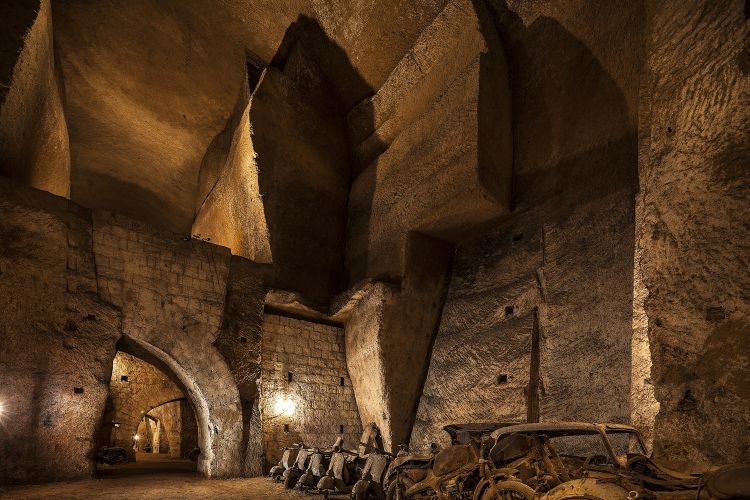
Bourbon Tunnel
NaplesThe Bourbon Tunnel (Galleria Borbonica), Tunnel Borbonico or Bourbon Gallery is an ancient underground passage that was constructed to connect the Royal Palace to military barracks in Naples. Presently the tunnels are open for tours, and contains decades of debris, including vintage cars and a disca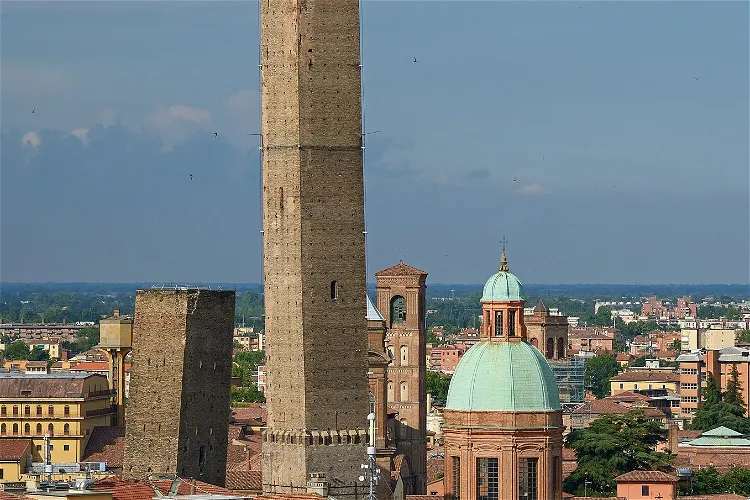
Asinelli Tower
BolognaAmong the many towers that were built, the Asinelli and Garisenda towers are the two most famous ones that still stand today. The Asinelli tower, the taller of the two, stands at a height of 97.6 meters. Originally, it was not more than 60 meters tall but was later extended. The Garisenda tower, on the other hand, measures 48 meters. It was originally 60 meters tall but was shortened in the 14th century due to the ground on which it was built giving way.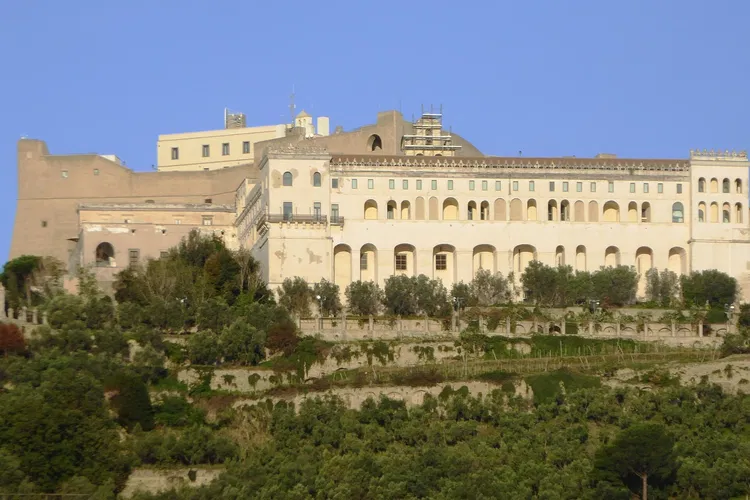
Castel Sant'Elmo
NaplesCastel Sant'Elmo is a medieval fortress that sits atop Vomero Hill, adjacent to the Certosa di San Martino, and offers a panoramic view of Naples, Italy. Its strategic location makes it a significant landmark in the city. The castle's name, 'Sant'Elmo', is derived from a 10th-century church dedicated to Sant'Erasmo, which was later shortened to 'Ermo' and then altered to 'Elmo'.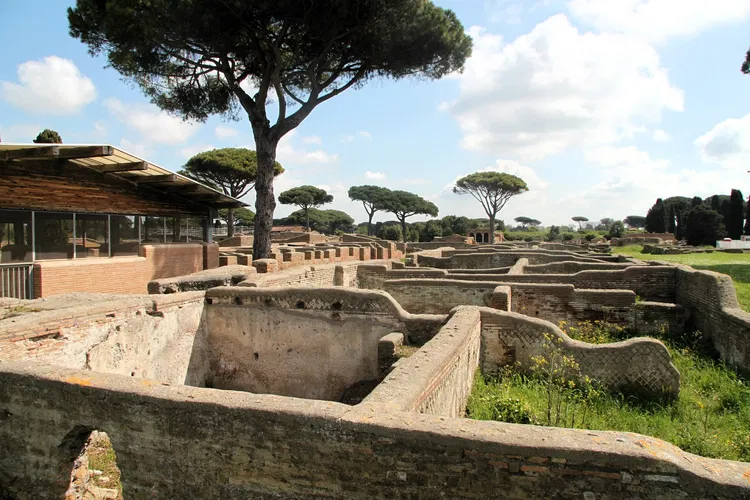
Archaeological Park of Ostia Antica
RomeOstia, located on the coast of the Tyrrhenian Sea in ancient Latium, Italy, was an important port city for ancient Rome and is believed to be one of its first colonies. This historical significance makes it a fascinating destination for those interested in the history of the Roman Empire.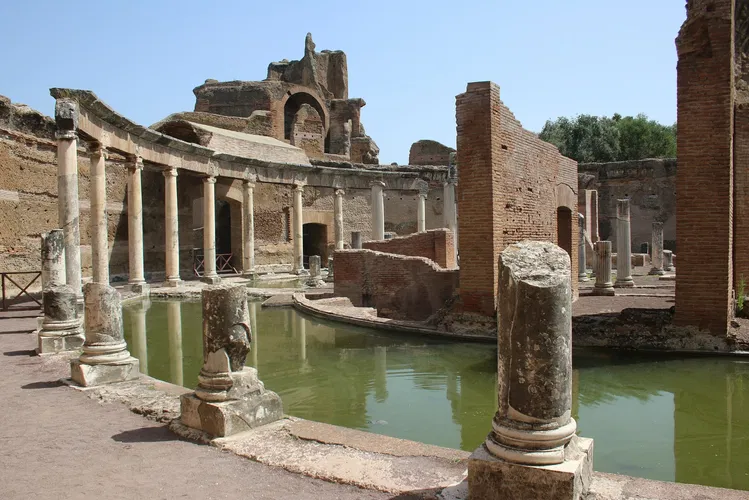
Hadrian's Villa
TivoliThe Ancient Roman villa was built in the second century by Hadrian - the emperor of Rome. He chose Tivoli as the spot for his villa because at that era it was a popular destination where rich Romans had their summer villas built. There are many Greek and Egyptian motives embedded in both its archi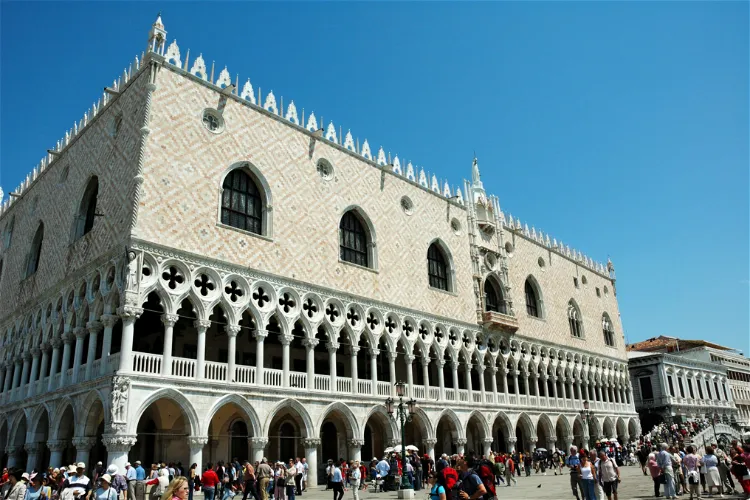
Doge's Palace
VeniceThe Doge's Palace, also known as Palazzo Ducale, is a significant historical building in Venice. It has served various functions throughout history, including as a government building, a courthouse, and the residence of the Doge, the ruler of Venice. Its architectural style is predominantly Gothic, and it is located next to St. Mark's Basilica in St. Mark's Square.
Museo di Castelvecchio
VeronaBuilt by the Scaliger family in the 14th century, this military castle once served as Verona's main defense point. It is a marvelous and functional gem of Gothic architecture which now houses a history museum. You can easily spend a few hours just wandering around and taking in the splendid views.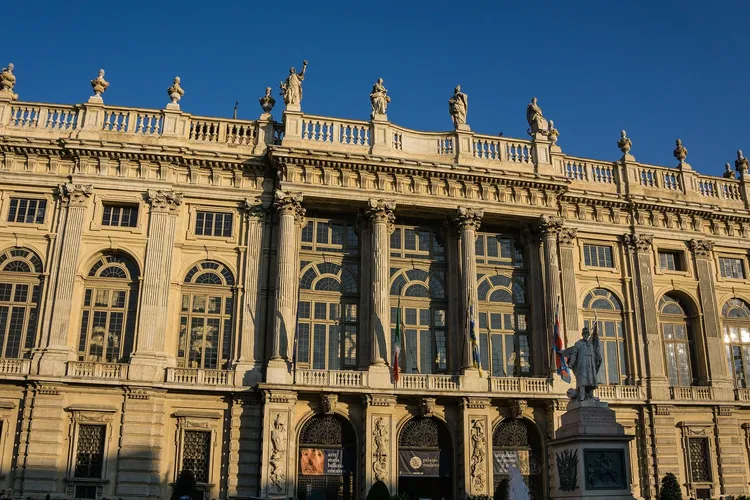
Palazzo Madama
TurinPalazzo Madama, located in Rome, is the building where the Senate of the Italian Republic is housed. This historic building is situated within the complex of streets known as the Trident. The history of the current Senate building began in the late 15th century, during the pontificate of Pope Sixtus IV, when Rome was transitioning from a medieval city to a modern one.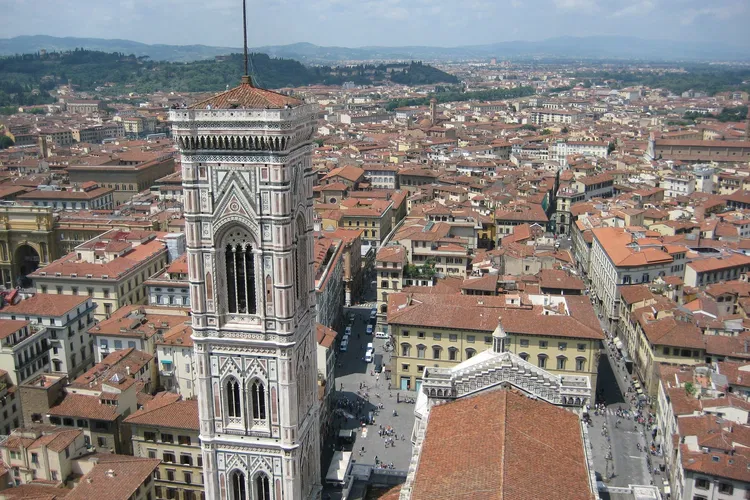
Giotto's Bell Tower
FlorenceGiotto's Bell Tower, located in Duomo Square in Florence, Italy, is a standalone bell tower that forms part of the complex complementing the Florence Cathedral. This architectural marvel is a significant part of Florence's Gothic architecture and is worth a visit for its rich plastic arts decoration and colorful marble plating.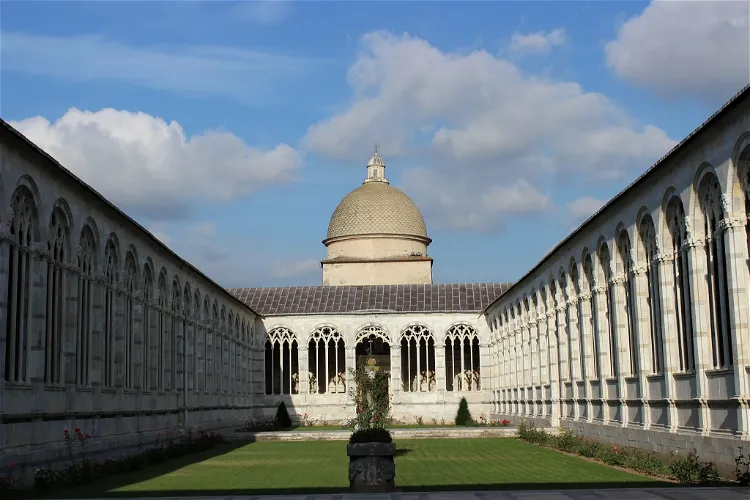
Camposanto
PisaLiterally "Holy Field", this peaceful cemetery holds the sacred soil from Golgotha. Built in the 13th century, it served as a burial place for wealthy Pisans. It is enveloped by beautiful arcades with many frescoes. Enjoy a tranquil stroll and marvel at imposing funerary monuments, historical sarcop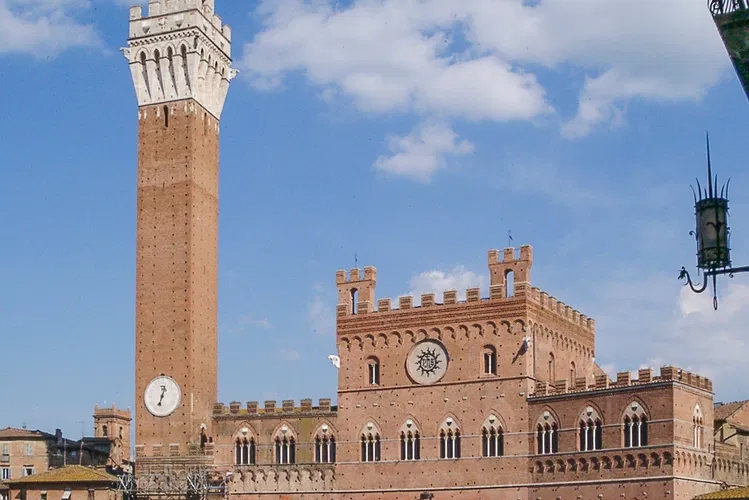
Palazzo Pubblico
SienaThe Palazzo Pubblico is a significant civil monument in Siena, with its construction dating back to the late 13th century and completion in the mid-14th century. The building is a prime example of Sienese Gothic architecture. It is situated at the lower end of the Piazza del Campo, Siena's central square, which is also the venue for the biannual Palio horse race.
Palazzo Grimani di Santa Maria Formosa
VeniceThe Palazzo Grimani of Santa Maria Formosa is a state museum situated in the Castello district of Venice, near Campo Santa Maria Formosa. It can be accessed by land from Ruga Giuffa. The water entry, which was frequently used in ancient times, is located on the San Severo canal.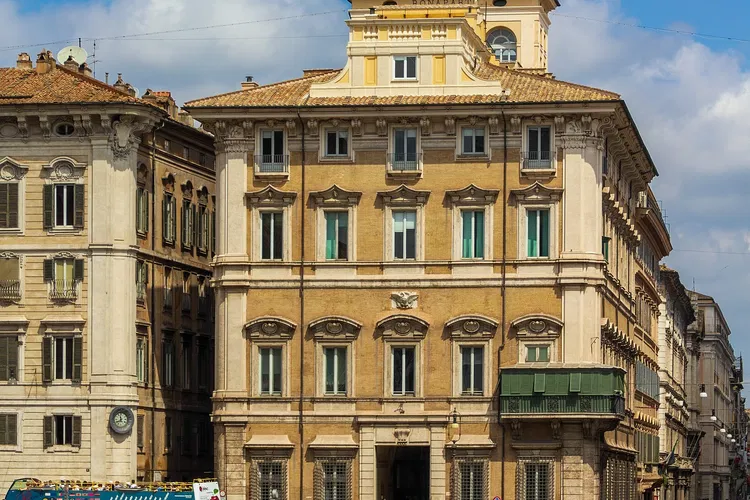
Bonaparte Palace
RomeThe Palazzo Bonaparte, previously known as D'Aste Rinuccini, is a historical palace located in the Pigna district of Rome, with a view overlooking Piazza Venezia. This location offers visitors a chance to experience the rich history of Rome, while also enjoying the bustling atmosphere of the Piazza Venezia.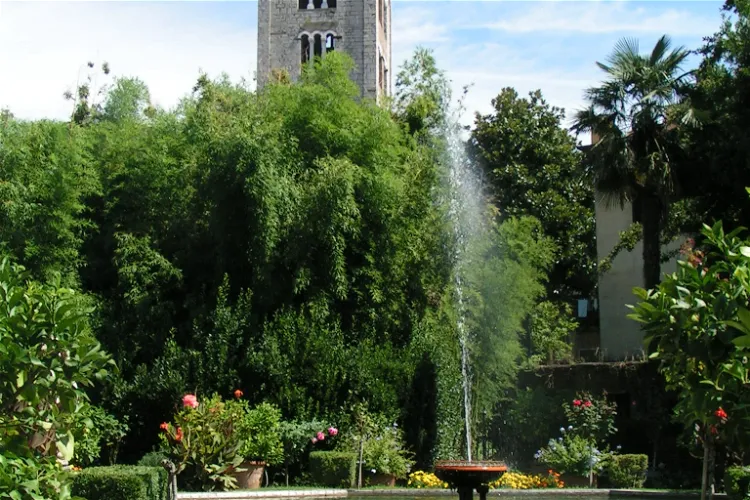
Palazzo Pfanner
LuccaThe Pfanner Palace, also known as the Controni-Pfanner Palace, is a palace located in the city of Lucca in Tuscany, on the edge of its fortified enclosure, the Mura di Lucca. It can be accessed via 33, Via degli Asili. This palace is a significant part of Lucca's architectural heritage and offers a glimpse into the city's rich history.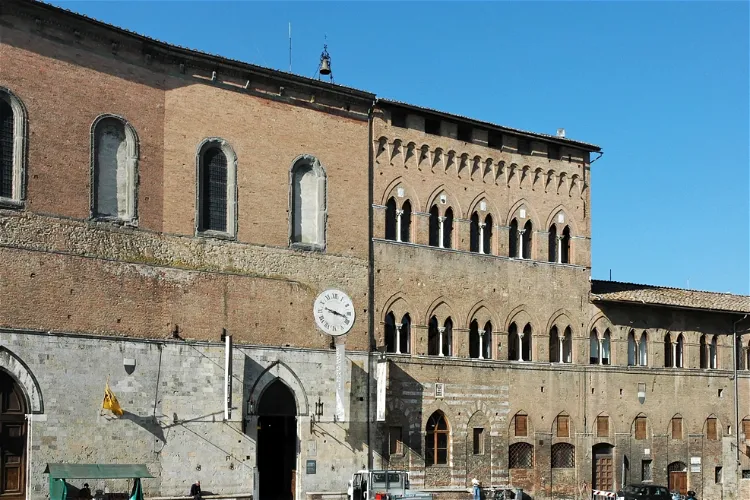
Santa Maria della Scala, Siena
SienaThe Santa Maria della Scala museum complex is a collection of museums in Siena, Italy. These museums are located within the Santa Maria della Scala Hospital, which is accessible from the forecourt of the Duomo. This location makes it a convenient stop for tourists visiting the Duomo and looking to explore more of Siena's rich history and culture.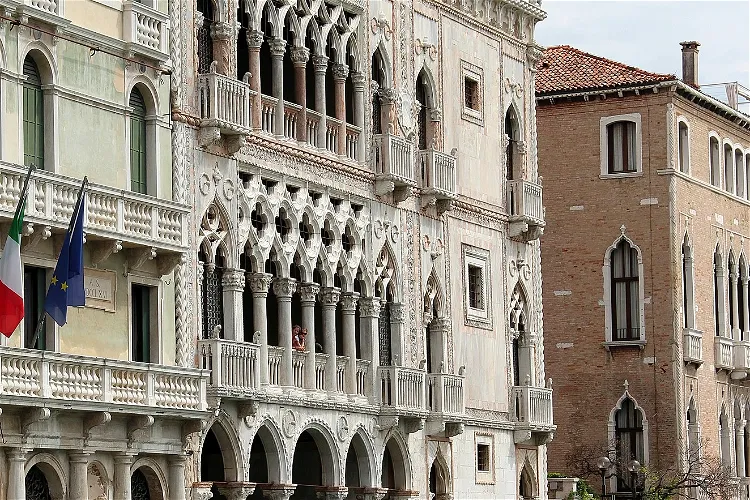
Galleria Giorgio Franchetti alla Ca' d'Oro
VeniceSince 1927, the Ca' d'Oro has been functioning as a museum, known as the Galleria Giorgio Franchetti. The palace is considered a prime example of Venetian Gothic architecture, making it a significant site for those interested in architectural history.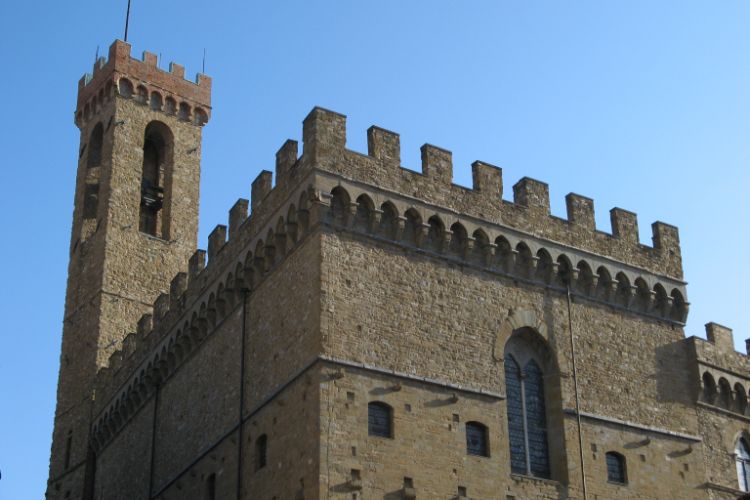
Museo Nazionale del Bargello
FlorenceMuseo Nazionale del Bargello is a museum in Florence that is housed in a 13th-century palace which is the oldest public building in Florence. It opened as a national museum in 1865 after it was used as barracks, a prison, and finally the residence of the Bargello, the head of the police. The art gal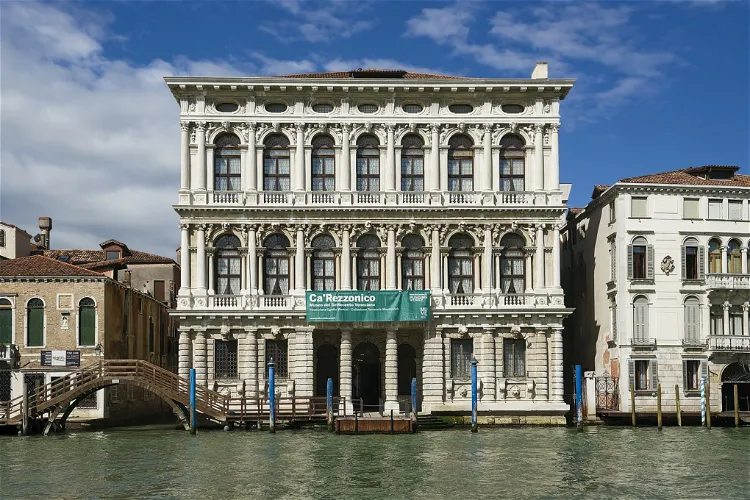
Ca' Rezzonico
VeniceCa' Rezzonico is a palace situated on the Grand Canal in Venice. It is located at the point where the canal connects with the Rio di San Barnaba. This location offers a unique view of the city's waterways, making it a fascinating spot for visitors.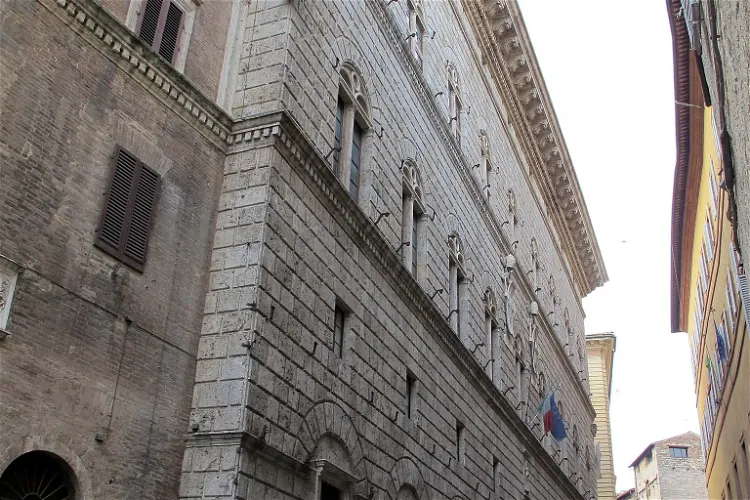
Piccolomini Palace
SienaThe Palazzo Piccolomini, also known as Palazzo Todeschini Piccolomini, is a Renaissance-style city palace located in Siena. This grand structure served as the main residence of the Piccolomini noble family. Its architectural style and historical significance make it a notable point of interest for visitors to the city.
Villa Necchi Campiglio
MilanVilla Necchi Campiglio is a villa in Milan that was built in the 1930s, where visitors can discover the way of living for the upper class in the 20th century. Tours in several languages are held in the Villa Necchi Campiglio. Check the specific times on the official website.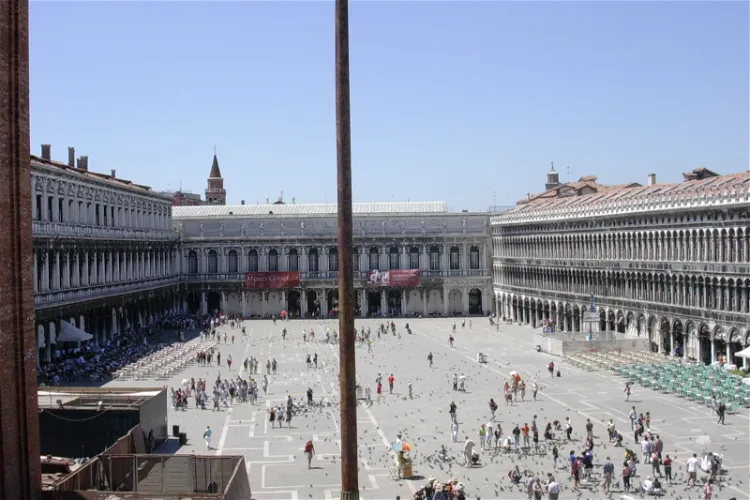
Correr Museum
VeniceThe Correr Museum, also known as Museo Correr, is a municipal museum situated in Venice, Italy. It is strategically located on St. Mark's Square, facing the basilica that shares the same name. This location makes it easily accessible and a central point of interest for tourists exploring the city.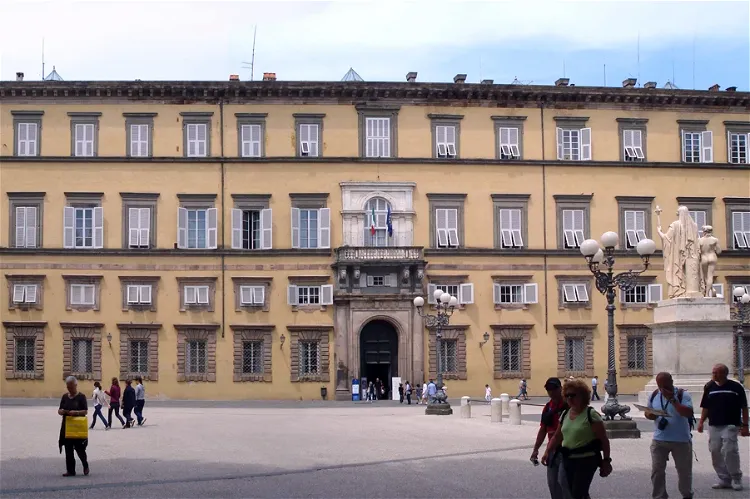
Ducal Palace Lucca
LuccaThe Ducal Palace of Lucca, also known as the Palace of the Province, is a significant historical site located in Napoleon Square. Over the years, it has been known by several names, including the Palace of the Illustrious Lords and the Main Palace of the Republic of Lucca. This reflects its varied history and the different roles it has played in the governance of the city.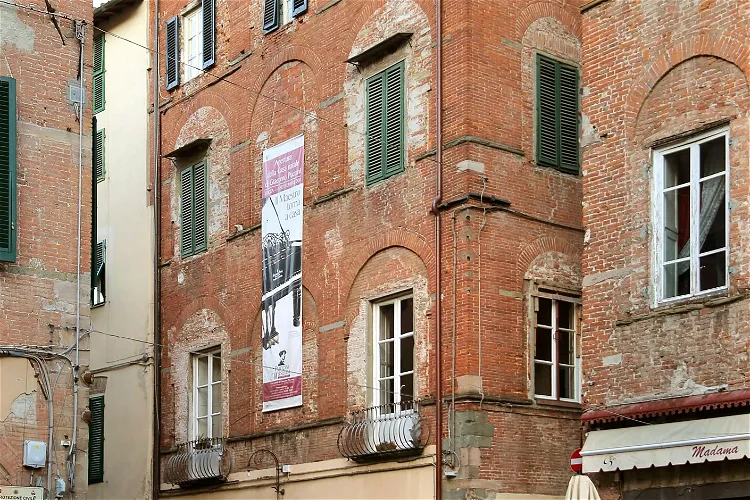
Puccini Museum
LuccaThe Puccini Museum is situated in the birthplace of the renowned composer Giacomo Puccini in Lucca. This historic site, where Puccini was born on December 22, 1858, offers a unique insight into the life and work of the composer. The Puccini family had settled in this house in 1815, and Puccini himself lived here until 1880 when he moved to Milan to complete his studies.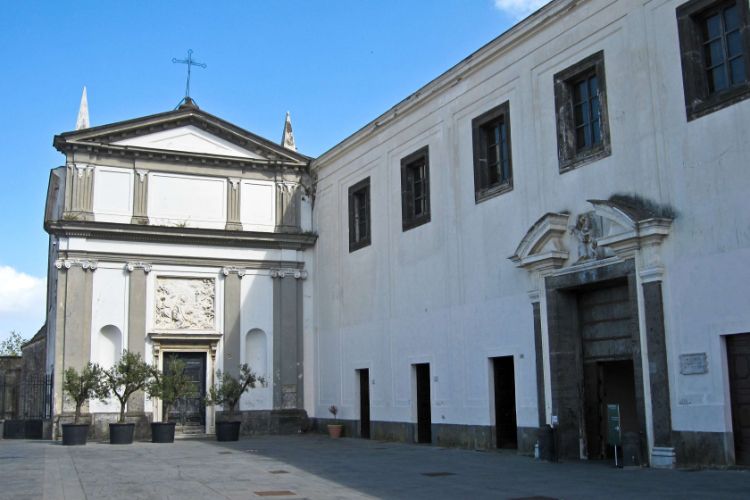
Certosa e Museo di San Martino Napoli
NaplesCertosa e Museo di San Martino Napoli (Charterhouse of St. Martin) is a museum in Naples and is a former monastery complex on top of the Vomero hill. The museum houses collections of Spanish and Bourbon era artifacts, as well as displays of the presepe (Nativity scene) that is considered to be one o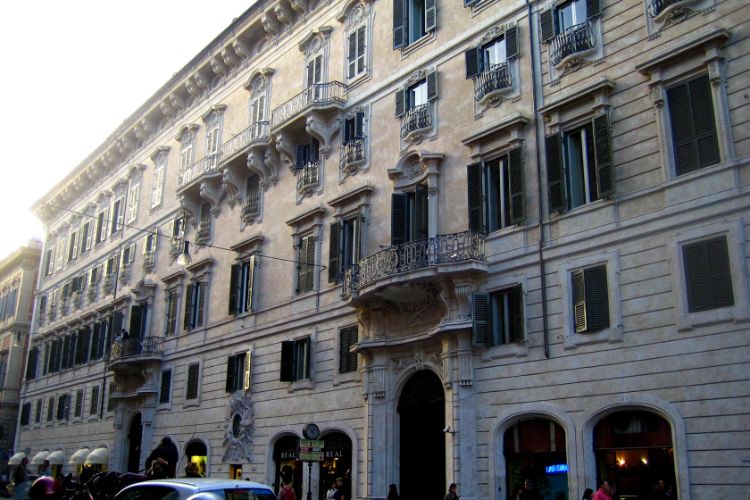
Galleria Doria Pamphilj
RomeThe Galleria Doria Pamphilj is a museum in Rome, housed in the Palazzo Doria Pamphilj, the palace of the Doria family (who still lives there), which could very well be the largest in Rome still in private ownership. The museum mainly exhibits paintings. However the collection contains paintings, fur
Castel Sismondo
RiminiLocated in Rimini, Romagna, in northern Italy, Castel Sismondo is a historical castle with only the central part of the structure still standing. This central nucleus is a testament to the castle's past and offers a glimpse into its historical significance.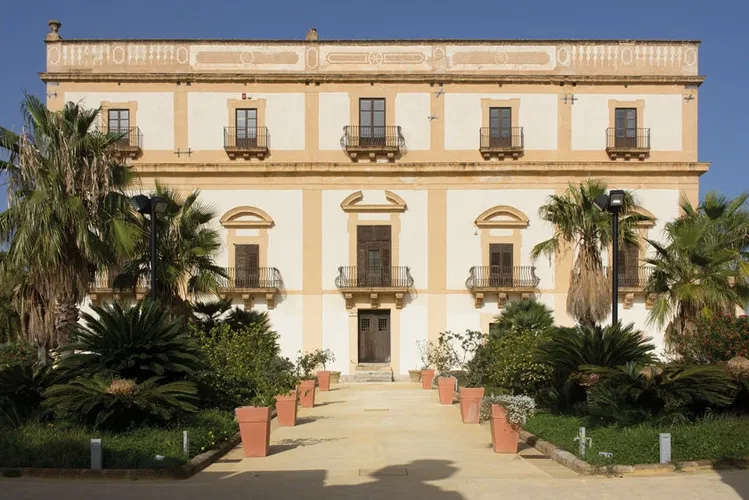
Museo Guttuso - Villa Cattolica
BagheriaThe Guttuso Museum, named after the renowned artist Renato Guttuso, is situated in the city of Bagheria, within the metropolitan city of Palermo. The museum is housed in the Villa Cattolica, a historic building located on the outskirts of the city. This location provides a serene and picturesque setting for the museum, enhancing the overall experience for visitors.- 28
Benedictine Monastery of San Nicolò l'Arena
CataniaInscribed in the UNESCO World Heritage List, this monastery is a must-see! Visit the church, ancient Roman house and the museum of art, too. 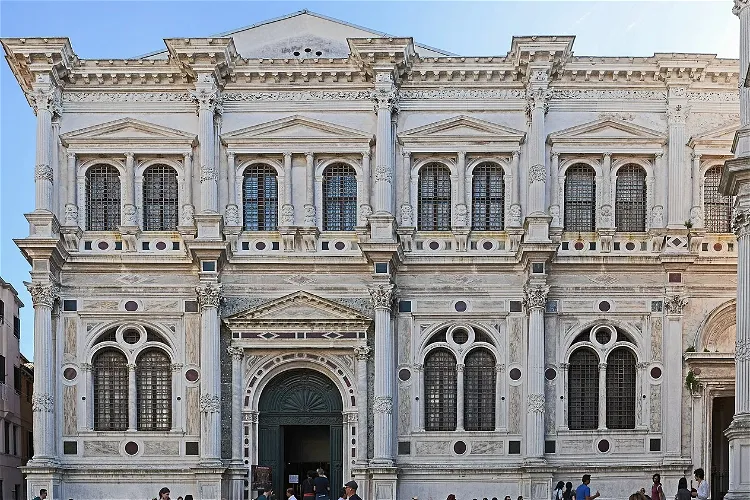
Scuola Grande di San Rocco
VeniceThe Scuola Grande di San Rocco is a significant building located in Venice, Italy. It is particularly renowned for its extensive collection of paintings by the artist Tintoretto. These works are generally considered to be some of his finest, making the Scuola Grande di San Rocco a notable destination for art enthusiasts.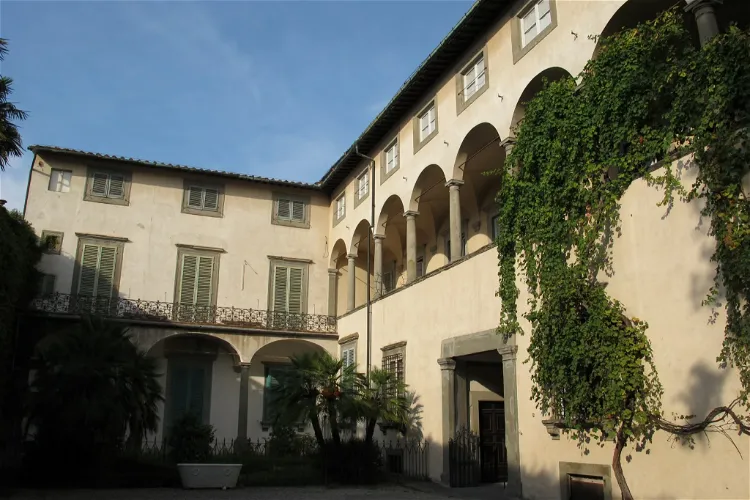
Museo Nazionale di Palazzo Mansi
LuccaThe Museo di Palazzo Mansi, situated in the heart of Lucca, is home to a significant national art gallery. This museum offers a unique opportunity to explore a wide range of artworks, making it a worthwhile destination for art enthusiasts.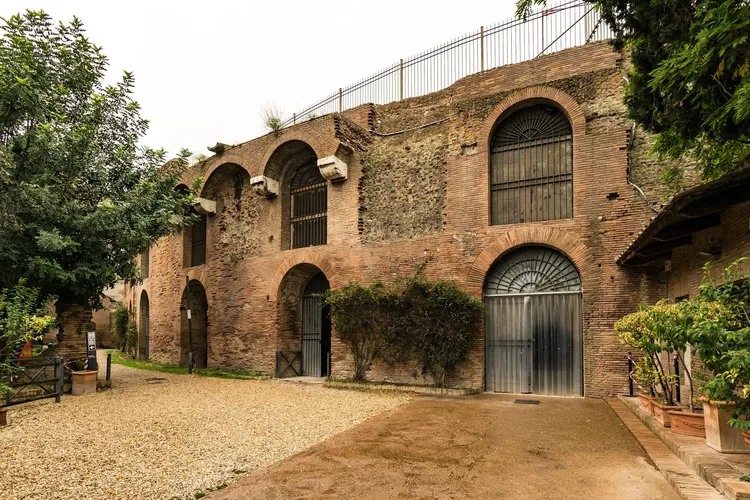
Domus Aurea
RomeThe Domus Aurea, literally translated as the 'House of Gold', was a grand palace constructed by Emperor Nero on the Oppian Hill in the heart of ancient Rome. This construction was initiated after the great fire of 64 AD. The palace was a symbol of opulence and extravagance, with its luxurious inlays of gold, precious stones, and ivory.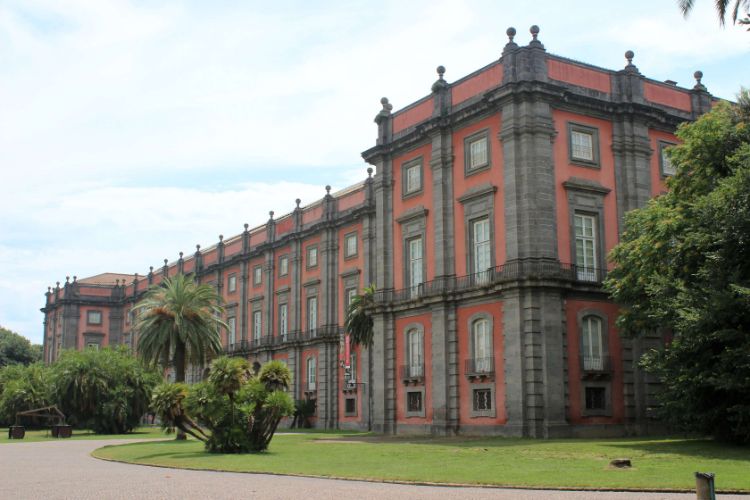
Museo Nazionale di Capodimonte
NaplesMuseo nazionale di Capodimonte (The National Museum of Capodimonte) houses galleries of ancient art, one of contemporary art and a historic apartment. The collection mainly consists of paintings, from two main collections, namely the Farnese collection, which includes Italian as well as internationa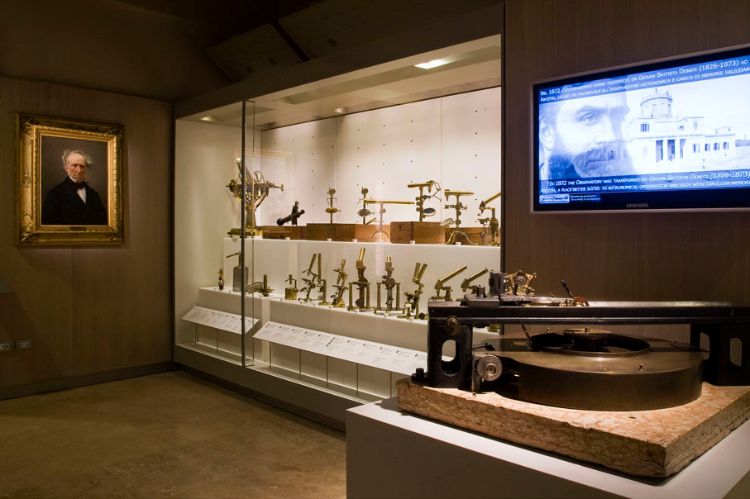
Museo Galileo
FlorenceMuseo Galileo is a museum in Florence where visitors can learn about the history of science. Housed in Palazzo Castellani, the museum boasts a great collection of scientific instruments from the Medici Collection dating back to the 15th century. The permanent exhibition is devoted to Galileo, even G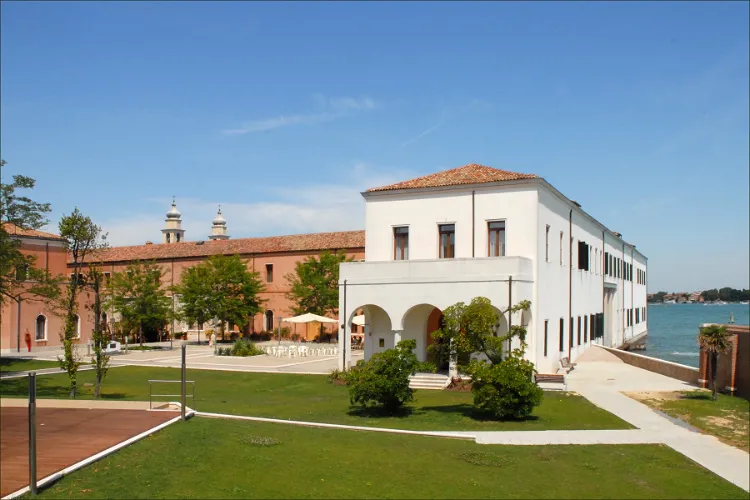
Museo del Manicomio
VeniceLearn about the history of the psychiatric hospital in this interesting museum full of sometimes shocking artefacts. The asylum was first opened in the first half of the 18th century and it remained fully functional till the second half of the 20th century. In 2006 it opened as a museum.
National Museum of Villa Guinigi
LuccaThe Museo Nazionale di Villa Guinigi is housed in a villa, one of the oldest and most prestigious buildings in the city. This villa was commissioned by Paolo Guinigi, who was the lord of Lucca from 1400 to 1430. The construction began in 1413 by craftsmen from northern Italy, and the villa was intended to be Guinigi's 'residence of delights'.
Casa Romana Spoleto
SpoletoThe Casa Romana di Spoleto is a noble house that dates back to the beginning of the 1st century AD. It was discovered by the archaeologist Giuseppe Sordini between the years 1885 and 1886. The house was excavated several times until 1914, revealing its historical significance and architectural beauty.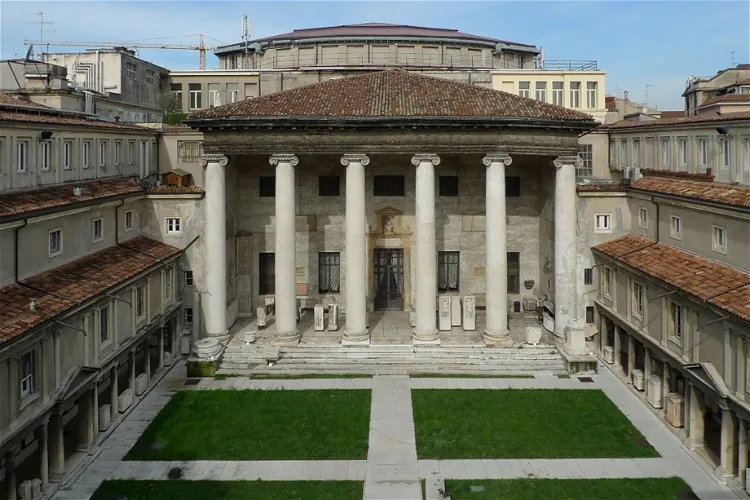
Museo Lapidario Maffeiano
VeronaHoused in a majestic historical building, this one of the oldest lapidary museums in Europe. Its collection includes a number of antique gravestones with intriguing inscriptions, as well as historical urns.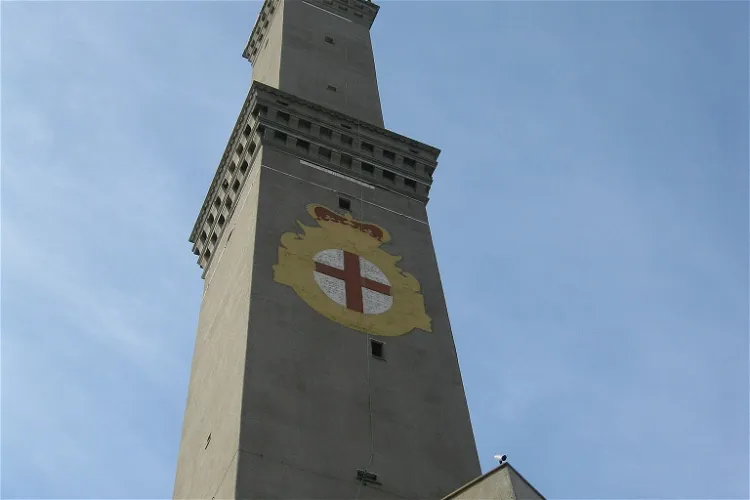
Lighthouse of Genoa
GenoaThe Lighthouse of Genoa, also commonly referred to as the Lantern ("Lanterna"), is a significant landmark situated in the port of Genoa, Italy. This historic lighthouse was constructed and equipped with lighting in the year 1543, making it a symbol of the city's rich maritime history.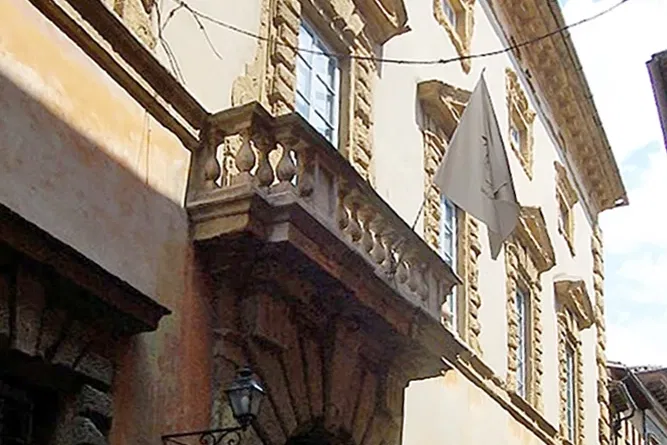
Viti Palace
VolterraThis palace is well-hidden but totally worth searching for. A former home of alabaster trader now turned into a museum.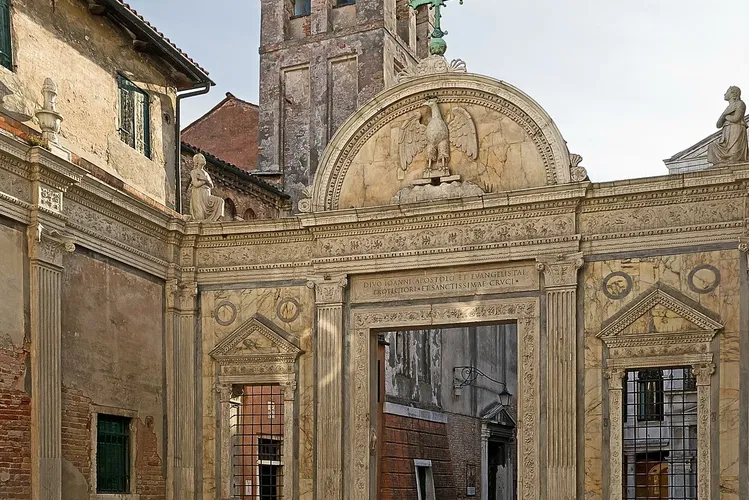
Scuola Grande di San Giovanni Evangelista
VeniceThe Scuola Grande di San Giovanni Evangelista is a fine example of Venetian early Renaissance architecture. The buildings were reconstructed around 1480, and their design reflects the aesthetic principles of the period. Visitors can appreciate the architectural details, such as the fluted pilasters and the entrance portal, which is thought to have been designed by Mauro Codussi or Pietro Lombardo.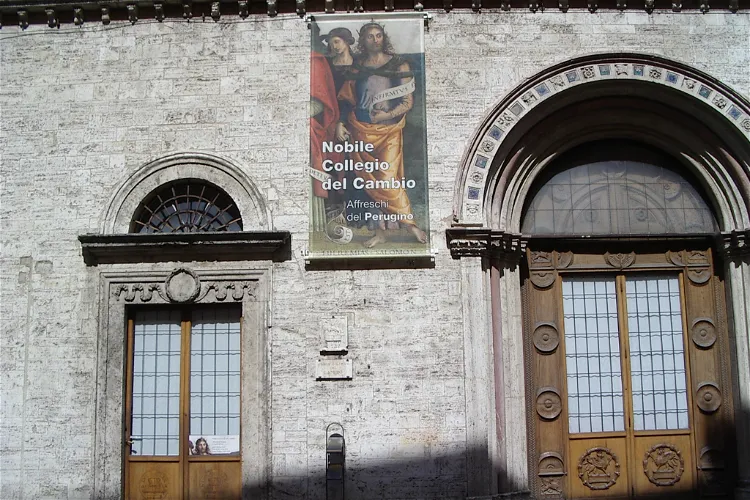
Collegio del Cambio
PerugiaThe Nobile Collegio del Cambio is a significant part of the Palazzo dei Priori in Perugia. It is renowned for the Sala delle Udienze, a room adorned with frescoes by the famous Italian painter Perugino. This historical site offers a unique glimpse into the artistic and architectural heritage of the region.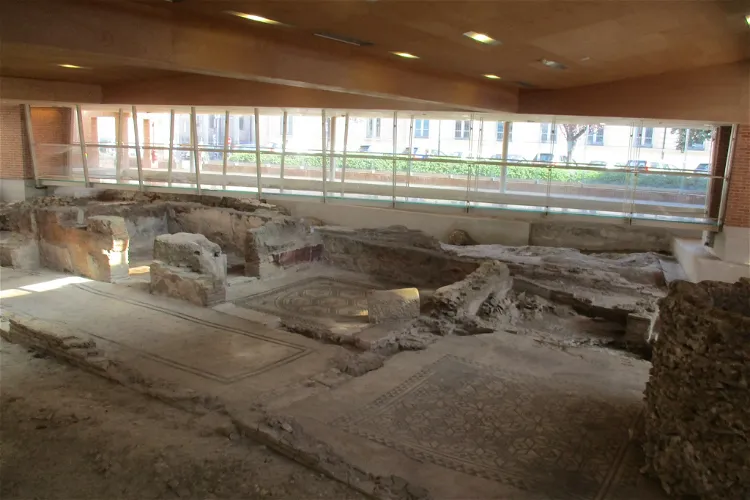
Domus del Chirurgo
RiminiLa domus del chirurgo, located in Piazza Luigi Ferrari in Rimini, is a Roman house dating back to the second half of the 2nd century. Discovered in 1989, it was opened to the public on December 7, 2007. This archaeological site provides a unique opportunity to explore the historical and architectural evolution of the city from the 1st century BC to the modern era.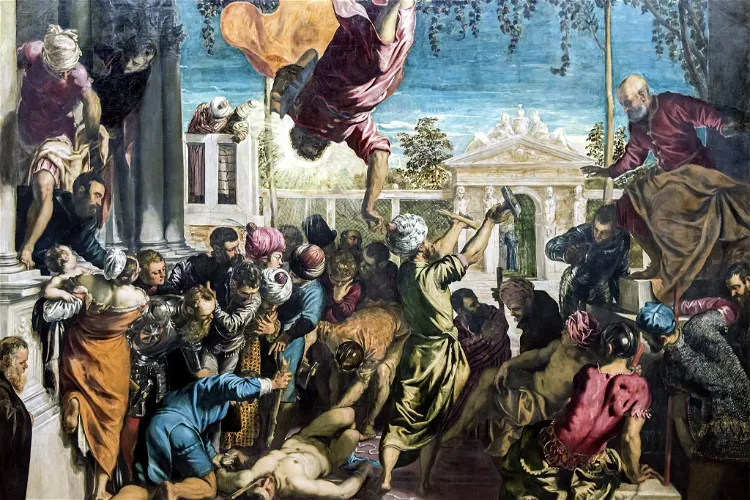
Scuola Grande di San Marco
VeniceThe Scuola Grande di San Marco is a significant architectural landmark in Venice, Italy. It was designed by renowned Venetian architects Pietro Lombardo, Mauro Codussi, and Bartolomeo Bon. This historical building showcases the architectural prowess of these masters and offers a glimpse into the rich history of Venetian architecture.- Online discount!
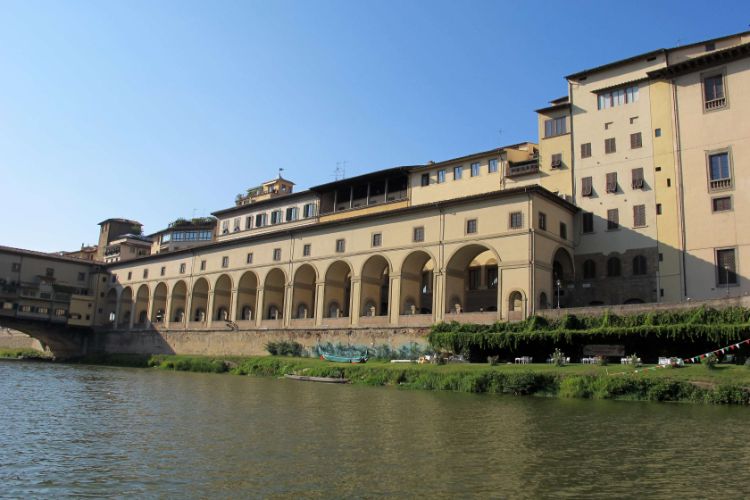
Vasari Corridor
FlorenceThe Vasari Corridor in Florence is an enclosed passageway that was built in 1565 by Cosimo I de' Medici. Linking the Palazzo Pitti and the Palazzo Vecchio, this corridor is decorated with paintings by Raphael, Bernini, Rubens, and Rembrandt. There are windows in the middle of Ponte Vecchio that off 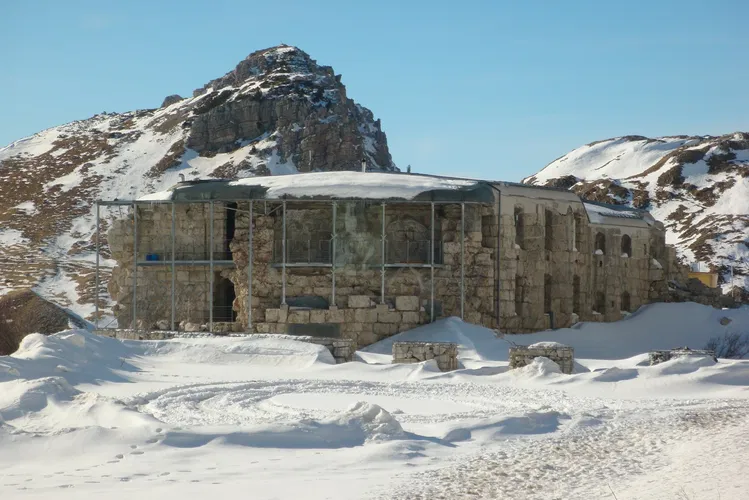
Forte Tre Sassi
Cortina d'AmpezzoThe Tre Sassi fort is a historical fortress and museum located on the road to the Passo di Valparola, within the municipality of Cortina d'Ampezzo in the southern Dolomitic Alps of the Veneto region in Northern Italy. This location offers visitors a unique opportunity to explore a significant historical site while also enjoying the stunning natural beauty of the surrounding alpine landscape.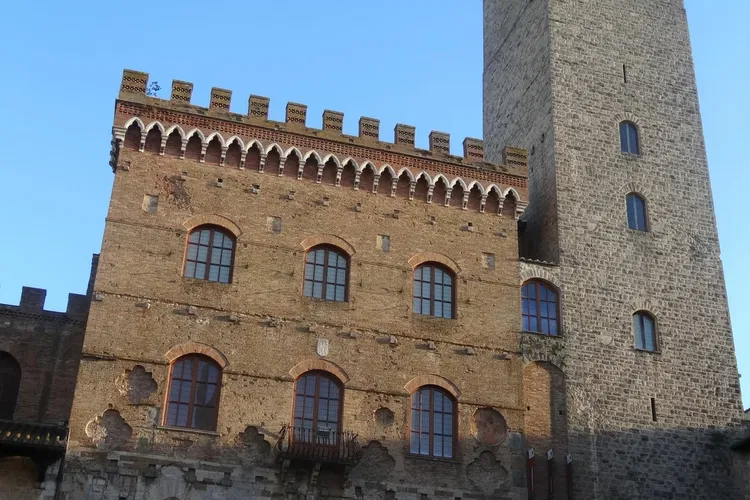
Palazzo Comunale, San Gimignano
San GimignanoThe Palazzo Comunale of San Gimignano, also known as Palazzo del Popolo, is a significant historical site in the city. It has been the seat of civic authority in San Gimignano, Tuscany since the 13th century. This building is a testament to the city's rich history and its role in the governance of the region. It is located near the Piazza del Duomo, adding to its prominence in the city's layout.
Foro Romano e Collezione Archeologica
AssisiThe Civic Museum and Roman Forum of Assisi offers a unique opportunity to explore the remnants of the ancient Roman forum of the town. In addition to this, the museum houses a collection of archaeological objects that are relevant to the history of the region. These artifacts provide a glimpse into the past, shedding light on the cultural and historical significance of Assisi during the Roman era.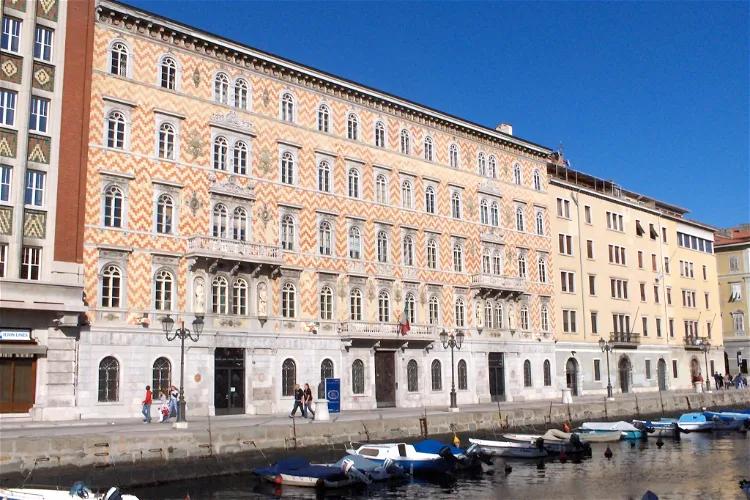
Civico Museo Teatrale Fondazione Carlo Schmidl
TriestThe Civico Museo Teatrale Carlo Schmidl is conveniently located in the city center of Trieste, at Borgo Teresiano, on the banks of the Grand Canal. This central location makes it easily accessible for tourists visiting the city. The museum is housed in the Gopcevich Palace, a building of considerable architectural interest.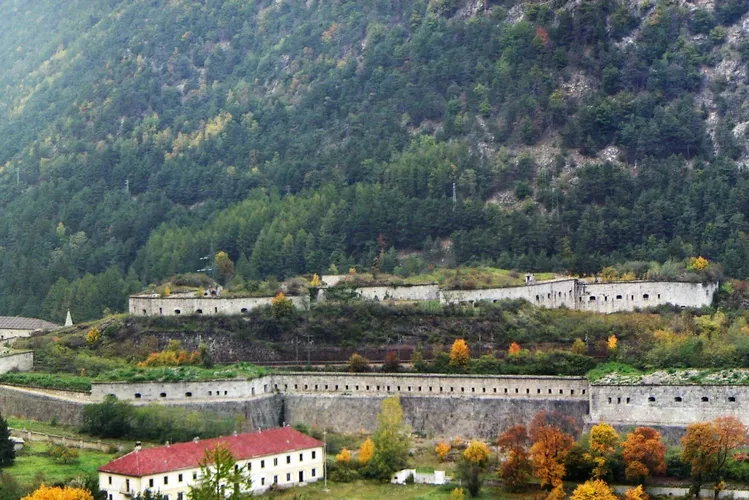
Franzensfeste Fortress
FortezzaFranzensfeste Fortress, a significant historical site, is situated in the municipality of Franzensfeste in South Tyrol, Italy. The fortress was constructed between the years 1833 and 1838 under the reign of Emperor Ferdinand I. It was named in honor of Emperor Franz I of Austria, who was the reigning monarch during the planning phase of the fortress.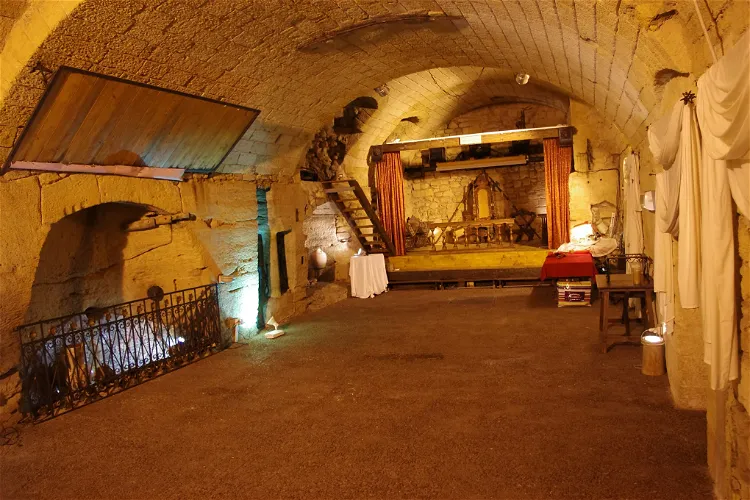
Spartan Museum of Taranto - Hypogeum Bellacicco
TarantoThe Spartan Museum of Taranto, also known as Hypogeum Bellacicco, is situated in the heart of the Old Town of Taranto, Puglia. Specifically, it is located at Corso Vittorio Emanuele II 39. This location is easily accessible and is surrounded by other historical and cultural sites, making it a convenient stop for tourists exploring the area.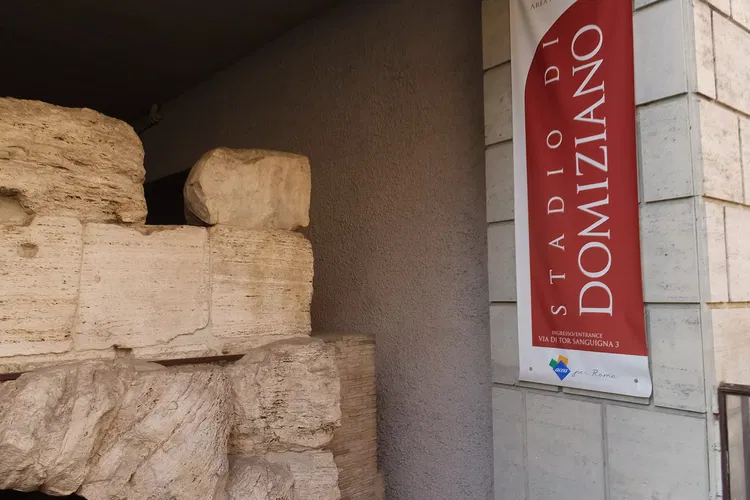
The Stadium of Domitian
RomeThe Stadium of Domitian, also known as the Circus Agonalis, is a significant historical site located to the north of the Campus Martius in Rome, Italy. This ancient stadium was commissioned around AD 80 by Emperor Titus Flavius Domitianus as a gift to the people of Rome and was primarily used for athletic contests. Today, it stands as a testament to Rome's rich history and architectural prowess.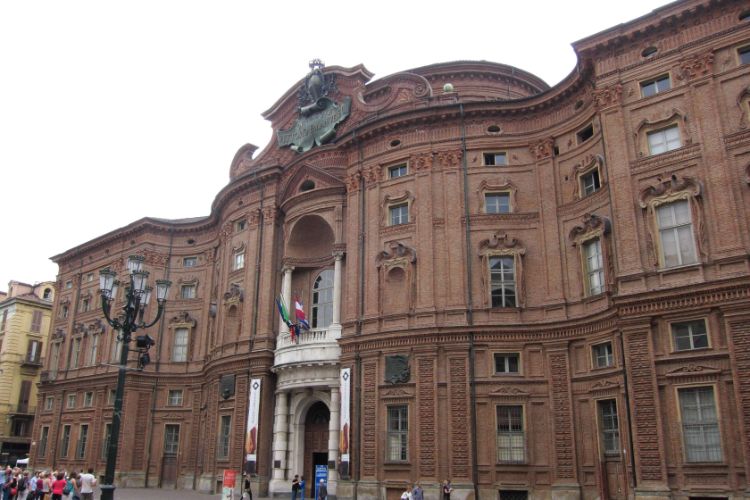
Museo Nazionale del Risorgimento
TurinThe Museo nazionale del Risorgimento italiano (National Museum of the Italian Risorgimento) is housed in the Palazzo Carignano in Turin. The museum is the first, the biggest and the most important among the Risorgimento museums in Italy. The museum holds a collection that includes weapons, flags, un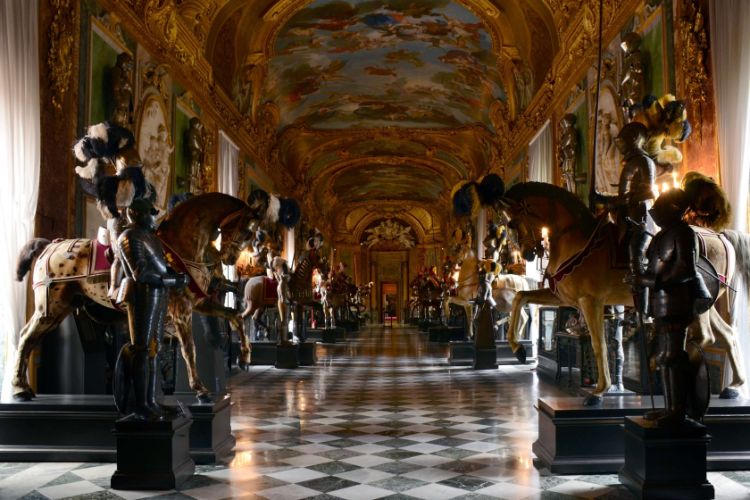
Royal Armoury of Turin
TurinThe Royal Armoury of Turin (Armeria Reale) is one of the world’s most important collections of arms and armour. The collection is formed by the Savoy family, a royal family that was established in 1003 in the historical Savoy region. Highlights in the collection the museum holds include: the sword o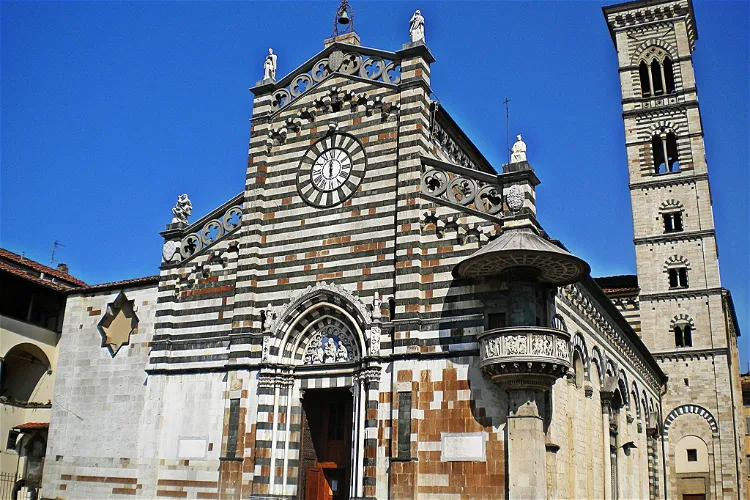
Museo dell'Opera dell Duomo
PratoThe museum's collection is organized as a diocesan museum. In 1980, the vaults beneath the cathedral's transept were incorporated into the museum's space. Further areas were added between 1993 and 1996, culminating in a comprehensive itinerary that takes visitors through various sections of the museum. This journey includes rooms in the old Palazo dei Proposti, around the harmonious Romanesque cloister, and concludes under the cathedral.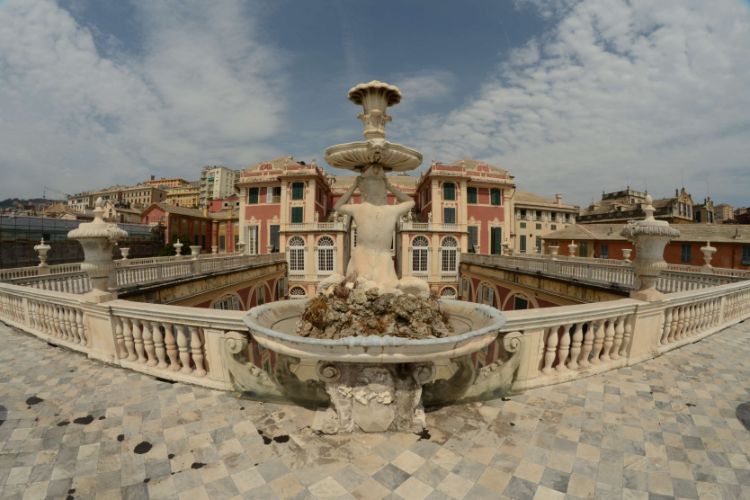
Royal Palace Museum
GenoaThe Palazzo Reale or Palazzo Stefano Balbi is the Royal Palace in Genoa and is one of the major historic buildings in Genoa. It is a museum complex consisting of the historic residence, the adjoining garden and the art gallery, the gallery of the Royal Palace, which is one of the main galleries in t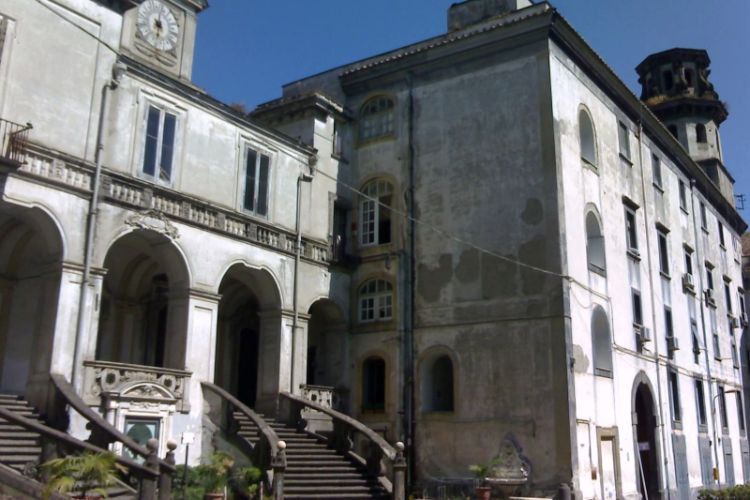
Farmacia Storica degli Incurabili
NaplesThe Ospedale degli Incurabili (Hospital for the Incurables) or Complesso degli Incurabili is an ancient hospital complex in Naples. Part of the complex, including the pharmacy, are now the Museo delle arti sanitarie of Naples. The museum exhibits archival documents, furnishings, silverware, sculptur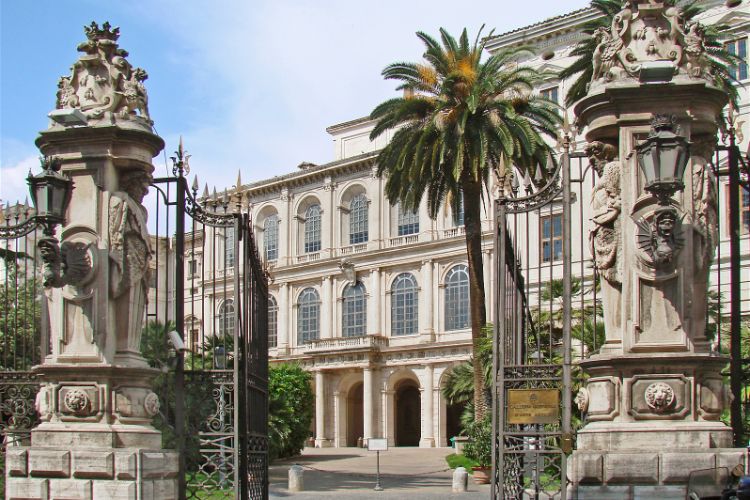
Palazzo Barberini
RomeThe Palazzo Barberini is a Renaissance palace that is the joint work of three of the most admired architects of the era - Bernini, Borromini and Maderno. The interior boasts splendid works of art, too. You can find paintings by masters like Tizian or Caravaggio here, as well as the famous "La Fornar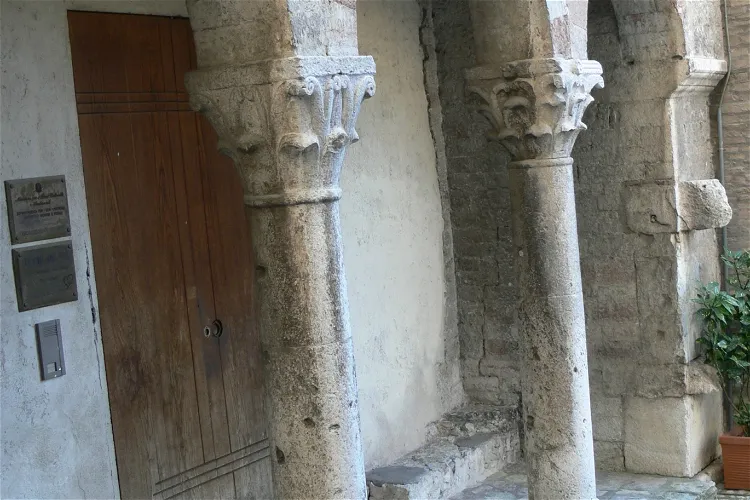
Museo archeologico nazionale e Teatro romano di Spoleto
SpoletoThe National Archaeological Museum of Spoleto is an Italian state museum that is situated within the monumental complex of Sant'Agata in Spoleto. Since December 2014, the museum has been managed by the Umbria Museum Pole, which became the Regional Museum Directorate in December 2019. This museum is a significant cultural institution that houses a vast collection of archaeological artifacts.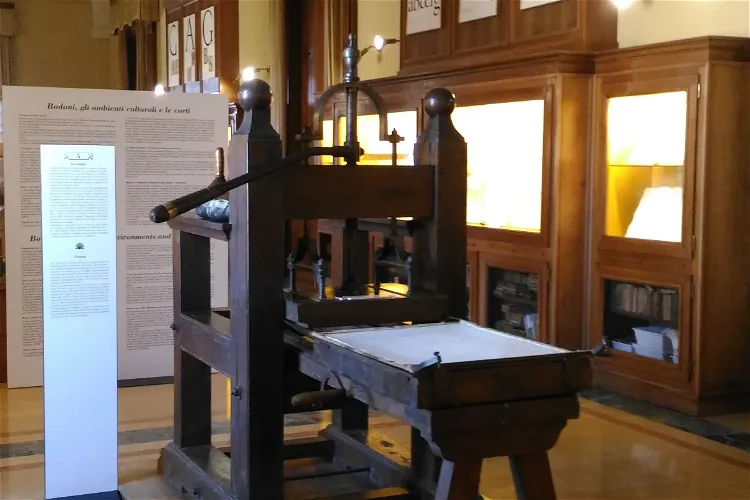
Bodoni Museum
ParmaThe Bodoni Museum, also known as Museo Bodoni, is situated within the Palazzo della Pilotta in Parma. This museum is dedicated to the life and works of Giambattista Bodoni (1740-1813), a renowned Italian typographer, type-designer, compositor, printer and publisher.
Castello Rametz - Wine Museum
MeranoToday, the Schloss Rametz castle complex is home to a winery, a wine museum, and a bacon museum. These establishments offer visitors a chance to explore the region's rich culinary and viticultural history. The wine museum showcases the history of wine production in the area, while the bacon museum provides insights into the local tradition of bacon production.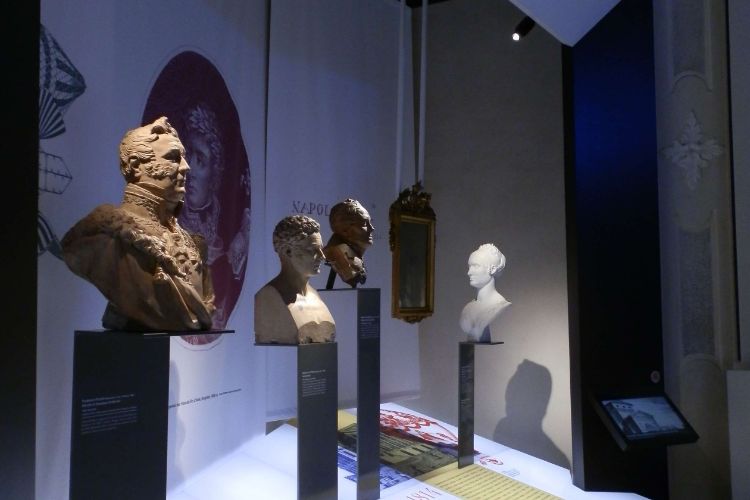
Museum of the History of Bologna
BolognaThe Museum of the History of Bologna (Museo della Storia di Bologna) is a museum in Bologna that is housed in The Palazzo Pepoli Vecchio, a Medieval Gothic-style palace. In the museum visitors learn more about the history of Bologna. The interactive museum covers the period from the Etruscans to th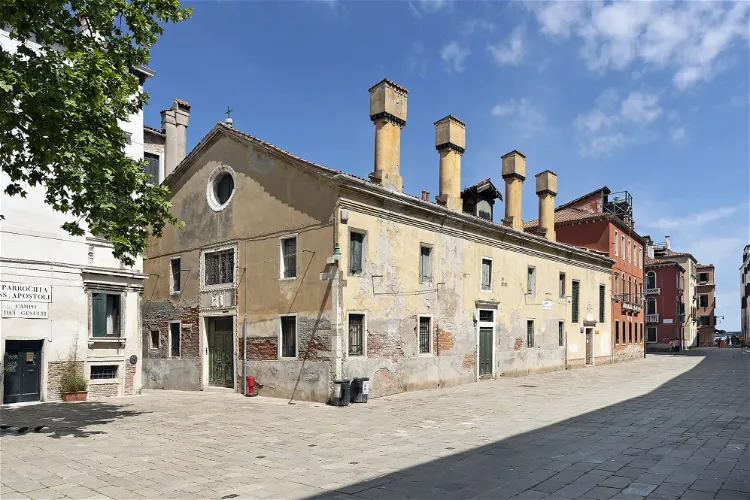
Oratory of the Cross Bearers
VeniceThe Oratory of the Cross Bearers, located in the Cannaregio district of Venice, is a small museum that houses significant paintings by Jacopo Palma the Younger. This museum is a great place for art lovers to explore and appreciate the works of this renowned artist.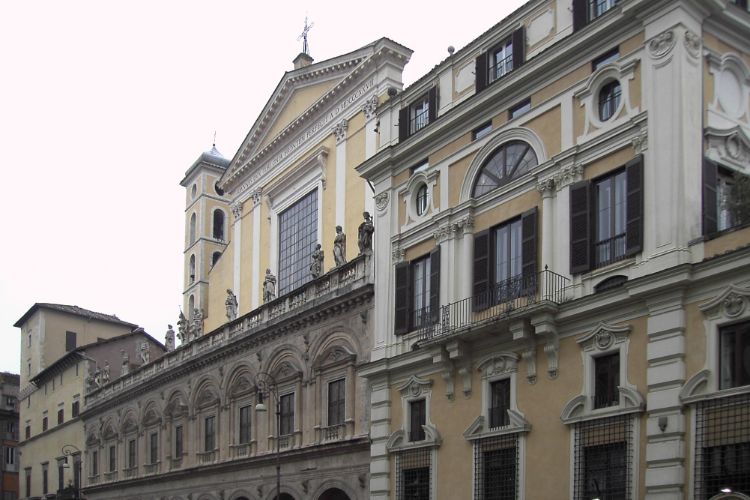
Galleria Colonna
RomeGalleria Colonna is a museum in Rome that is housed in the Palazzo Colonna that was built in the 15th century by Pope Martinus V member of the noble Colonna family. The Galleria Colonna holds and exhibits a collection of art that includes works by Titian, Guercino, Reni, Bronzino (Venus, Cupid), Jac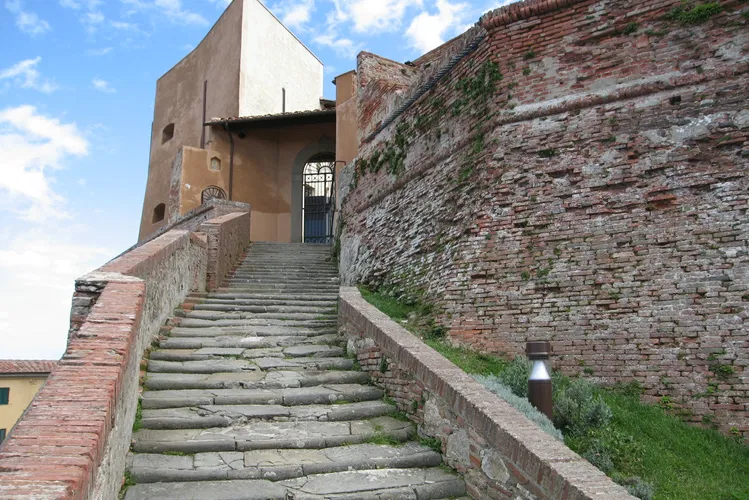
Vicari Castle
LariThe natural dominant of the landscape dates back to the 13th century. Climb the hill, explore the courtyard and visit the exhibitions.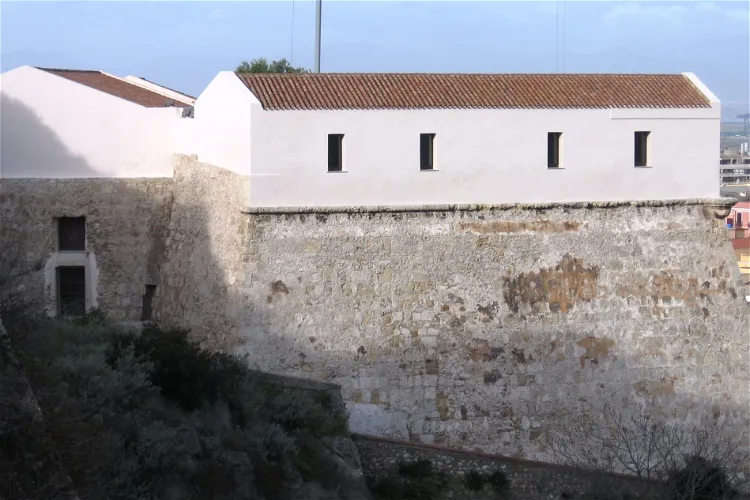
Il Ghetto
CagliariIl Ghetto in Cagliari, often inaccurately referred to as the Jewish Ghetto, is a historic building located in the city of Cagliari. It is situated on the bastion of Santa Croce, between the street of the same name and the New Way, with an entrance on Santa Croce Street. The building overlooks the walls of the Castello district. Today, it serves as a cultural and museum center, offering visitors a glimpse into the city's rich history.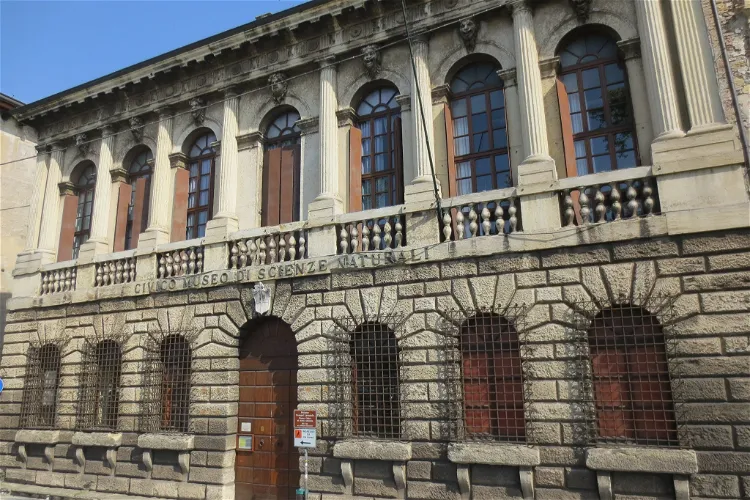
Natural History Museum
VeronaLocated in a majestic historical palace, this museum exhibits several private collections, originally owned by the city's nobilities. You can explore for example Italian fauna or prehistoric artifacts found in the area.- 67
SanGimignano1300
San GimignanoSanGimignano1300 is a museum that combines art and history, nestled in the heart of the ancient city of San Gimignano. The museum was officially opened to the public in February 2010, offering visitors a unique insight into the rich history and artistic heritage of the region. 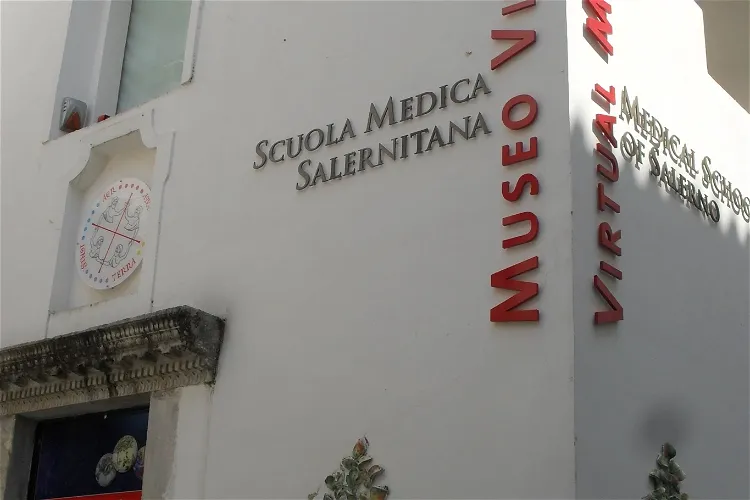
Virtual Museum of Salerno's Medical School
SalernoThe Virtual Museum of the Salerno Medical School is situated in the heart of Salerno's historic center, at Via dei Mercanti 74. This location is not far from the city's Cathedral, making it easily accessible for tourists exploring the area. The museum is housed in a building that was once the Church of San Gregorio, built during Salerno's Lombard period around the year 1000.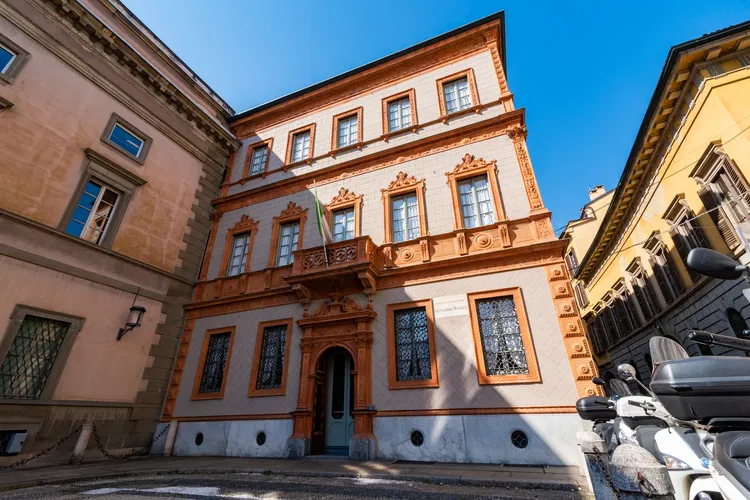
Manzoni House
MilanCasa Manzoni, located at 1 Via Morone in Milan, is a historic building renowned for being the residence of the famous writer Alessandro Manzoni from 1814 until his death. This location offers a unique insight into the life and times of one of Italy's most celebrated authors, providing a tangible connection to the country's rich literary history.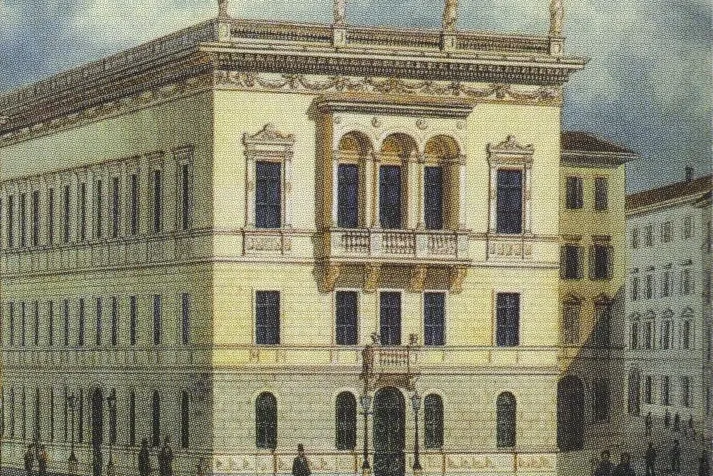
Revoltella Museum - Modern Art Gallery
TriestThe Civico Museo Revoltella – Galleria d’Arte Moderna, located in the northern Italian city of Trieste, is the largest art history museum in the region. It is also recognized as one of the most significant art galleries in Italy, making it a notable destination for art enthusiasts and tourists alike.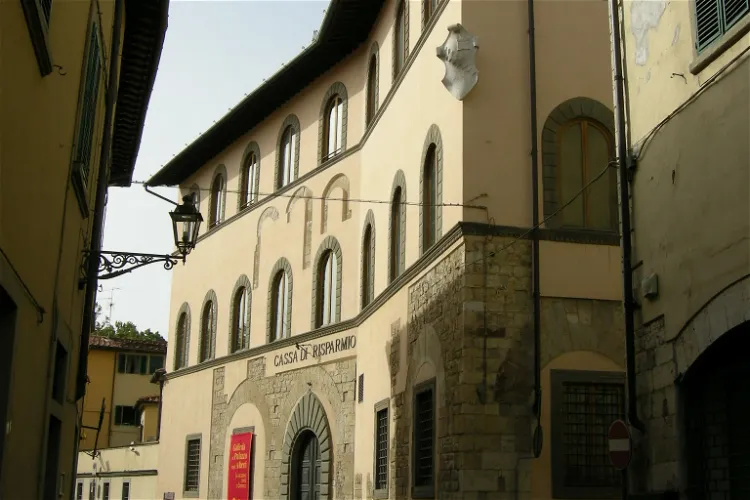
Galleria Palazzo degli Alberti a Prato
PratoLocated in the heart of Prato, Tuscany, the Palazzo degli Alberti is a historical building that offers a glimpse into Italy's rich past. Its central location makes it easily accessible for tourists, and its historical significance adds to the cultural richness of the city. The building's architecture, dating back to the 13th century, is a testament to the architectural prowess of the time.
Museum of Palazzo Mocenigo
VeniceThe Museo di Palazzo Mocenigo, also known as Palazzo Mocenigo di San Stae, is located near the Church of San Stae, south of the Grand Canal in the Santa Croce district of Venice, Italy. This location is easily accessible and offers a unique insight into the rich history and culture of Venice.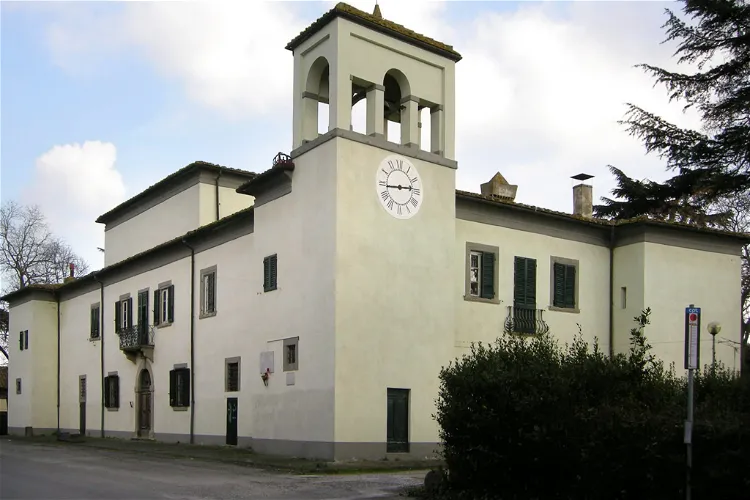
Villa Medicea di Coltano
PisaThe estate houses an educational center and museum that aims to introduce the region with its natural rarities and rich cultural heritage.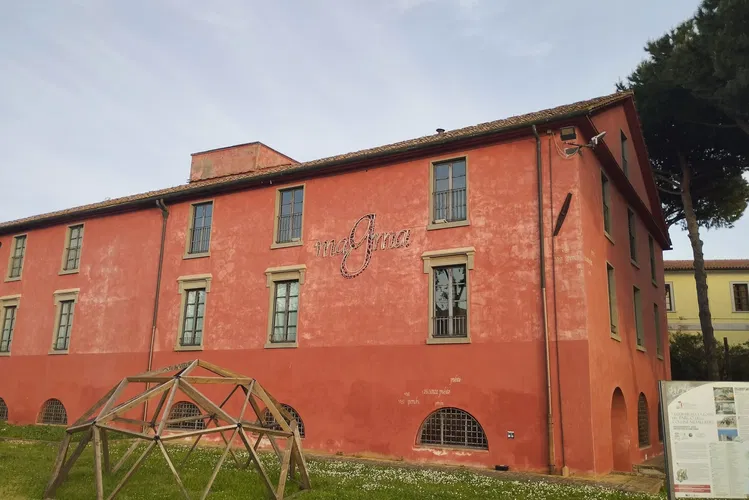
MAGMA - Museo delle Arti In Ghisa Nella Maremma
FollonicaMAGMA, the Museum of Cast Iron Arts in Maremma, is a unique museum situated in Follonica. It is located in the area of the former Ilva foundries, a significant industrial site that played a crucial role in the city's history. The museum offers a deep dive into the rich tradition of iron and cast iron production that shaped the city and its people.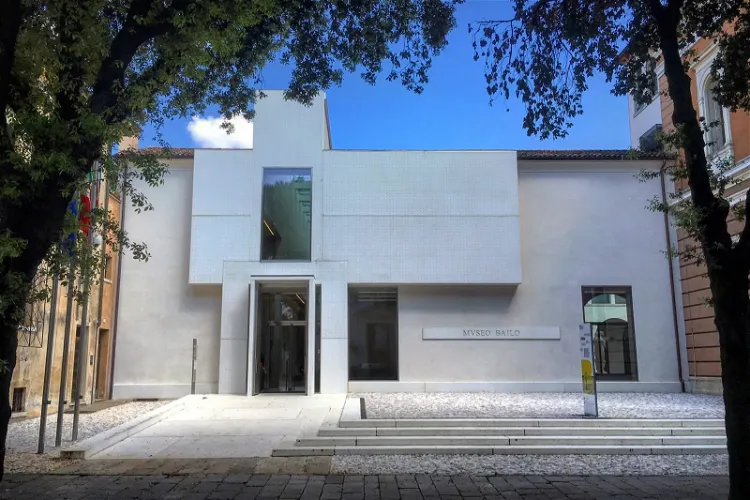
Museo Luigi Bailo
TrevisoThe Luigi Bailo Civic Museum, located in Treviso, is named in honor of its founder and first director, Abbot Luigi Bailo. The museum is currently dedicated to showcasing art collections that span from the Impressionism era to the Avant-garde. This wide range of art periods provides a comprehensive overview of the evolution of art styles and techniques.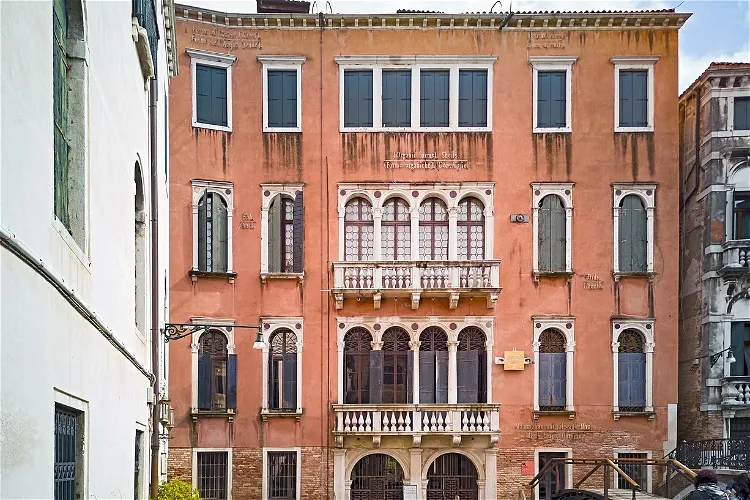
Querini Stampalia Foundation
VeniceThe Fondazione Querini Stampalia is a cultural institution located in Venice, Italy. It was established in 1869 by Conte Giovanni Querini, the last descendant of the Venetian Querini Stampalia family. This foundation is a testament to the rich cultural heritage of Venice and offers a unique insight into the city's history.- Online discount!

Palazzo Ducale
GenoaThe Doge's Palace in Genoa (Palazzo Ducale) was once the home of the Doges of Genoa. Today it is a museum and a centre for cultural events and arts exhibitions. Shops and restaurants are located in the courtyards and colonnade. Because the palace originated from the merger of a number of medieval bu 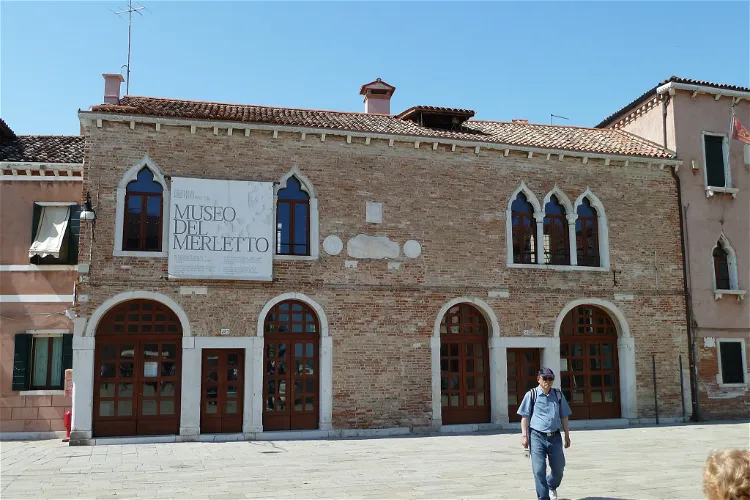
Museo del Merletto di Burano
VeniceThe Museo del Merletto, or Lace Museum, is situated in the historic building of the Podestà of Torcello, in Piazza Galuppi in Burano. This building was the headquarters of the renowned Lace School from 1872 to 1970. The museum's location adds a layer of historical significance to the exhibits, as it was once a hub for lace-making education and production.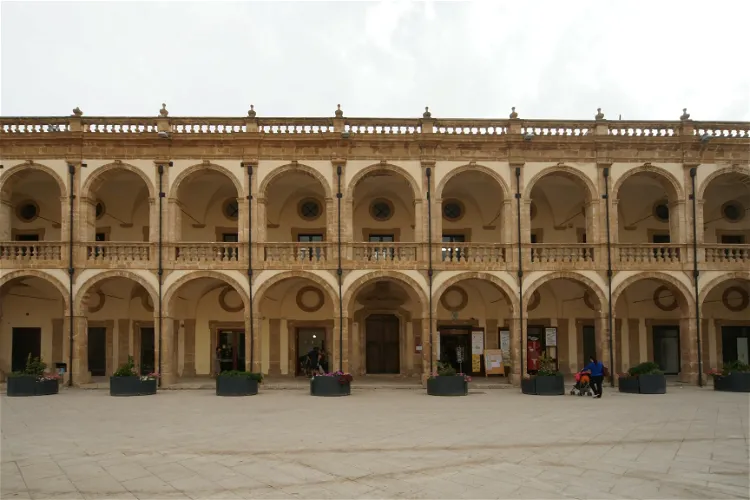
Museo Diocesano di Mazara Del Vallo
Mazara del ValloThe Diocesan Museum "Vito Ballatore" in Mazara del Vallo is a repository of a significant collection of sacred art. This includes sculptures, silverware, and sacred vestments that span from the 14th to the 19th century. The museum also houses a variety of paintings, making it a rich source of historical and artistic knowledge.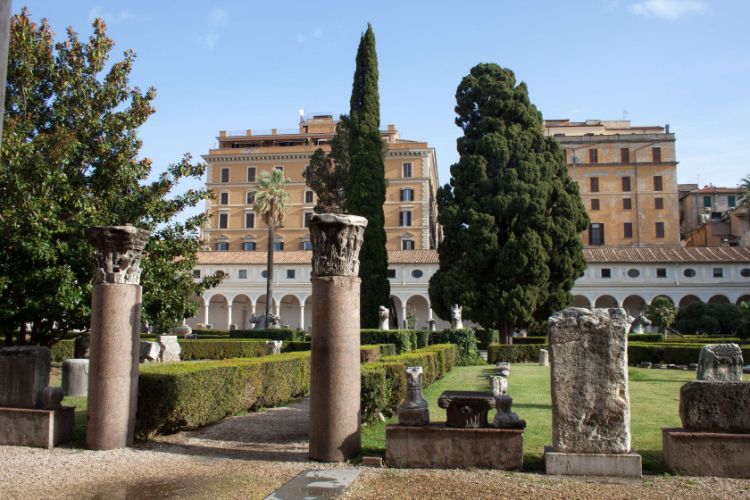
Museo Nazionale Romano - Terme di Diocleziano
RomeThe Baths of Diocletian (Thermae Diocletiani) was a large public thermal complex in ancient Rome. The Baths of Diocletian were located on the summit of the Viminal. The complex was built from 298, commissioned by Emperor Maximian and was inaugurated in 306. Since Maximian was in power the lesser of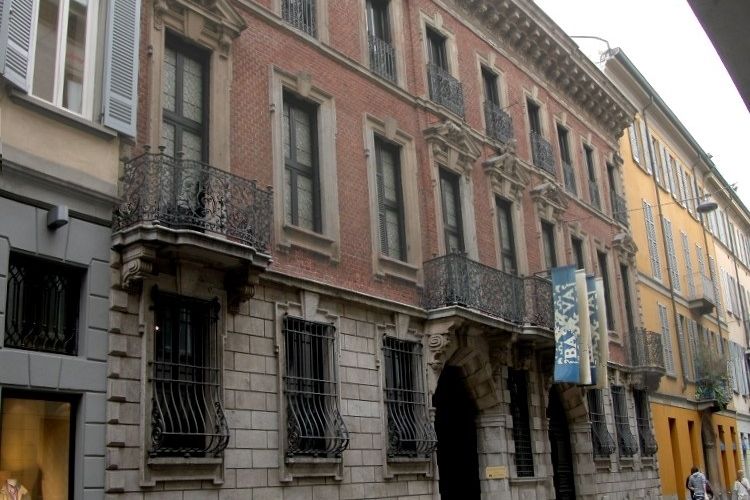
Bagatti Valsecchi Museum
MilanThe Bagatti Valsecchi Museum is an important historic house museum nestled in downtown Milan. Nose around & see how aristocratic Milanese lived. The Renaissance art, decorative arts, furniture, scientific & musical instruments, sun dials, majolica, arms & armor and the rooms are preserved just as t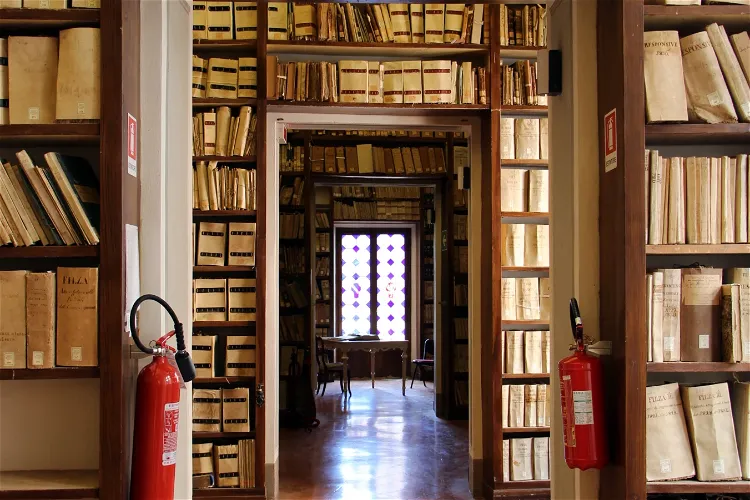
State Archives of Siena
SienaThe State Archives of Siena, known as Archivio di Stato di Siena in Italian, is housed in the historic Palazzo Piccolomini. This location adds a layer of historical significance to the archives, as the Palazzo Piccolomini itself is a notable landmark in Siena. Visitors to the archives will not only have the opportunity to explore the vast collection of documents but also appreciate the architectural beauty of the Palazzo.
Scuderie del Quirinale
RomeThe Scuderie del Quirinale (Quirinal Stables, or Papal Stables) was built from 1722 to 1732. The Scuderie, together with the Palazzo del Quirinale, the official residence of the President of the Italian Republic and the Palazzo della Consulta, the Constitutional Court, are all situated close to each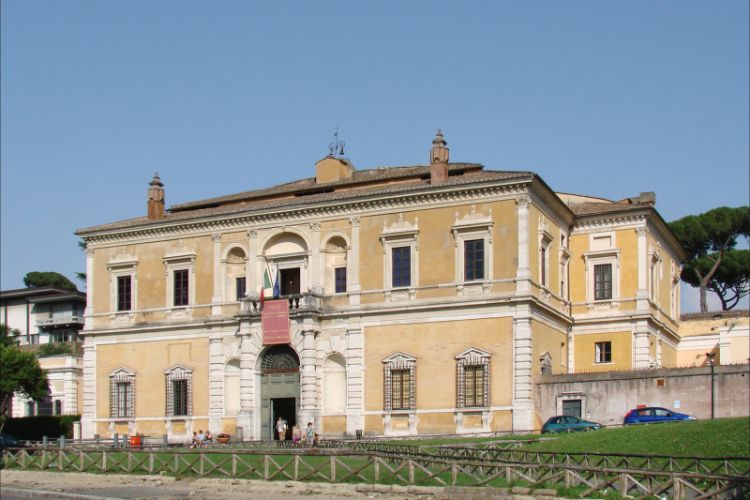
Museo Nazionale Etrusco di Villa Giulia
RomeThe Museo Nazionale Etrusco di Villa Giulia is the National Etruscan Museum in Rome, housed in the Villa Giulia that was built for pope Julius III. The first rooms of the museum feature artefacts organized according to a double principle: topographical and chronological. Furthermore, the museum incl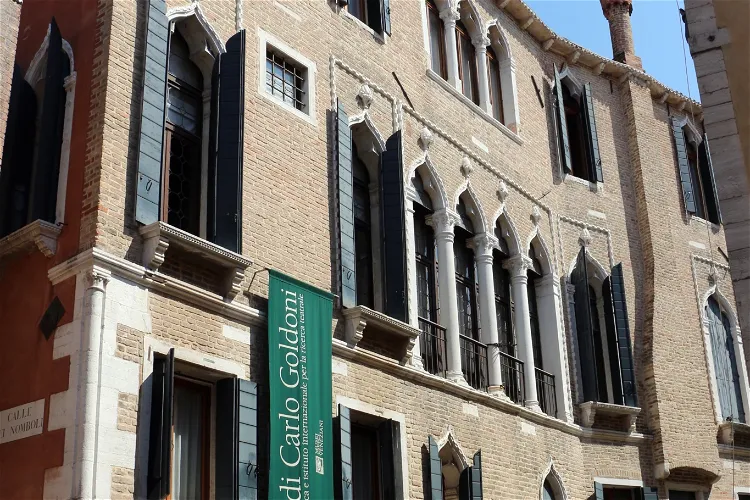
House of Carlo Goldoni
VeniceThe House of Carlo Goldoni is a museum located in Venice. It is part of the Fondazione Musei Civici di Venezia, a foundation that manages several museums in the city. This museum is dedicated to the life and works of Carlo Goldoni, a prominent Italian playwright and librettist from the 18th century.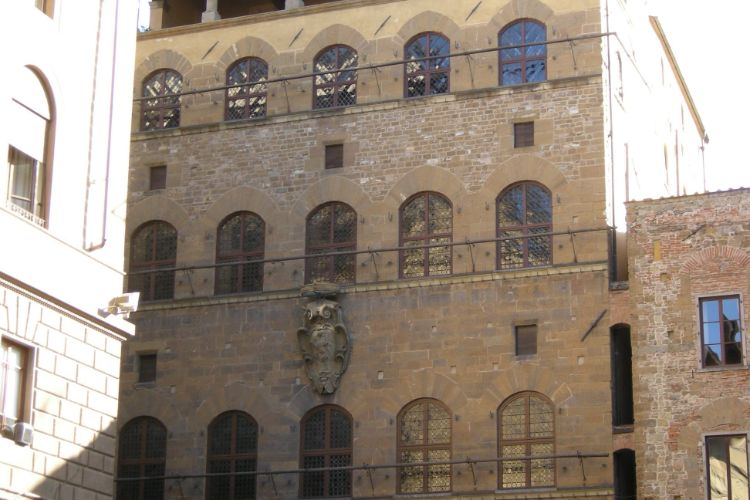
Museum of the Old Florentine House - Palazzo Davanzati
FlorenceBuilt in the 14th century by the wealthy Davizzi family, the Palazzo Davanzati is layered with history. The palace houses the Museum of the Old Florentine House and is the best-preserved medieval home in Florence and was furnished with art and furniture from that period. After restoration in 2012, i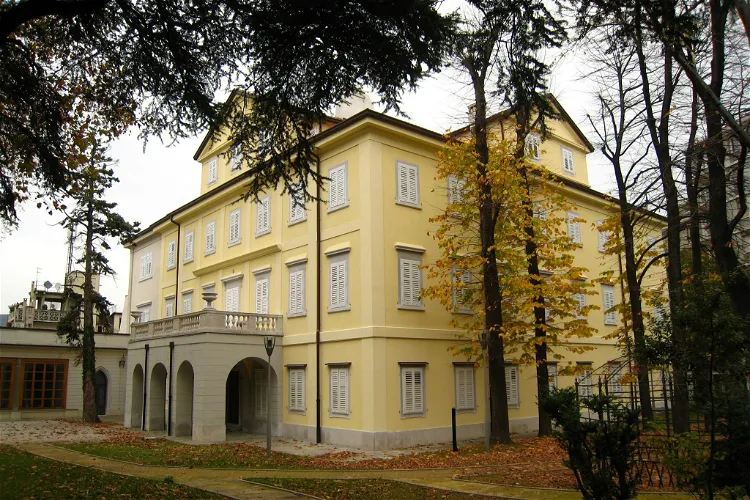
Civico Museo Sartorio
TriestThe Civico Museo Sartorio is a museum located in Triest. It was established from the legacy of the Sartorio family, a prominent family in the 19th century. The museum is housed in the Villa Sartorio, a significant historical building in the city.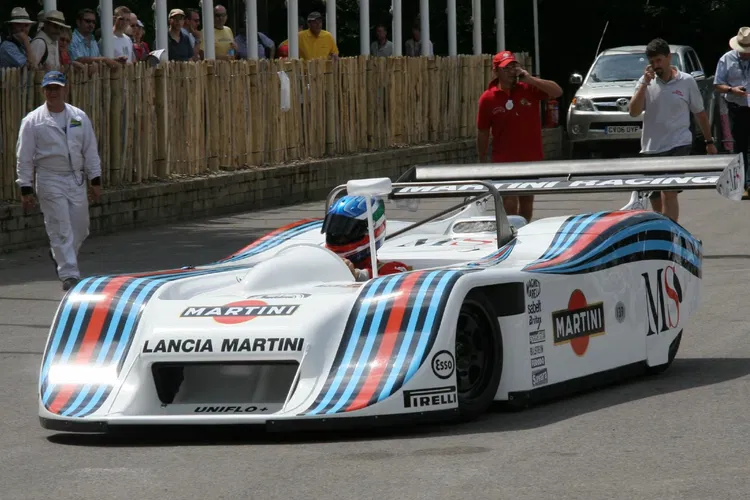
Martini & Rossi
PessioneMartini is a renowned Italian vermouth brand, which owes its name to the Martini & Rossi distillery located in Turin. The distillery was established in 1863 by Alessandro Martini, Luigi Rossi, and Teofilo Sola. This historical establishment is a significant part of Italy's rich heritage in the production of vermouth.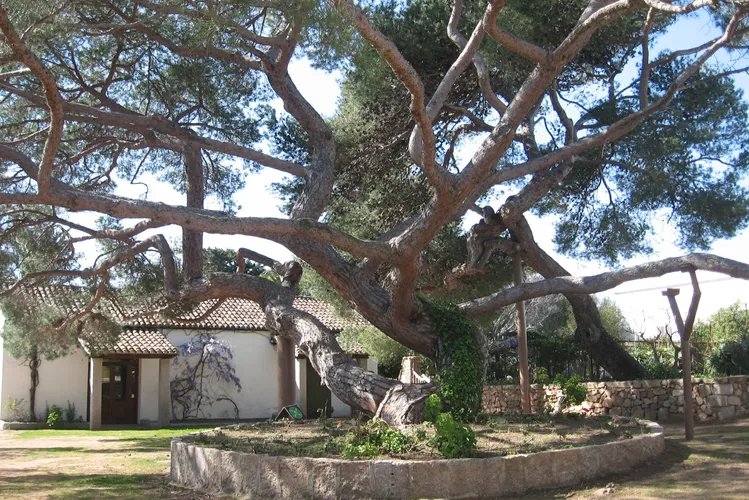
Musei Garibaldini di Caprera
La MaddalenaThe place where the Italian revolutionary spent his last days is nowadays a museum of both history and nature.
Musei Garibaldini di Caprera
La MaddalenaThe place where the Italian revolutionary spent his last days is nowadays a museum of both history and nature.- 91
Stanze al Genio
PalermoThe Museo delle maioliche Stanze al Genio has an exhibition of almost 5,000 examples of Italian majolica tiles from the 15th to the 19th century, arranged over 8 rooms. The Museum is housed in a part of the seventeenth-century Palazzo Torre Pirajno in Palermo. 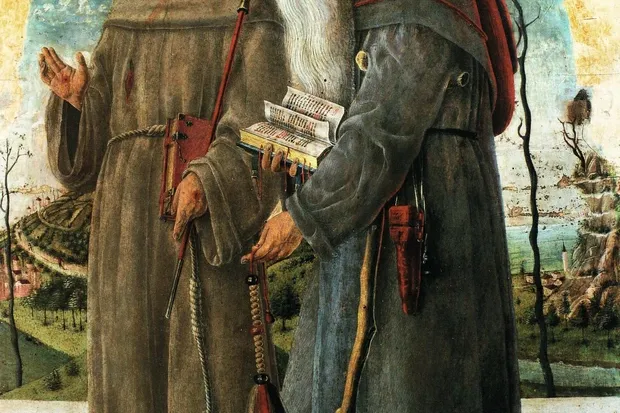
Diocesan Museum of Padua
PaduaThe Diocesan Museum of Padua is a significant cultural institution that showcases a wide array of arts and artifacts associated with the Roman Catholic Diocese of Padua. The museum is located in the Palazzo Vescovile, a former bishop's residence dating back to the 15th century. This historic building adds to the overall charm and appeal of the museum, making it a fascinating destination for those interested in art, history, and religion.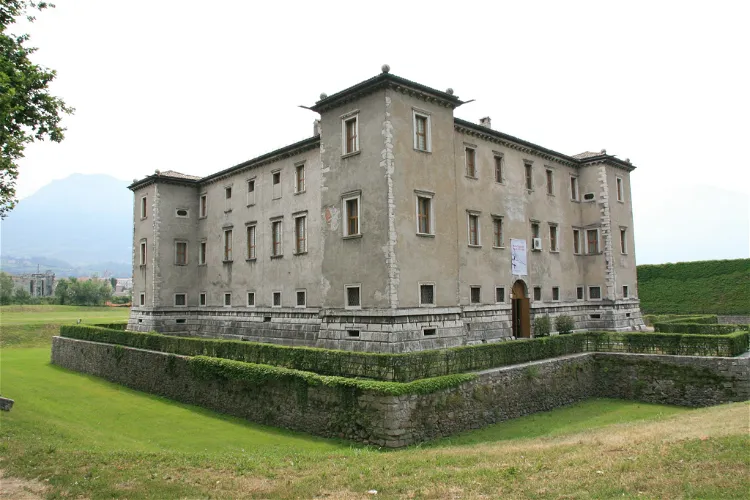
Palazzo delle Albere
Provincia di TrentoThe Palazzo delle Albere is a significant historical site in Trento, built in the 16th century by the Madruzzo bishop princes. This fortress-villa showcases the architectural style of the period and provides a glimpse into the history of the region.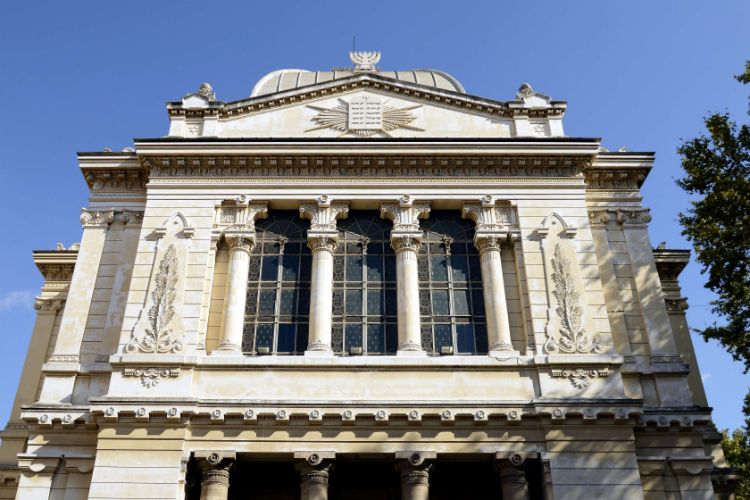
Jewish Museum of Rome
RomeThe Jewish Museum of Rome is situated in the basement of the Great Synagogue of Rome. The museum is dedicated to the history of the Jewish presence in Rome, which began in the second century BCE, but it also presents works of art produced by this Jewish community. A visit to the museum includes a gu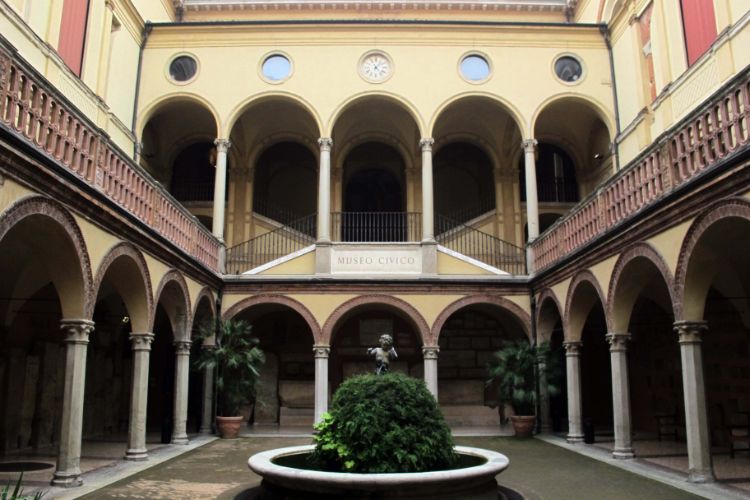
Museo Civico Archeologico
BolognaThe Archaeological Civic Museum of Bologna (Museo Civico Archeologico di Bologna) is a history museum in Bologna that is housed in the 15th century Palazzo Galvani, once known as the Hospital of Death. The Archaeological Civic Museum of Bologna is one of the most important archeological museums with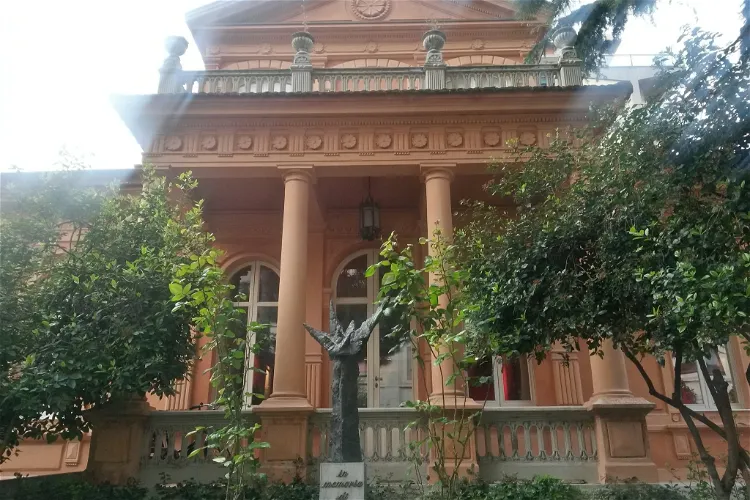
Paparella Treccia Devlet Museum
PescaraThe Museo Paparella Treccia Devlet is an art museum located in Pescara, Abruzzo. It is housed in Villa Urania, a small eclectic-style building that dates back to the late 19th century. The villa was built by Baron Giandomenico Treccia as a summer residence for his wife, Urania Valentini. The museum is situated in the heart of Pescara, just a few steps from the sea, making it easily accessible for tourists.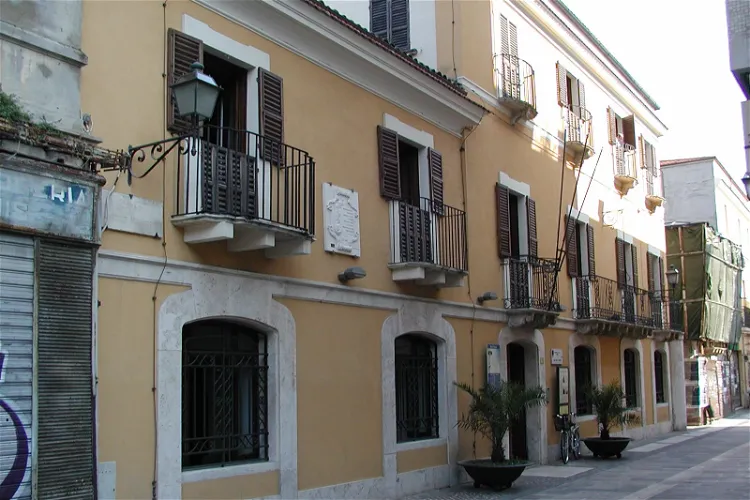
Birthplace of Gabriele D'Annunzio Museum
PescaraThe Gabriele D'Annunzio Birthplace Museum is a significant cultural site located at Corso Manthoné 116 in Pescara. It was declared a national monument in 1927, highlighting its historical and cultural importance. The museum is dedicated to the life and works of Gabriele D'Annunzio, a prominent Italian writer, poet, journalist, and soldier.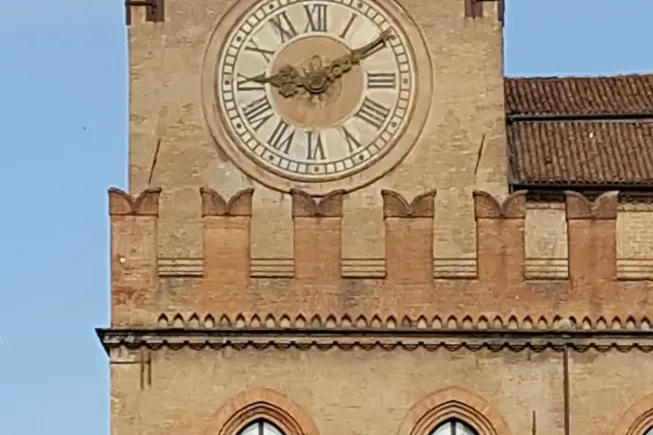
Clock Tower (Torre dell'Orologio)
BolognaThe Clock Tower, also known as Torre Accursi, is a significant historical landmark in Bologna. Constructed in the mid-13th century, it is situated at the intersection of Via IV Novembre and Piazza Maggiore. This location makes it a central point of interest for visitors exploring the city's historical center.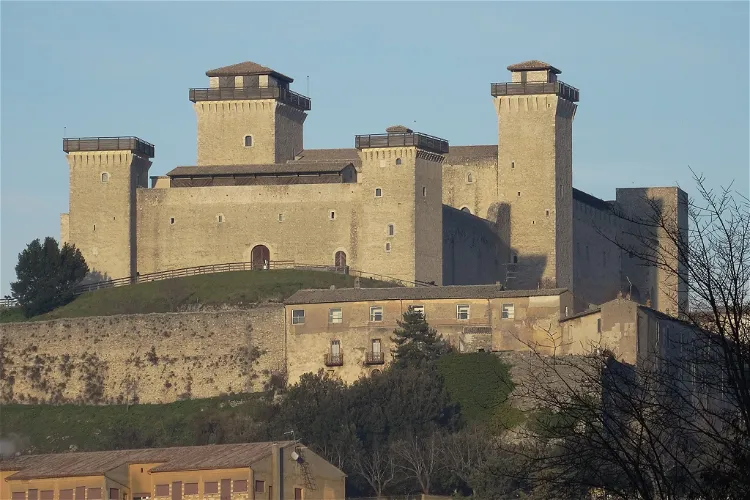
Rocca Albornoz - Museo nazionale del Ducato di Spoleto
SpoletoThe Museo Nazionale del Ducato di Spoleto, which was inaugurated on August 3, 2007, is situated within the Rocca Albornoziana. This location adds a historical and architectural charm to the museum, making it an interesting destination for tourists who appreciate art and history.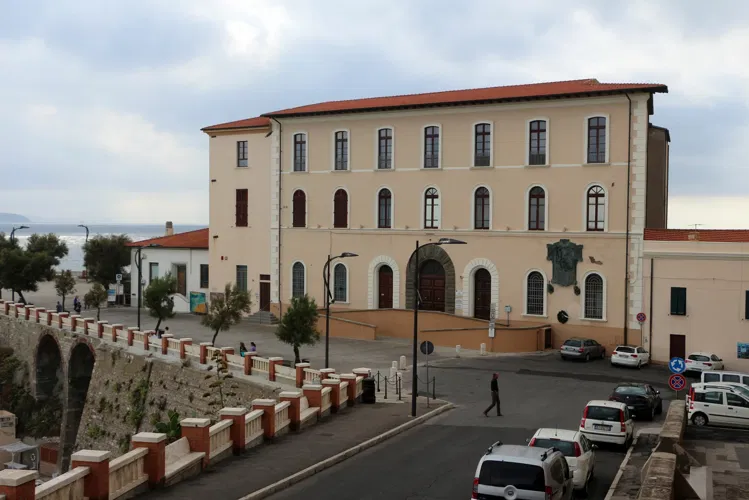
Museo del Mare e Acquario di Piombino
PiombinoThe Museo del Mare e acquario Città di Piombino is situated in the heart of Piombino, in piazza Bovio. The museum is housed in the historic Palazzo Appiani, which was once the residence of the Lords of Piombino. This location not only provides a unique setting for the museum but also adds a layer of historical significance to your visit.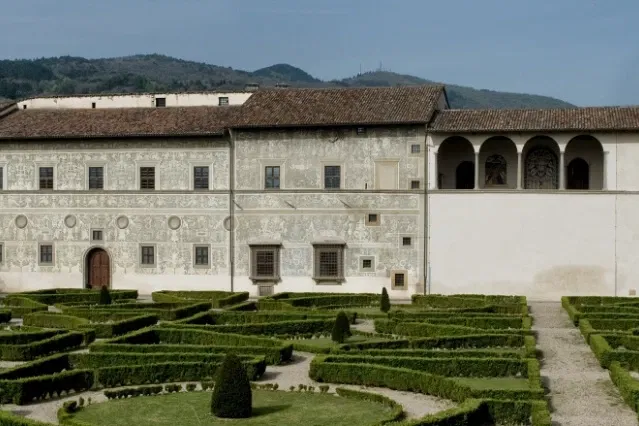
Pinacoteca Comunale, Città di Castello
Città di CastelloThe Pinacoteca Comunale di Città di Castello is an art museum that is housed in the Palazzo Vitelli alla Cannoniera. This palazzo was constructed by the Vitelli family during the latter half of the 16th century in Città di Castello, a city in the province of Perugia, Italy. The museum has been located in this palazzo since 1912, following the restoration of the building initiated by Elia Volpi, an Italian art dealer and antiquarian.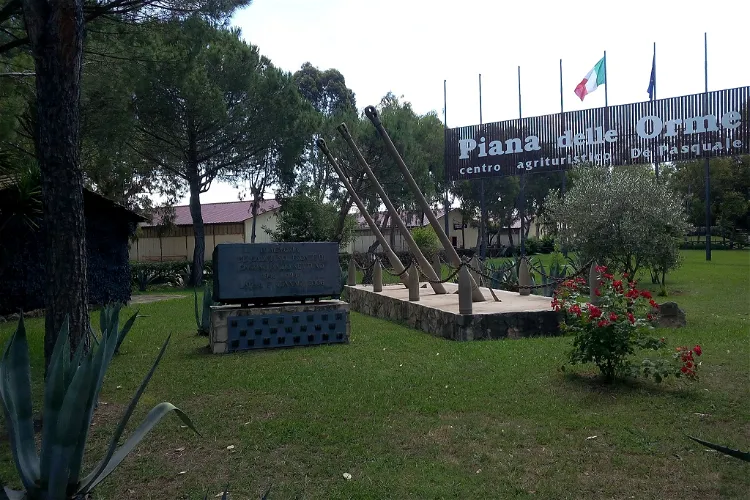
Museo Storico Piana delle Orme
LatinaThe Museo di Piana delle Orme is a unique park-museum situated in the province of Latina. It boasts a collection of around 50,000 artifacts, each carefully curated and displayed across various pavilions. Each pavilion is themed according to significant events in local history, such as the Anzio Landing during World War II and the reclamation of the Agro Pontino. This museum offers a comprehensive insight into the region's past, making it a fascinating destination for history enthusiasts.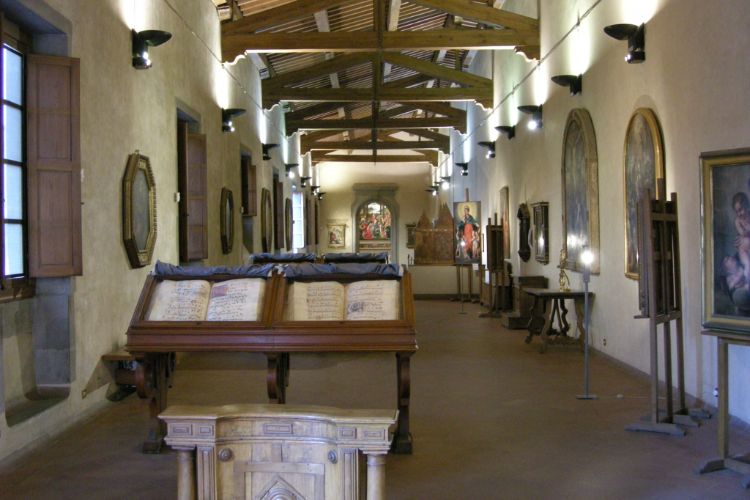
Galleria dello Spedale degli Innocenti
FlorenceAs there were a lot of abandoned babies in the 1400s, Florence needed to establish an institution which would take care of them. This Renaissance complex, the Spedale degli Innocenti, was built in the 1440s to serve as a children's orphanage and operated as one until the 19th century. It was designe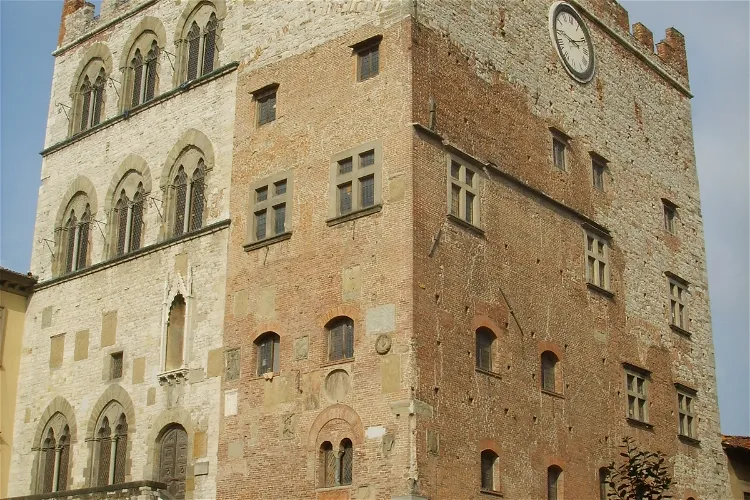
Museo di Palazzo Pretorio
PratoThe Palazzo Pretorio, located in Prato, Tuscany, Italy, is a historical building that once served as the city hall. Today, it houses the Civic Museum of Prato, offering visitors a glimpse into the city's rich history and culture.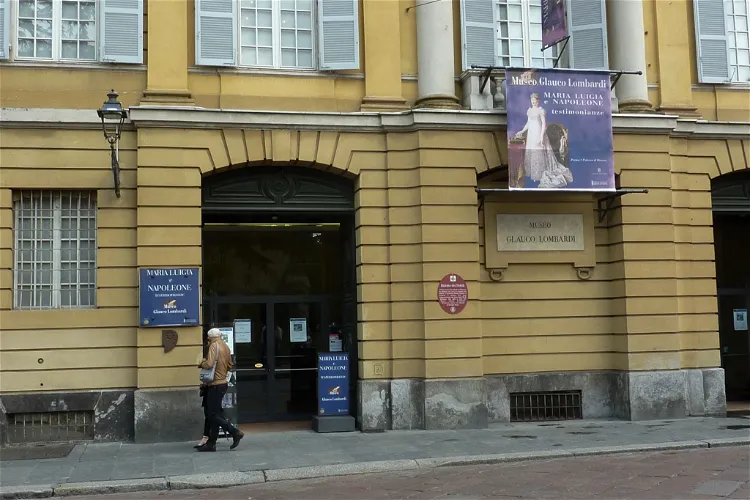
Glauco Lombardi museum
ParmaThe Lombardi Museum, situated on Giuseppe Garibaldi street in Parma, is a renowned institution dedicated to the preservation of history and art. Its location corresponds to the Piazzale della Pace, making it easily accessible for visitors.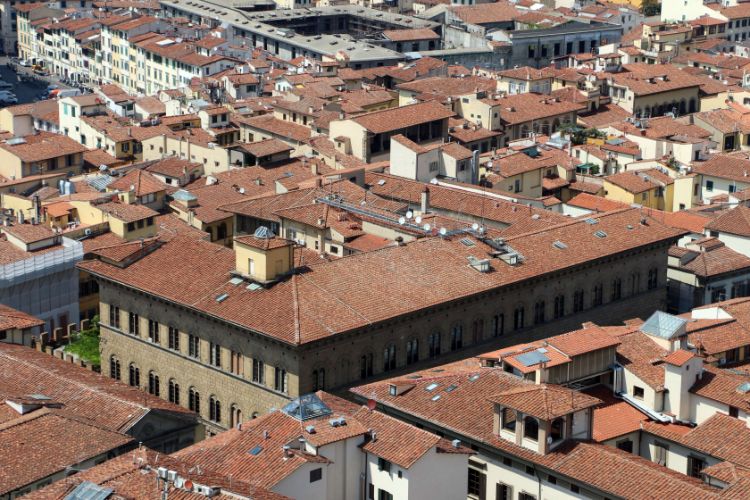
Palazzo Medici Riccardi
FlorenceThe Renaissance palace Palazzo Medici Riccardi was built by Michelozzo di Bartolomeo for Cosimo de' Medici between 1444 and 1484. He moved to Palazzo Vecchio in 1540, but part of the Medici family stayed here until 1659 when Ferdinando II sold it to the Riccardi family, a rich family of bankers who
Fondazione Accorsi Ometto - Museo di Arti Decorative
TurinFondazione Accorsi Ometto - Museo di Arti Decorative (The Accorsi - Ometto Museum) is a private decorative arts museum in Turin that is housed in a historical building called the Via Po from 1684. The museum consists of 27 rooms that are divided into two sections: the first section features pieces f
Sacrario Militare di Pocol
Cortina d'AmpezzoThe Pocol military shrine, also known as the Pocol ossuary, is situated at an altitude of 1,535 meters above sea level. It is located near the SS 48 of the Dolomites Cortina - Falzarego Pass, in the Pocol area. This location is just a few kilometers away from the popular tourist destination of Cortina d'Ampezzo. The shrine's elevated position offers visitors a panoramic view of the surrounding area.
Museo Archeologico Regionale di Enna
EnnaThe Museo archeologico regionale di Enna, established in the last two decades by the Sicilian Region, is a place where visitors can view artifacts that were unearthed during excavations conducted primarily in 1979. These excavations took place at various archaeological sites throughout the province of Enna.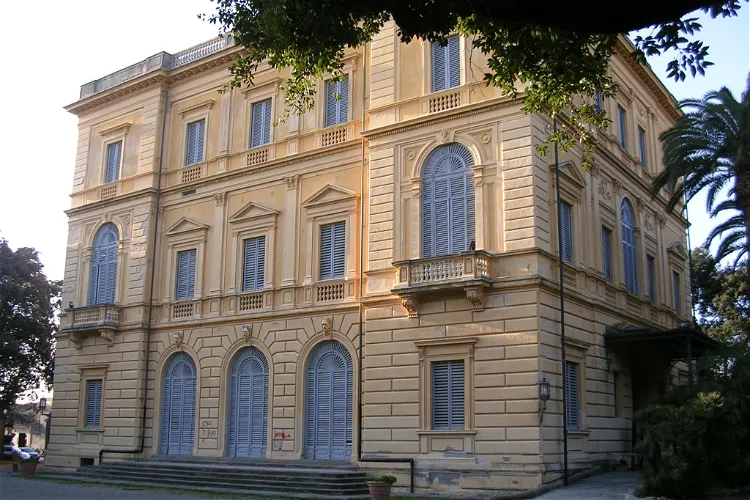
Museo Civico Giovanni Fattori
LivornoThe Museo Civico Giovanni Fattori is a civic contemporary art museum located in Villa Mimbelli, Via San Jacopo in Acquaviva 65, Livorno, Tuscany, Italy. It is situated a few blocks west of the Terraza Mascagni, making it easily accessible for tourists visiting the region.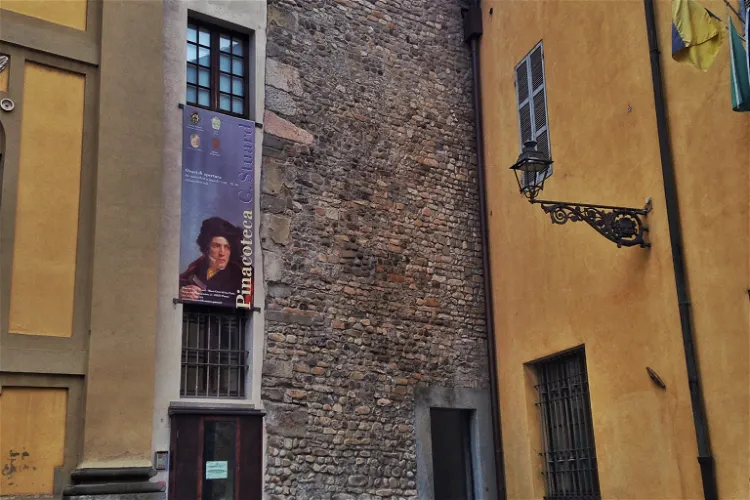
Pinacoteca G Stuard
ParmaThe Stuard Gallery, located in Parma, has been housed in the wing of the Benedictine Abbey San Paolo since 2002. This historic location adds a unique charm to the gallery, making it a fascinating destination for art and history enthusiasts alike. The gallery is named after its benefactor and collector, Giuseppe Stuard, who bequeathed the first works to the gallery.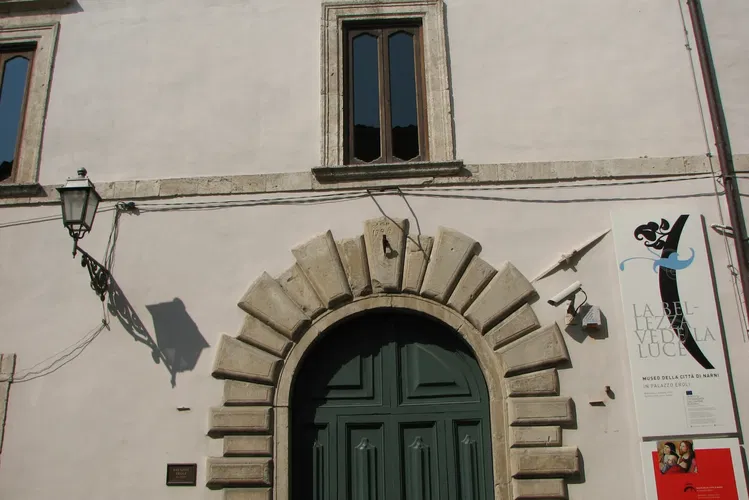
Museo della Città e del Territorio in Palazzo Eroli
NarniThe Museo Eroli, officially known as Museo della Città di Narni in Palazzo Eroli, is an archaeological and art museum located in the city of Narni, in the province of Terni, Umbria. It is situated in the Palazzo Eroli, a building constructed in the 17th and 18th centuries, which was the residence of the noble Narni family until the end of 1984 when the building was acquired by the province of Terni.- 113
Casa Museo Boschi di Stefano
MilanThe Casa Museo Boschi di Stefano is a historic mansion in Milan, located on the second floor of an Art Deco building designed by architect Piero Portaluppi. The museum exhibits a selection of over two hundred representative works of Italian modern art acquired by Antonio Boschi (1896-1988) and his w - 114
Museo del Carcere Le Nuove
TurinMuseo del Carcere Le Nuove (The Museum of Prison "Le Nuove") is located at the former prison of Turin, called Le Nuove, that was built between 1854 and 1869 and remained in operation until it was replaced in 1986. The museum is housed in the various structures of the former prison. The prison was de 
Museo Diocesano e Gallerie del Tiepolo
UdineOriginally, the museum was housed in the basement of the city's archbishop's seminary. However, even before the earthquake in 1976, the process of moving the museum to the Patriarchal Palace had begun. This palace was the former residence of the patriarchs of Aquileia and, from 1751, of the archbishops of Udine. The building is considered one of the main monuments in the city of Udine.
Galleria Nazionale di Palazzo Spinola
GenoaGalleria Nazionale di Palazzo Spinola, The National Gallery of Palazzo Spinola (Spinola palace of Pellicceria or palace of Francesco Grimaldi) is a state museum located in a noble palace built at the end of the 16th century in Genoa. The third floor is occupied by the National Gallery of Liguria, wh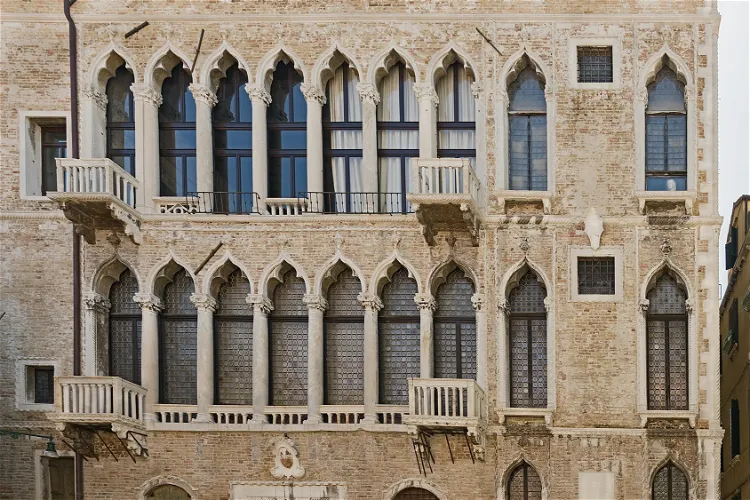
Fortuny Museum
VeniceThe Fortuny Museum, also known as Museo Fortuny, is an art museum located in the San Marco district in the heart of Venice, Italy. This museum is a significant cultural landmark in the city, offering visitors a unique insight into the world of art.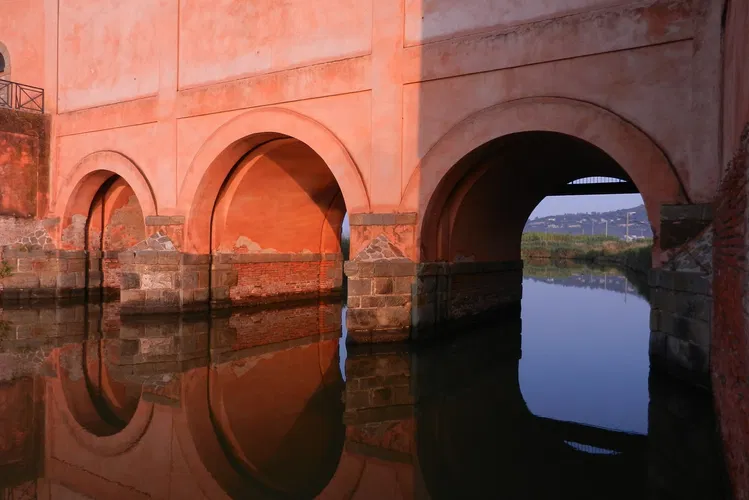
Museo Multimediale della Casa Rossa Ximenes
Castiglione della PescaiaThe Casa Rossa Ximenes Multimedia Museum serves as the visitor center for the Diaccia Botrona nature reserve in Castiglione della Pescaia. This unique building was designed and built by engineer and mathematician Leonardo Ximenes in 1765, during the reclamation of the Maremma Grossetana, commissioned by the Grand Duke of Tuscany Pietro Leopoldo di Lorena. The complex was tasked with controlling the flow of water between the vast marshy area of Lake Castiglione and the Tyrrhenian Sea, as it was believed that malaria was due to the miasmas exhaled by the unhealthy mixing of swamp water with sea water.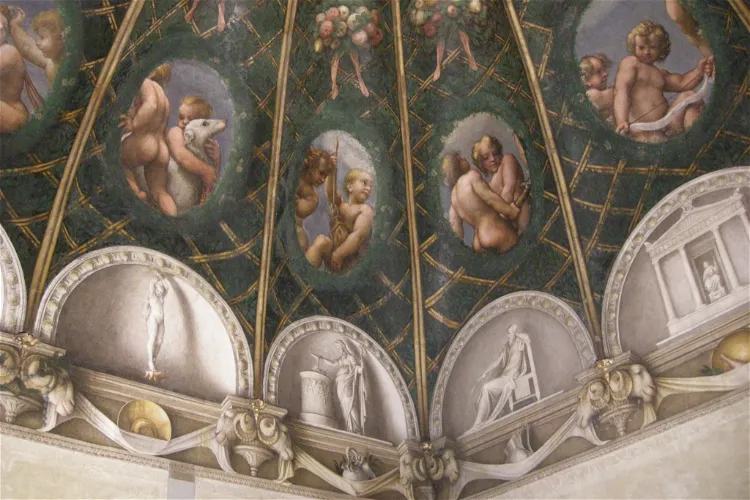
Camera di San Paolo e Cella di Santa Caterina
ParmaThe Camera di San Paolo, also known as the Abbess' Chamber, is a room located in the former Monastery of San Paolo in Parma, northern Italy. This historical site is renowned for its frescoes painted by Correggio, a celebrated Italian painter of the Renaissance period. The room was part of a complex of six rooms that formed the personal apartment of the abbess Giovanna Piacenza.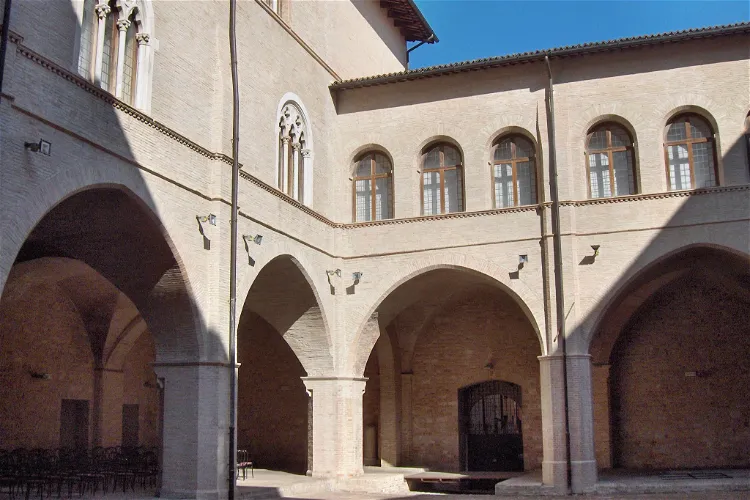
Pinacoteca Civica di Foligno
FolignoThe Pinacoteca Civica di Foligno is a significant museum in Foligno, housing a collection of works from the 14th to the 19th century. The museum is divided into three sections, each dedicated to a specific era, and the artworks are displayed across eight rooms. This provides a comprehensive overview of the artistic evolution in the region over several centuries.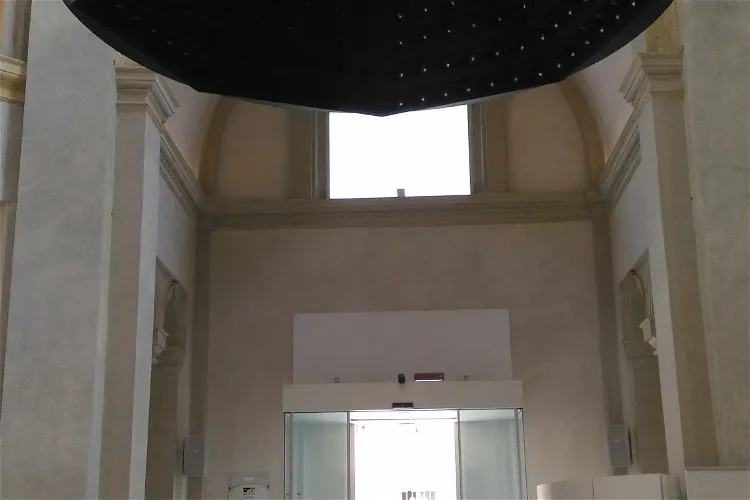
House of Sound
ParmaLa Casa del Suono, located in Parma, is a unique museum that focuses on the history and evolution of instruments used for sound reproduction and transmission. It offers an extensive collection of around 400 pieces, ranging from early phonographs and galena radios to modern digital players. The museum provides a fascinating journey through the development of sound technology, making it an interesting visit for anyone interested in music, technology, or history.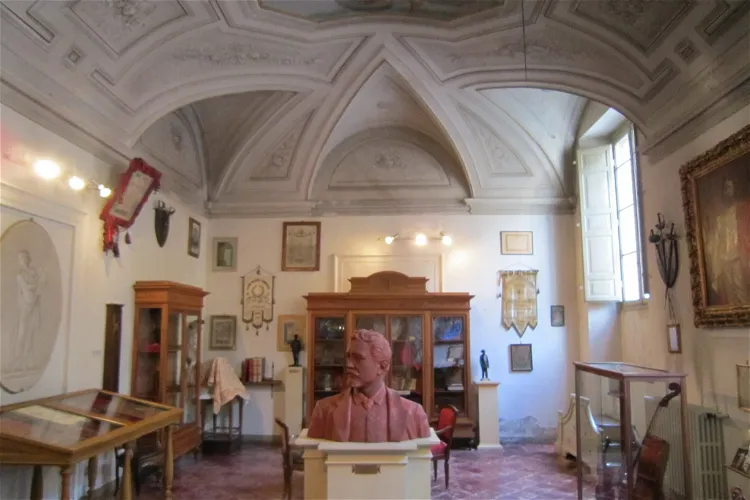
Museo Romagnolo del Teatro
ForlìThe Museo Romagnolo del Teatro e degli Strumenti Musicali is housed in the Palazzo Gaddi in Forlì. This Italian museum is situated in the beautifully decorated rooms on the ground floor of the palace. It offers a unique insight into the musical and theatrical life of Forlì between the 19th and 20th centuries.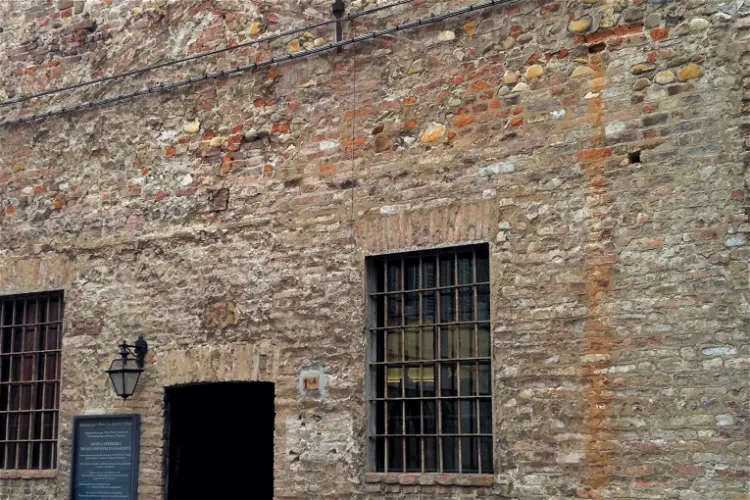
Antica Spezieria di San Giovanni
ParmaThe Antica Spezieria di San Giovanni is a historic pharmacy that has been converted into a museum. It is located in Borgo Pipa 1/a in Parma, within the Abbey of San Giovanni Evangelista. This unique museum offers a glimpse into the history of medicine and pharmacy, showcasing a collection of ancient tools and artifacts used in the preparation of medicines.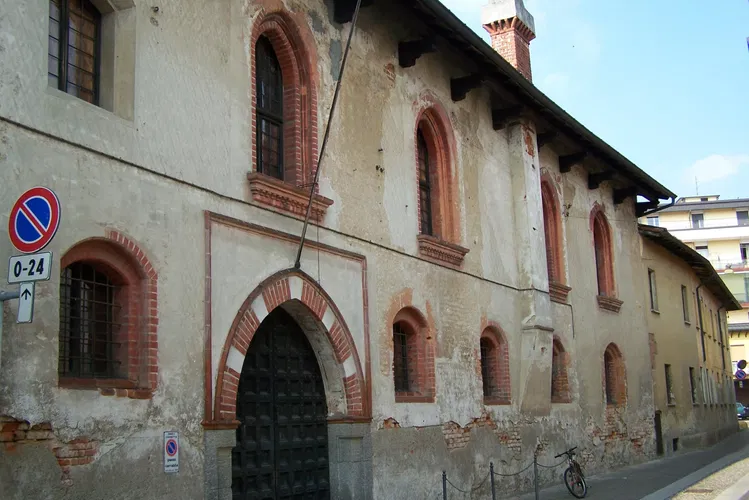
Museo Archeologico Villa Pisani Dossi
CorbettaThe Museo archeologico "Villa Pisani Dossi" in Corbetta, Milan, is a testament to the years of work and collection of the writer Carlo Dossi. Today, the museum is managed by his family, preserving the legacy of Dossi's passion for archaeology and literature.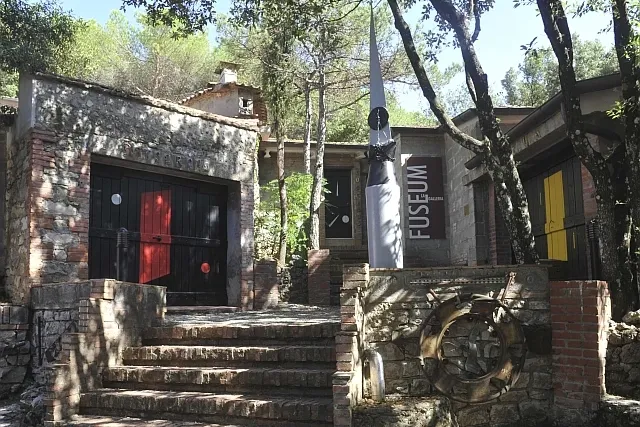
Fuseum
PerugiaThe Fuseum is a unique house museum located in the picturesque city of Perugia, on the hill of Montemalbe. It is dedicated to the works of the artist Brajo Fuso. The museum is a personal project of the artist, realized with the encouragement of his wife Bettina (Elisabetta Rampielli). The name 'Fuseum' is a fusion of the Latin word 'museum' and the surname 'Fuso'.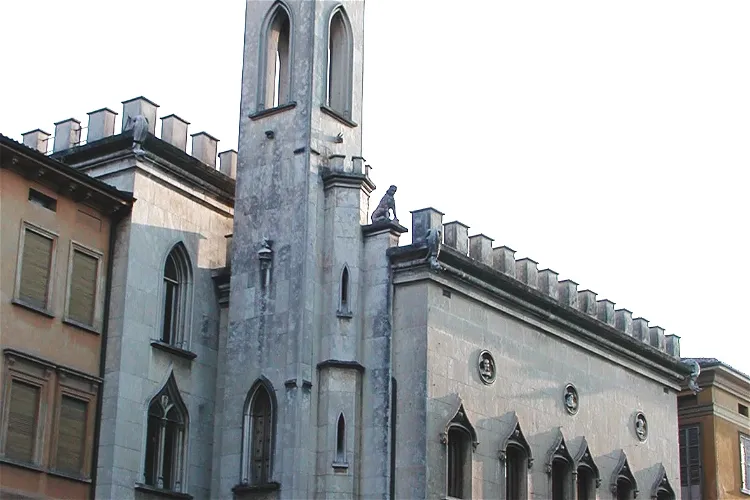
Galleria Parmeggiani
Reggio nell'EmiliaThe Galleria Anna e Luigi Parmeggiani is a museum located in Reggio Emilia. It houses a collection of furniture, paintings, and textiles. These collections were gathered between the late 19th and early 20th century by Luigi Parmeggiani. The museum is housed in a unique Gothic-Renaissance building, which was specially built by Parmeggiani in 1924 to showcase his art collection. The building's architecture is a blend of French and Spanish styles, reflecting Parmeggiani's eclectic taste.
Museo Civico Duilio Cambellotti
LatinaThe Museo Civico Duilio Cambellotti is situated in the heart of Latina, on Piazza San Marco. The museum is housed in the former Opera Nazionale Balilla building, a significant historical structure in the city. This location not only provides a unique setting for the museum but also adds to the cultural and historical richness of the experience for visitors.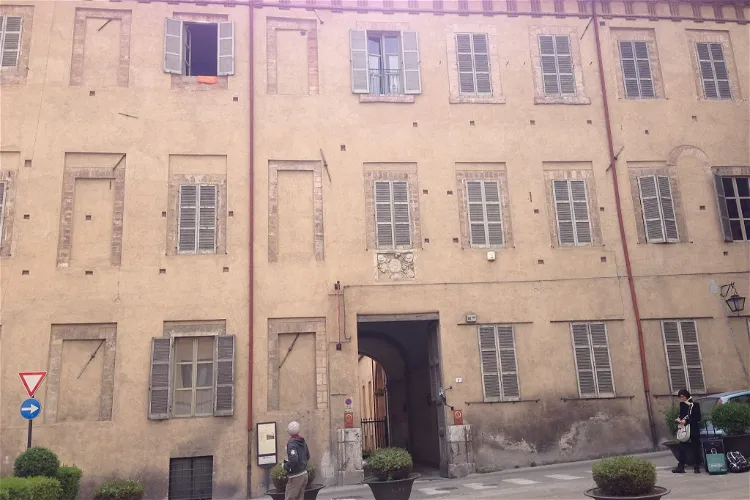
Museum of Textile and Costume
SpoletoThe Museum of Textile and Costume in Spoleto is a part of the interregional Umbrian-Marchigian museum network known as Sistema museo. This network includes various museums across the regions of Umbria and Marche, providing a comprehensive cultural experience for visitors.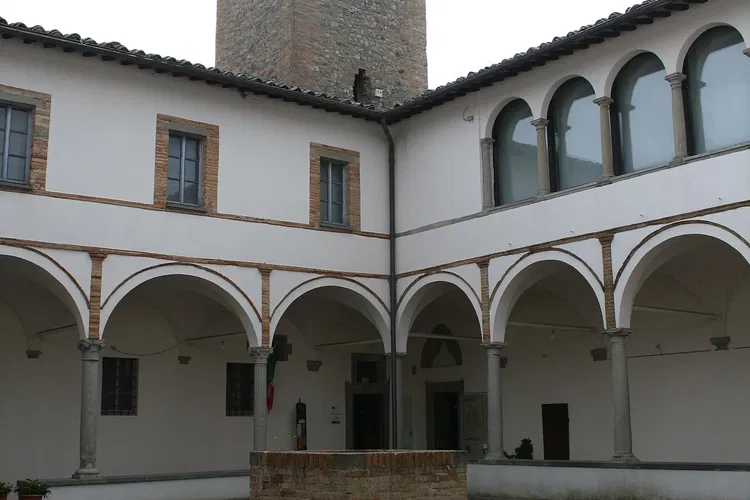
Complesso Museale di San Francesco Montone
MontoneThe San Francesco Museum Complex in Montone is a cultural hub that offers a unique blend of art and history. Housed in the Church of San Francesco, the complex consists of an art gallery and the ethnographic museum 'Il Tamburo Parlante'. The art gallery showcases a variety of works from renowned artists, while the ethnographic museum provides a fascinating insight into the local culture and traditions.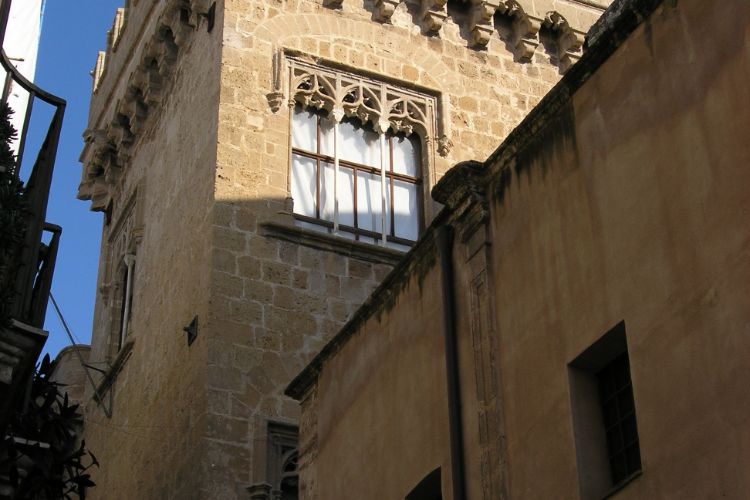
Palazzo Abatellis
PalermoPalazzo Abatellis (Palazzo Patella) is a palace in Palermo that is home to the Museo Regionale Abatellis (the Galleria Regionale della Sicilia), the Gallery of Art for the Sicilian region. The palazzo is an example of Gothic-Catalan architecture that was designed in the 15th century by Matteo Carnel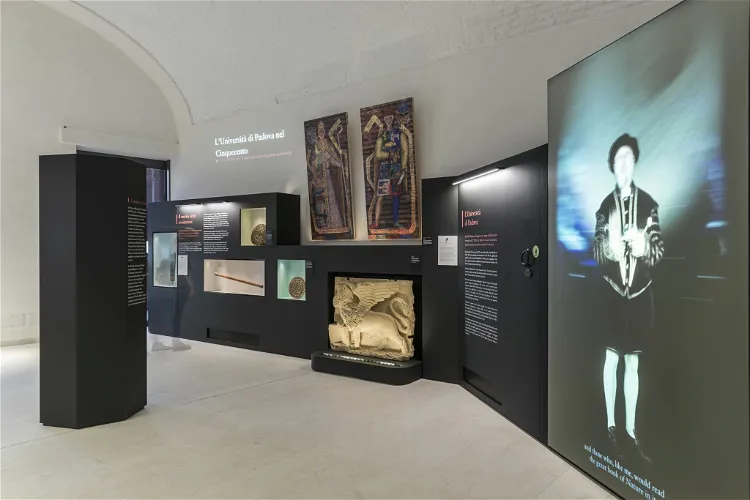
Museum of History of Medicine in Padova
PaduaThe Museum of History of Medicine in Padova (MUSME) is a public museum that was opened in 2015. It is situated in the ancient Hospital of San Francesco Grande, which is located next to the church of San Francesco Grande in Padua. This location is steeped in history and provides a unique setting for the museum.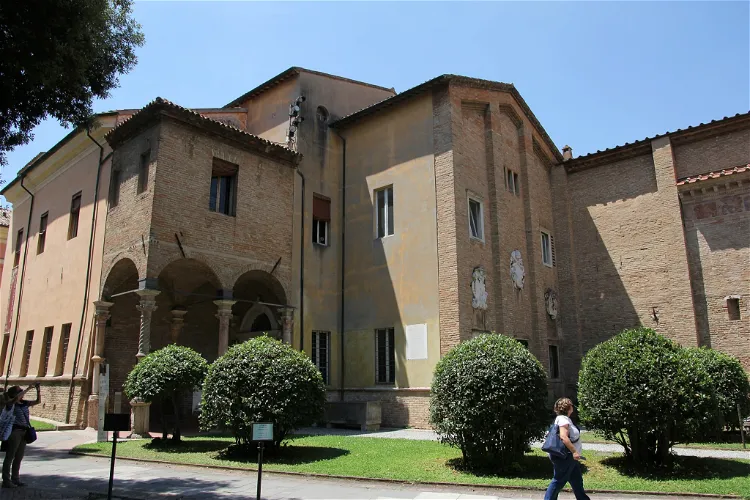
National Museum of Ravenna
RavennaThe National Museum of Ravenna, situated in the city of Ravenna, is a repository of a wide range of archaeological materials and stone artifacts from different periods. The museum's collection includes bronze figures, ivories, icons, weapons, and ceramics, offering a comprehensive insight into the region's rich historical and cultural heritage.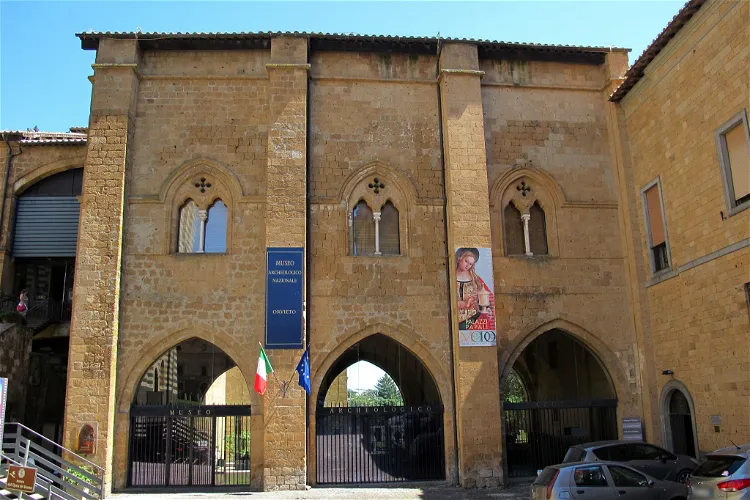
National Archaeological Museum of Orvieto
OrvietoThe National Archaeological Museum of Orvieto, known in Italian as Museo Archeologico Statale di Orvieto, is the city's national archaeological museum. It is conveniently located in Duomo Square, making it easily accessible for tourists visiting the city.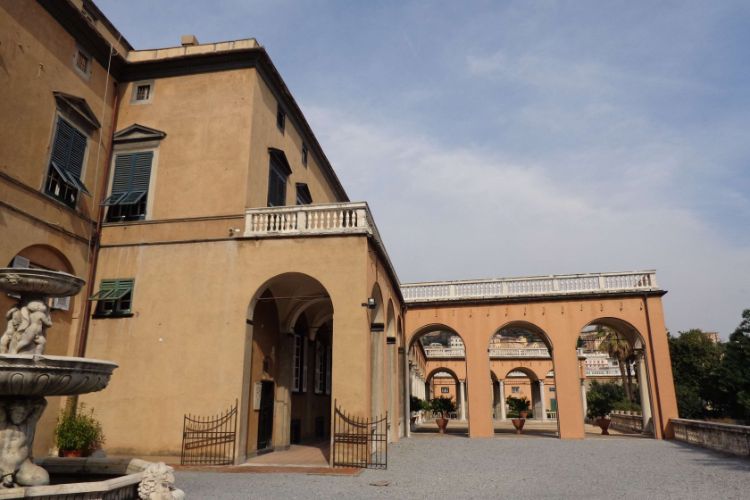
Villa del Principe
GenoaFormerly a private residence of the Prince Andrea Doria, today this villa called Villa del Principe serves as a museum. A monumental fountain adorns its small garden.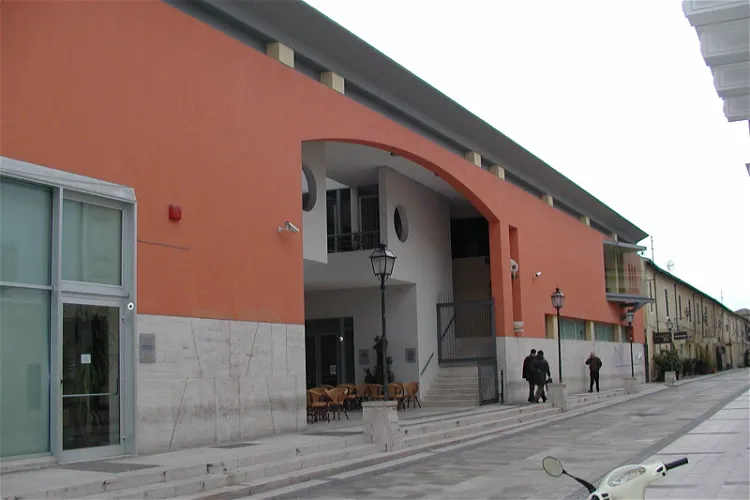
Museum of the people of Abruzzo
PescaraThe Museo delle genti d Abruzzo, also known as the Museum of the people of Abruzzo, is an ethnographic museum located in Pescara, Abruzzo. The museum is situated within the remaining sections of the 16th-century fortress of Pescara. This historical setting adds a unique charm to the museum, making it a fascinating destination for tourists interested in the history and culture of Abruzzo.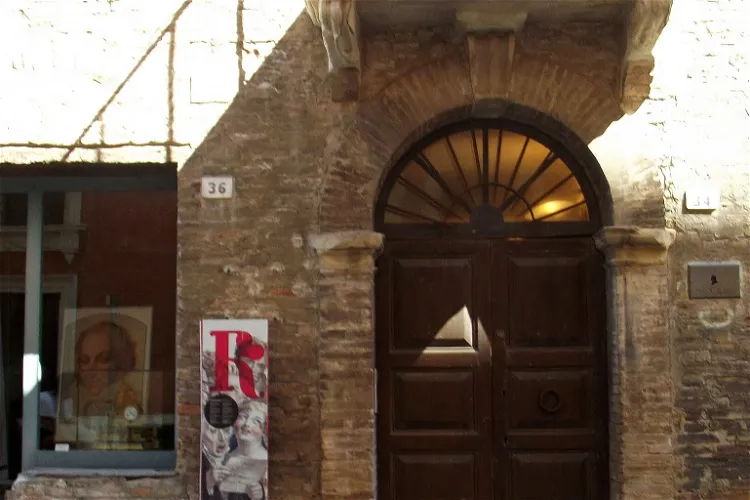
Rossini House
PesaroCasa Rossini in Pesaro is a significant location as it is the birthplace of the renowned composer Gioachino Rossini. Born on February 29, 1792, Rossini's legacy continues to be celebrated in this historic house. Visitors can experience the place where the composer's life began, adding a personal touch to their understanding of his music and life.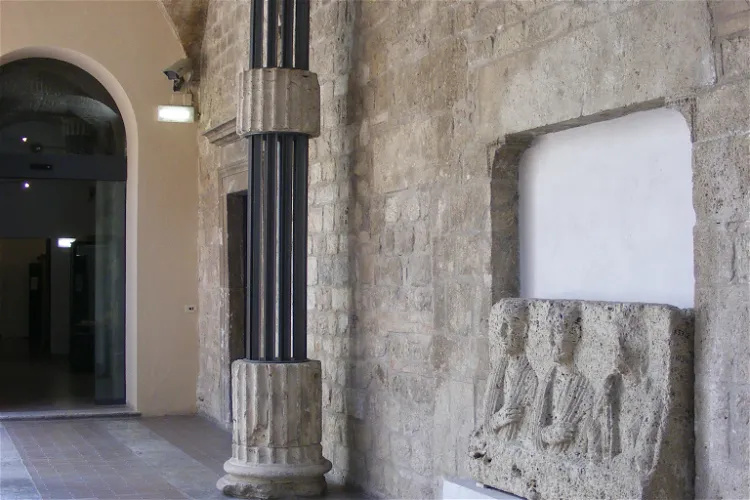
Museo Archeologico Statale di Ascoli Piceno
Ascoli PicenoThe Museo archeologico statale di Ascoli Piceno is located in the Palazzo Panichi in Piazza Arringo. This historic building provides a fitting setting for the museum's collection, which focuses on the archaeological heritage of the Ascoli Piceno region. The museum's location in the heart of the city makes it easily accessible for visitors.
Museo Etnografico "C'era una Volta"
AlessandriaThe Museo Etnografico della Gambarina "C'era una volta", situated in Alessandria, is recognized as one of the most significant museums in the province of Alessandria. It offers a rich insight into the local culture and history, making it a worthwhile destination for tourists interested in understanding the region's past.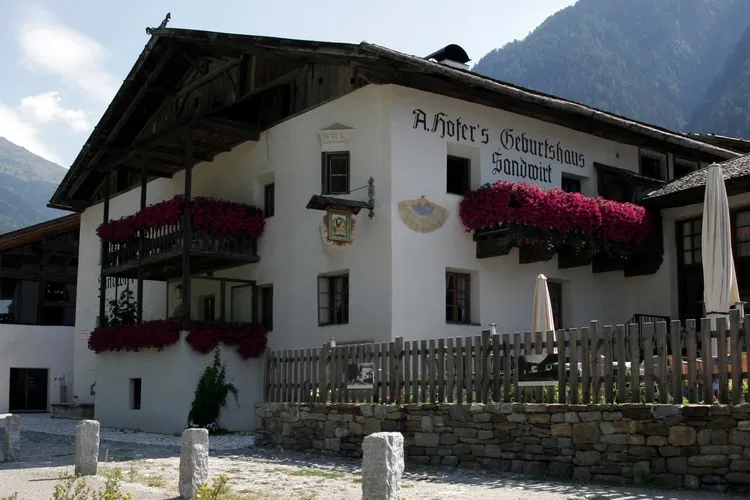
MuseumPasseier
San Leonardo in PassiriaMuseumPasseier is a historical museum situated in the picturesque town of San Leonardo in Passiria. It offers a deep dive into the rich history of the region, making it an interesting destination for history enthusiasts and curious tourists alike.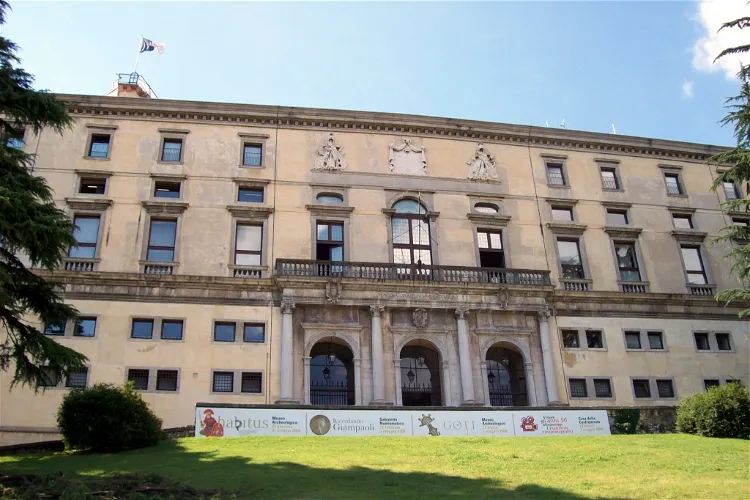
Civic Museums of Udine
UdineEstablished in 1865 and opened to the public a year later at the Bartolini Palace, the Civic Museums and Galleries of History and Art of Udine have a long-standing history. This history is reflected in the vast collection of artifacts and artworks that they house.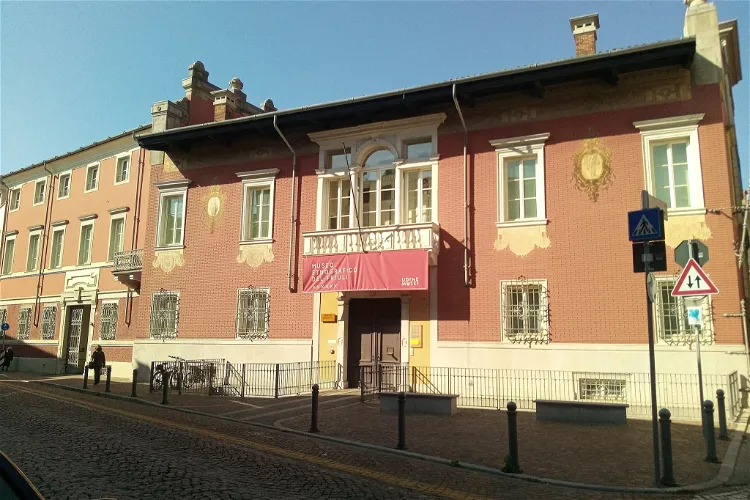
Ethnographic Museum of Friuli
UdineThe Ethnographic Museum of Friuli, situated in the city of Udine, is housed in the Palazzo Giacomelli. After being closed for over two decades, the museum reopened its doors in October 2010. The museum's location in the historic Palazzo Giacomelli adds an extra layer of cultural significance to the visitor's experience.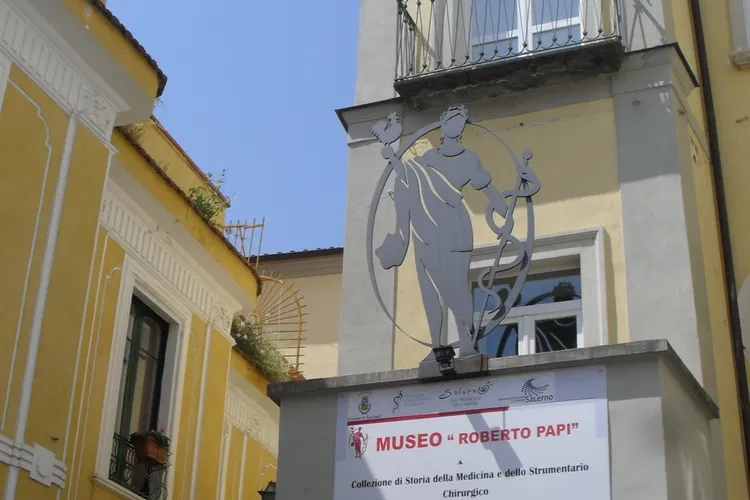
Roberto Papi Museum
SalernoThe Roberto Papi Museum is situated in the historic Galdieri Palace in Salerno. This location adds a touch of history and grandeur to the museum, making it an interesting destination for tourists who appreciate architecture and history.
Museo del Risorgimento e Sacrario Oberdan
TriestThe Museo del Risorgimento e sacrario di Oberdan is an exhibition space in Trieste that is dedicated to the Risorgimento. The museum's exhibits span a timeline from the revolutions of 1848 to World War I, with a particular emphasis on relics related to Venezia-Giulia. This provides a unique opportunity for visitors to delve into a significant period of Italian history and gain a deeper understanding of the events and figures that shaped the nation.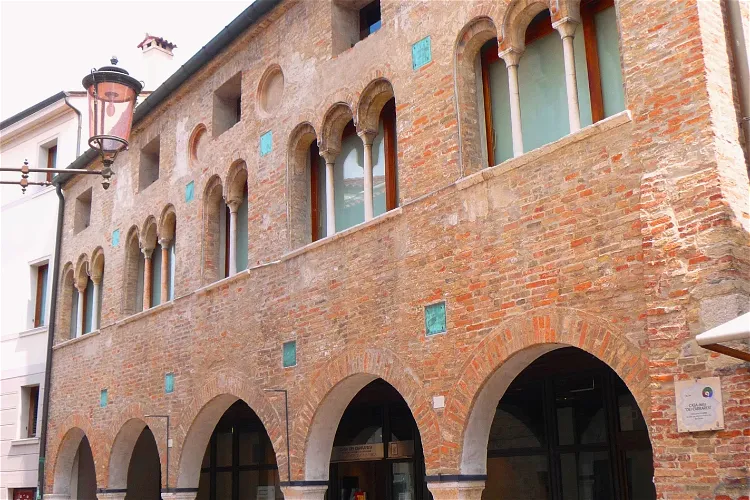
Casa dei Carraresi
TrevisoThe Ca' dei Carraresi is a medieval palace situated in the historic heart of Treviso, nestled between the Cagnan river and Via Palestro. This location is not just a historical site, but also a vibrant cultural hub, hosting significant exhibitions and conferences. Its central location and rich history make it an interesting destination for tourists seeking to immerse themselves in the local culture and history.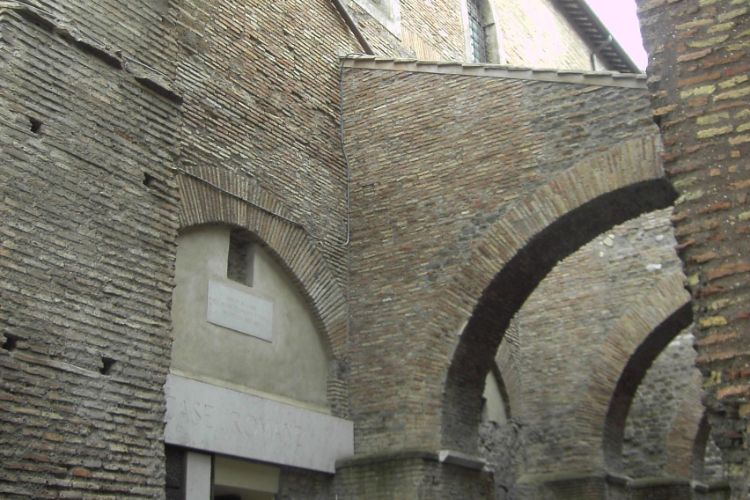
Case Romane del Celio
RomeCase Romane del Celio refers to the remains of a Roman residential complex below the Basilica dei Santi Giovanni e Paolo in the Celio district in Rome. There are many frescoes to be seen from different times and with different iconographic intentions. After a long restoration a museum opened here th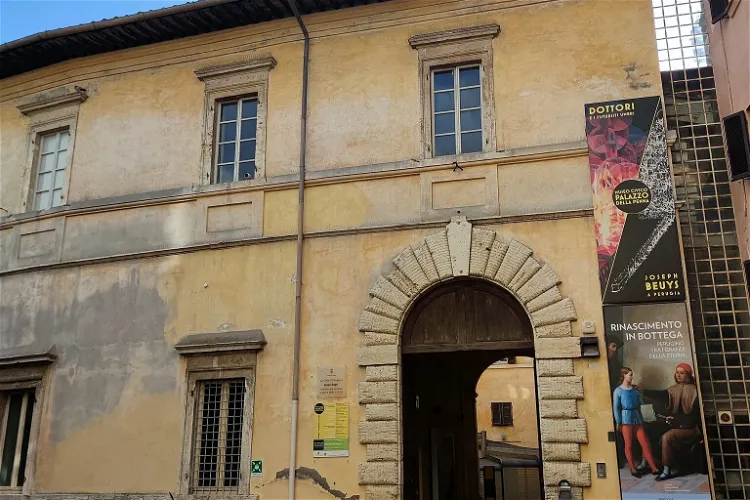
Museo Civico di Palazzo della Penna
PerugiaThe Palazzo Della Penna is a neoclassical palace situated in Perugia. It is located at via Podiani 11 and overlooks the piazza d'Italia. The palace's location and architectural style make it a notable landmark in the city.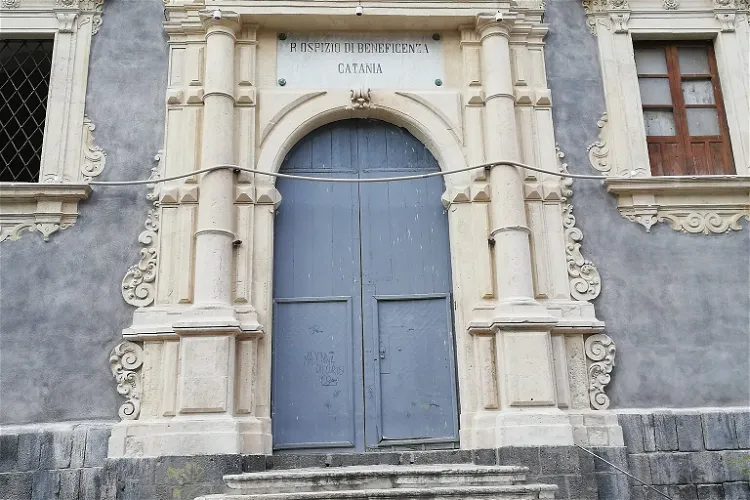
Church of Saint Francis Borgia
CataniaThe Church of San Francesco Borgia is a Roman Catholic church situated on Via Crociferi #7, in the city of Catania, in the region of Sicily, southern Italy. This location is easily accessible and is surrounded by other notable sites, making it a convenient stop for tourists exploring the area.
Palazzo Morando
MilanThe Palazzo Morando is a historic building in the city of Milan and houses the Museum of Milan and the Costume Moda Immagine collection (a fashion related collection). The Palazzo Morando itself is an 18th century palazzo decorated and furnished from that period and features a rich collection of ant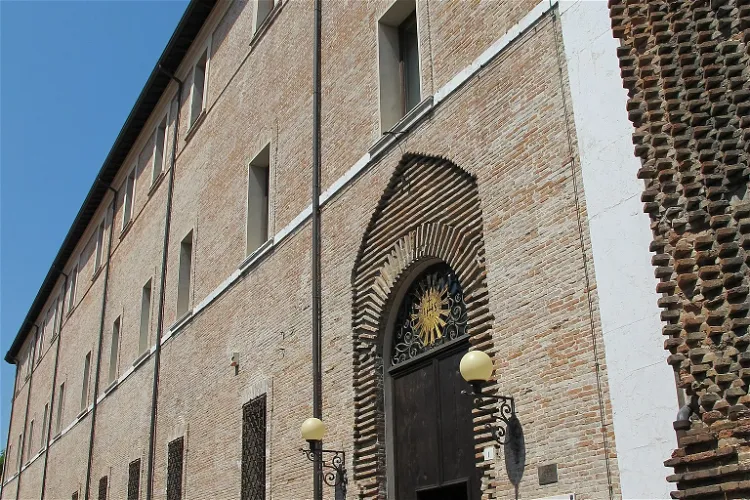
City Museum Rimini
RiminiThe Museo della Città, or City Museum, is situated in the former Jesuit convent on Via Luigi Tonini #1 in the city of Rimini, in the Emilia-Romagna region of Italy. This location is steeped in history, having served as a seminary and convent, a hospital, and now a museum. Its rich past adds to the cultural significance of the museum and provides a unique backdrop for the exhibits within.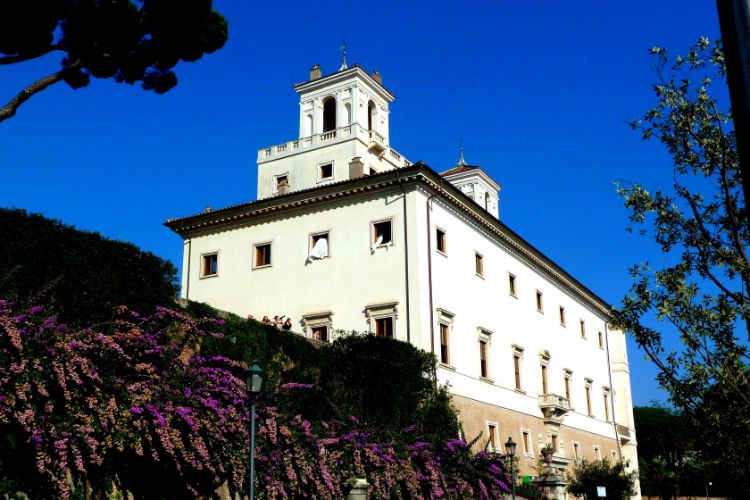
Villa Medici - Accademia di Francia a Roma
RomeThe Villa Medici is a large country house in Rome, built by Ferdinando I de 'Medici, Grand Duke of Tuscany, at the end of the 16th century on the site of the gardens of Lucullus. The villa is located on the Pincio hill, just north of the old town of Rome. In 1803, Napoleon founded a branch of the Fr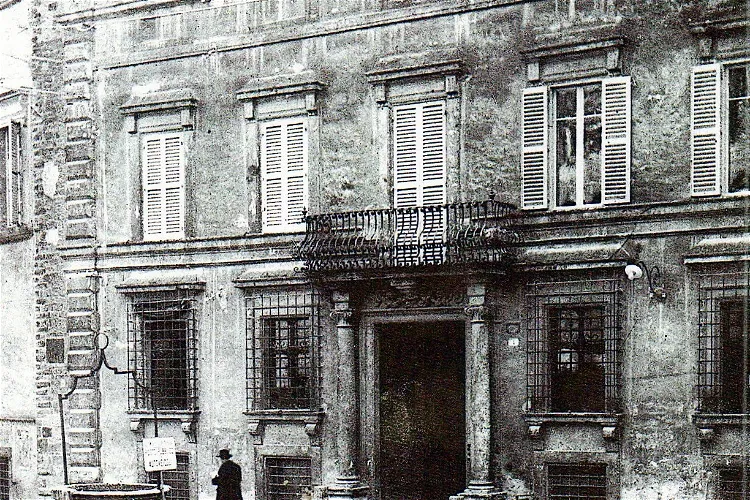
House Museum of Palazzo Sorbello
PerugiaPalazzo Sorbello is a historic building in Perugia, constructed in the late 16th century. It is located in the city center, a short distance from the San Lorenzo cathedral. The building's entrance opens onto Piazza Piccinino, opposite the mouth of the Etruscan well, an important underground monument from the Etruscan era (3rd century BC).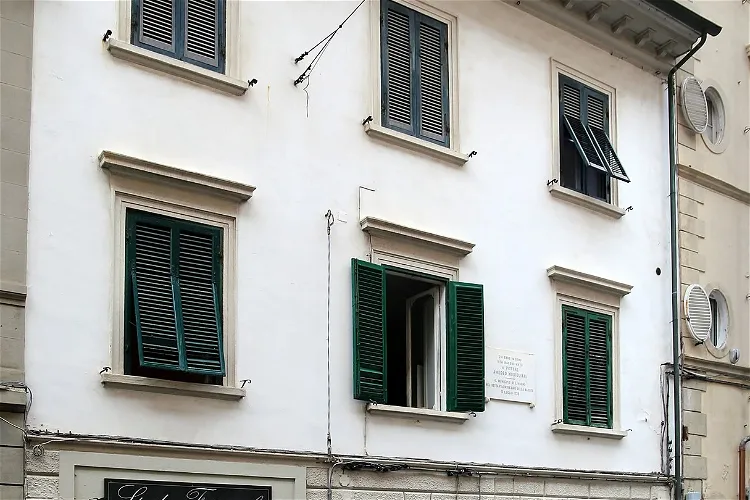
Birthplace Amedeo Modigliani
LivornoThe birthplace of the renowned painter Amedeo Modigliani is situated in Livorno, at 38 Via Roma. This location is conveniently close to the central Piazza Attias, making it easily accessible for tourists visiting the city.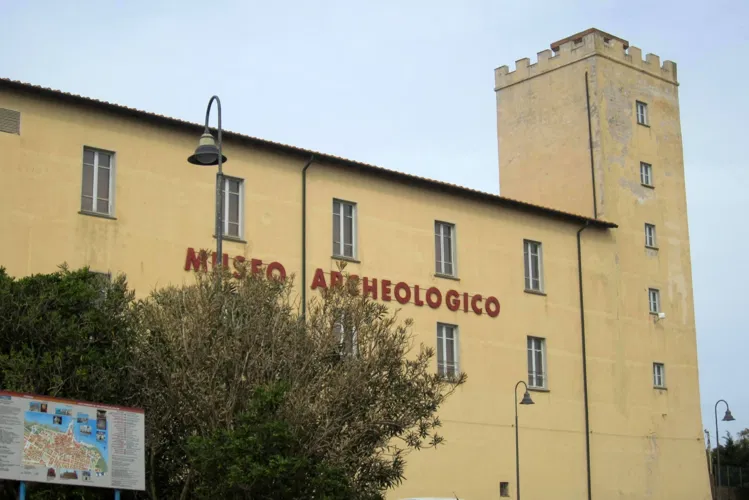
Archaeological Museum of the territory of Populonia
PiombinoThe Archaeological Museum of Populonia, which opened its doors in 2001, is situated in the picturesque town of Piombino in Italy. This museum is a significant destination for those interested in history and archaeology, offering a unique insight into the ancient territory of Populonia.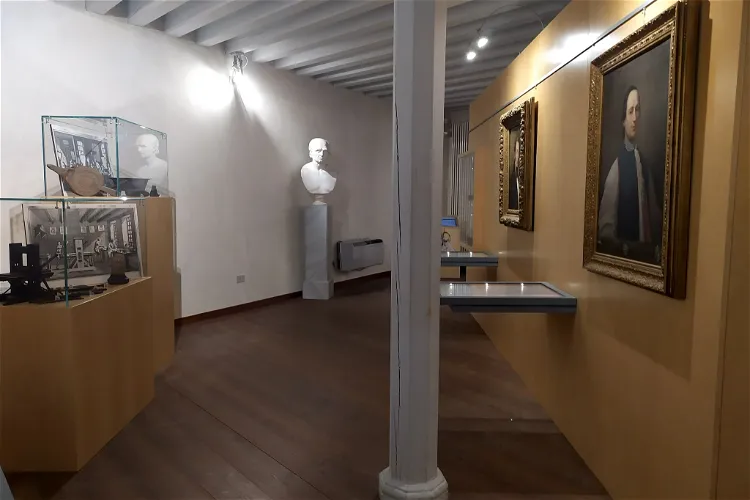
Palazzo Sturm - Musei Biblioteca Archivio di Bassano del Grappa
Bassano del GrappaThe Remondini Print Museum in Bassano del Grappa is a unique institution in Italy, dedicated entirely to the art and history of printing. Since 2007, it has been housed in Palazzo Sturm, a beautiful 18th-century residence situated on the banks of the Brenta River. This location not only provides a stunning backdrop for the museum but also adds to the historical significance of the exhibits.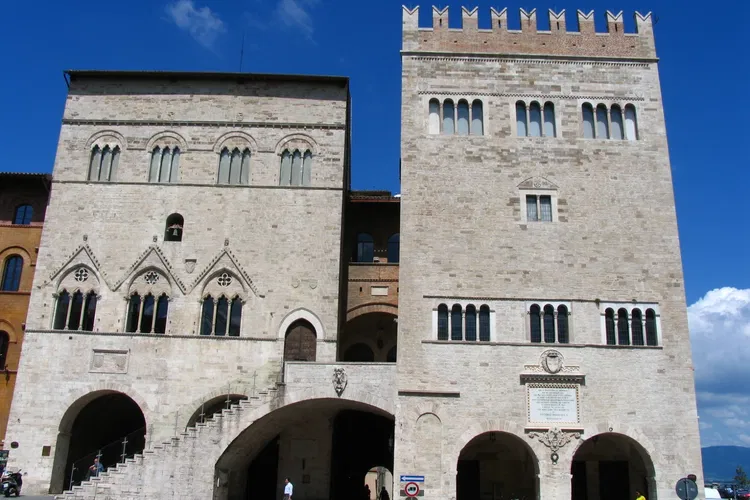
Palazzo del Popolo, Todi
TodiThe Museo Civico di Todi, also known as the municipal museum of Todi, is situated in the Piazza del Popolo in Todi. It is housed in the upper floors of two historic buildings, the Palazzo del Capitano and Palazzo del Popolo. These buildings themselves are of historical significance and add to the charm of the museum.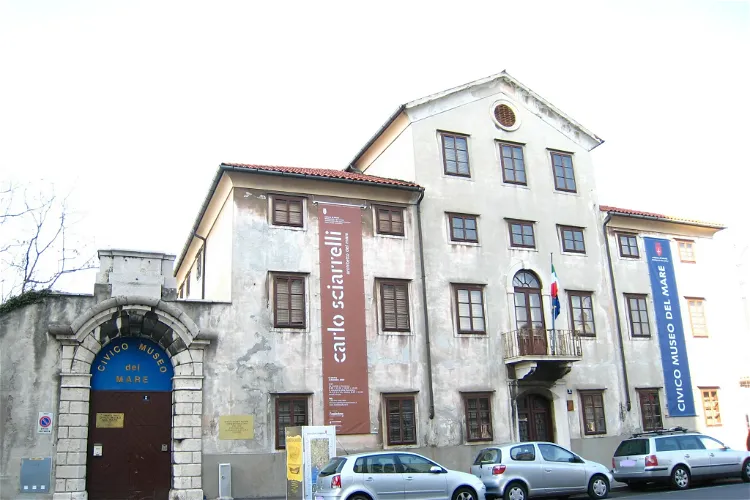
Maritime Museum
TriestThe Maritime Museum in Triest, founded in 1904, is a historical institution that houses a vast collection of documents and objects. These artifacts narrate the history of the port and maritime activities of the city. Visitors can gain a deep understanding of the city's maritime past and its evolution over the centuries.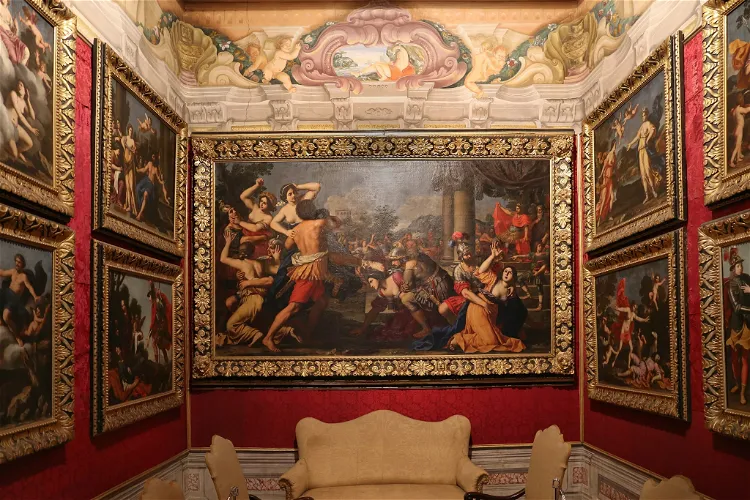
Museo Clemente Rospigliosi
PistoiaThe Palazzo Rospigliosi a Ripa del Sale, also known as Rospigliosi sulla Ripa, is a former aristocratic palace situated at Via Ripa del Sale number 3 in the heart of Pistoia, Tuscany, Italy. This historic building is nestled in a small alley adjacent to the Pistoia Cathedral, within the city's most ancient set of walls.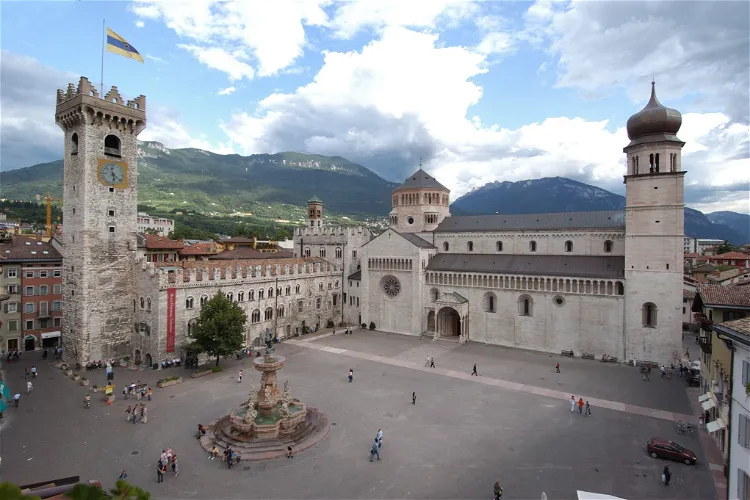
Tridentine Diocesan Museum
Provincia di TrentoThe Tridentine Diocesan Museum is situated in the Palazzo Pretorio, which was the first bishop's residence. This historic building is located next to the Cathedral of San Vigilio, in the heart of Trento, Italy. The museum houses a rich heritage of art and culture, dating from the 11th to the 19th century, originating from the churches of Trentino.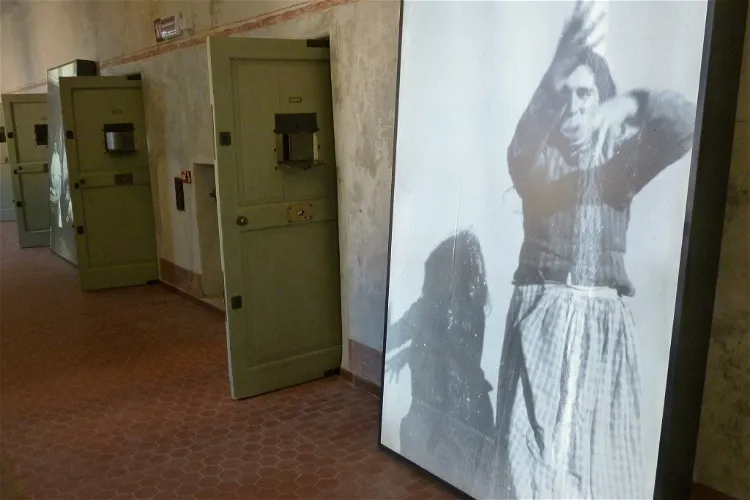
Museum of History of Psychiatry
Reggio nell'EmiliaThe Museum of History of Psychiatry in Reggio Emilia is a unique destination that offers a glimpse into the history of psychiatric treatment. The museum houses a collection of objects that were used in the San Lazzaro psychiatric hospital, which were collected by psychiatrist Carlo Livi since 1874. These objects provide a tangible connection to the past and offer insights into the evolution of psychiatric care.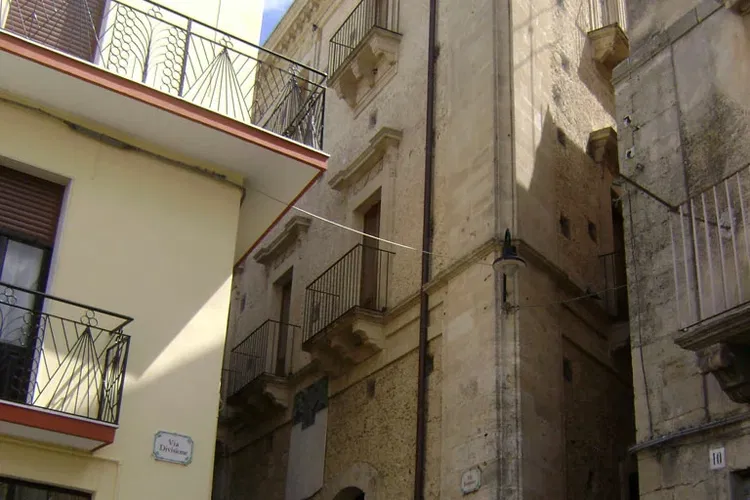
Luigi Capuana House-Museum
MineoThe Luigi Capuana House-Museum is a cultural institution situated in the city of Mineo, within the province of Catania. This location is significant as it provides a historical context to the museum and its collections. Visitors can appreciate the museum's setting in the heart of Sicily, surrounded by the rich cultural and historical heritage of the region.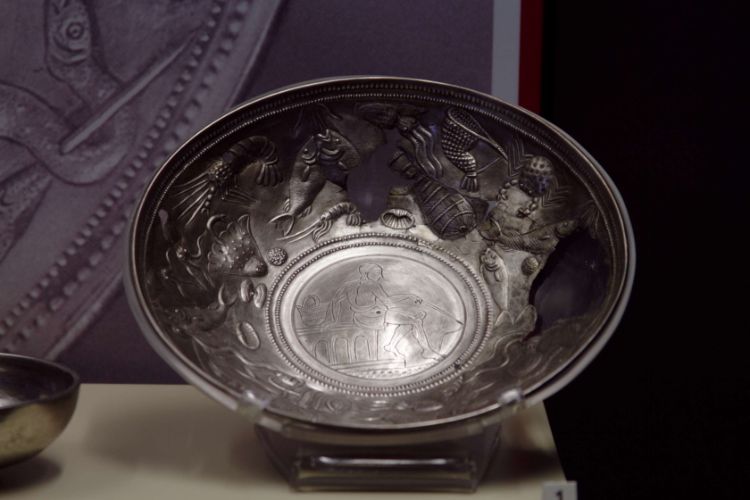
Archaeological Museum of Milan
MilanThe Archaeological Museum of Milan (Museo Civico Archeologico) is housed in the ex-convent of the Monastero Maggiore, next to the church of San Maurizio al Monastero Maggiore. The museum is dedicated to antiquity and the Early Middle Ages. On two levels the Archaeological Museum of Milan mainly show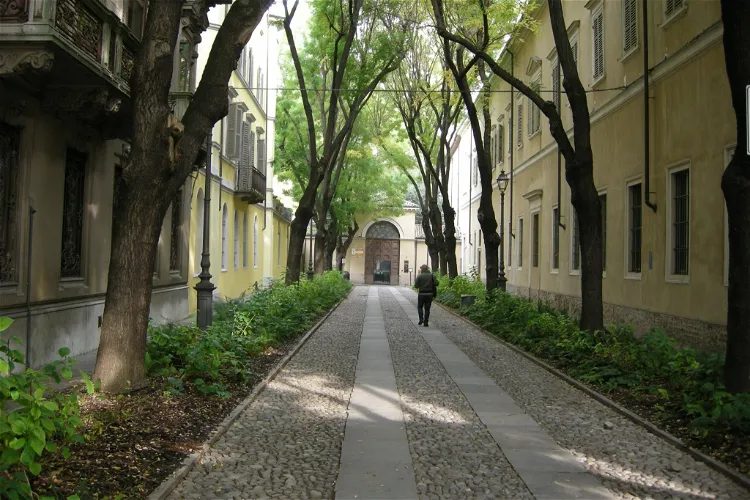
Castello dei Burattini - Museo Giordano Ferrari
ParmaIl Castello dei Burattini is a unique museum located in Parma, Italy. It is dedicated to the display of puppets, marionettes, and other stage objects. This museum offers a fascinating insight into the world of puppetry and marionette art, showcasing a wide range of items that have been used in performances over the years.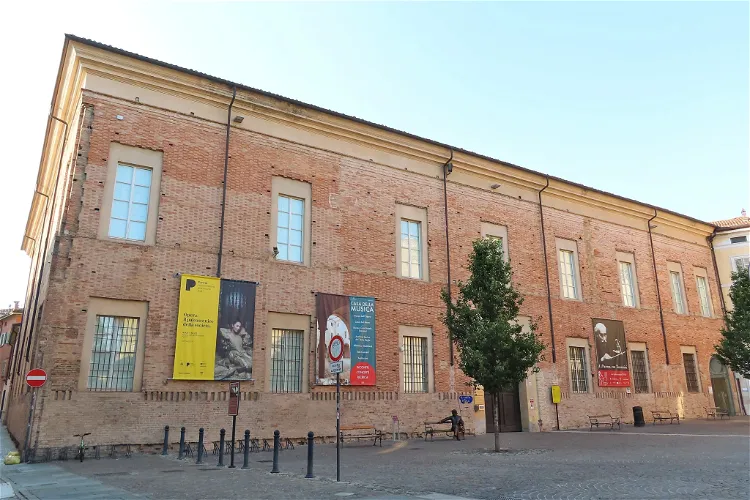
Casa della Musica
ParmaLa Casa della Musica, or the House of Music, is situated in Palazzo Cusani, an aristocratic residence located at the northern edge of the historic center of Parma. This location adds a touch of historical charm to the music institution, making it a unique destination for music lovers visiting the city.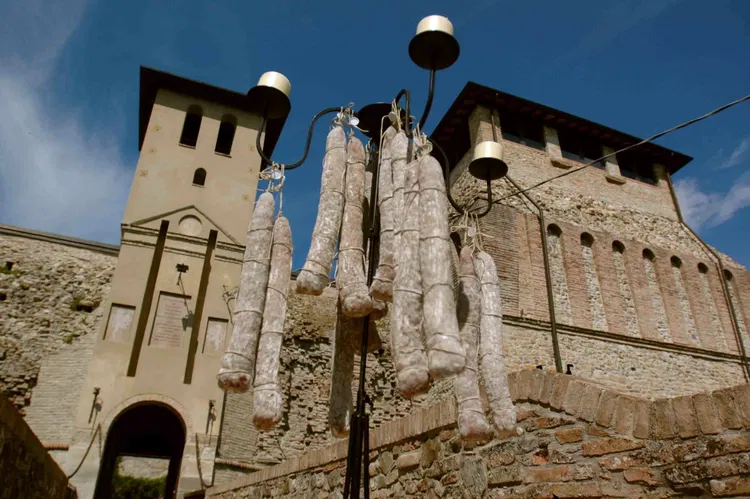
Museo del Salame di Felino
FelinoThe Museo del Salame di Felino is an ethnographic museum that focuses on the production of Salame di Felino. It is situated within the cellars of the Castello di Felino, an ancient manor that dates back to the year 890. The museum is located in Felino, in the Province of Parma.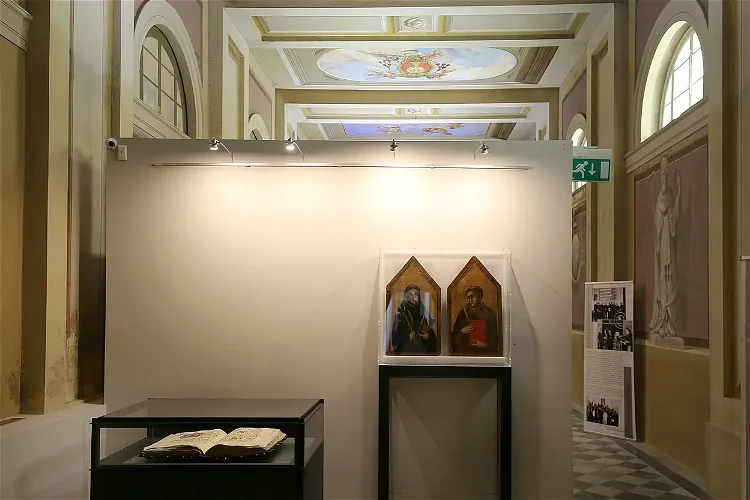
Museo Diocesano "Leonello Barsotti" di Livorno
LivornoThe Museo diocesano Leonello Barsotti is a museum of sacred art located in Livorno. It was inaugurated on December 22, 2008, and further expanded a year later on December 22, 2009. The museum is a testament to the rich religious history and art of the region, making it a significant destination for those interested in exploring this aspect of Livorno's culture.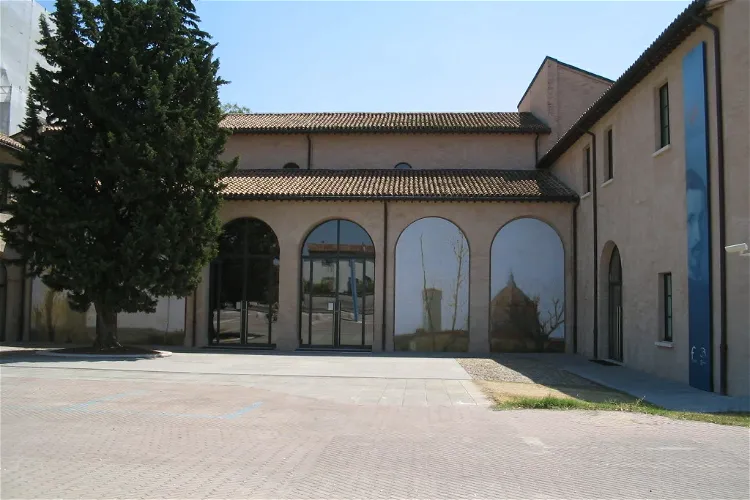
San Domenico Museum
ForlìThe San Domenico Museums are a collection of five buildings located in Forlì, Italy. They are named after a Dominican convent that dates back to the 13th century. This historical complex provides a unique insight into the rich history and culture of the region.
Museo Capitolare Diocesi di Foligno
FolignoThe Museo Capitolare Diocesano di Foligno is situated in the Canoniche Palace, in Piazza della Repubblica. This location is steeped in history, with the palace itself being documented from the 11th century. It underwent modifications in the 16th and 18th centuries and owes much of its current appearance to comprehensive restorations carried out between 1923 and 1926.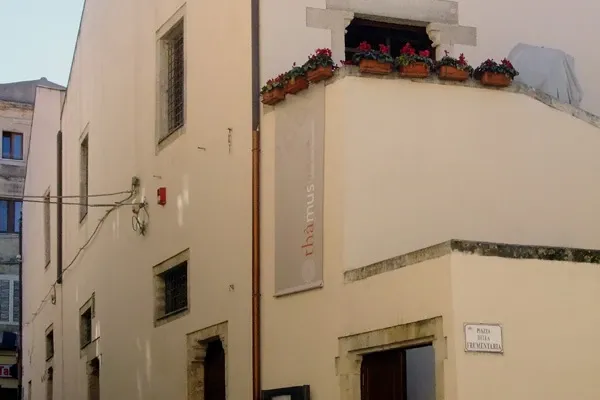
Museo della Città - Palazzo della Frumentari
SassariThe Frumentaria, also known as Palazzo della Frumentaria, is a historic building located in the San Sisto district of Sassari. Today, it serves as a museum and a contemporary art gallery, offering visitors a chance to explore a piece of Sassari's history while enjoying modern art exhibits.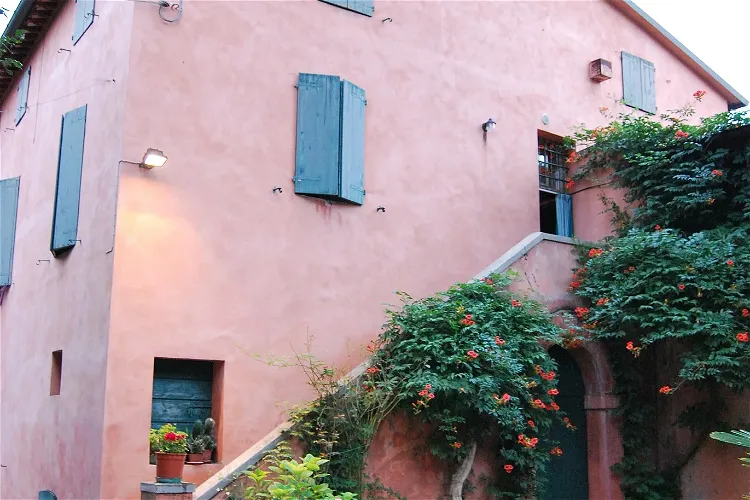
Casa Museo Villa Saffi
ForlìVilla Saffi is an 18th-century country house situated just outside the historic center of Forlì, in the Italian region of Emilia-Romagna. This location offers visitors a chance to explore the rich history of the region while enjoying the serene environment of the countryside.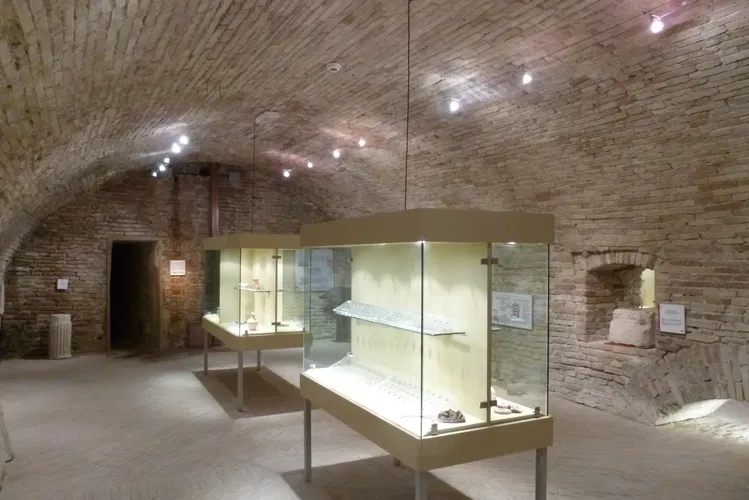
Museo Archeologico del Territorio di Suasa
San Lorenzo in CampoThe Museo archeologico del territorio di Suasa is housed in the Della Rovere palace in San Lorenzo in Campo. This location adds a touch of historical grandeur to the museum, making it a unique destination for those interested in both history and architecture.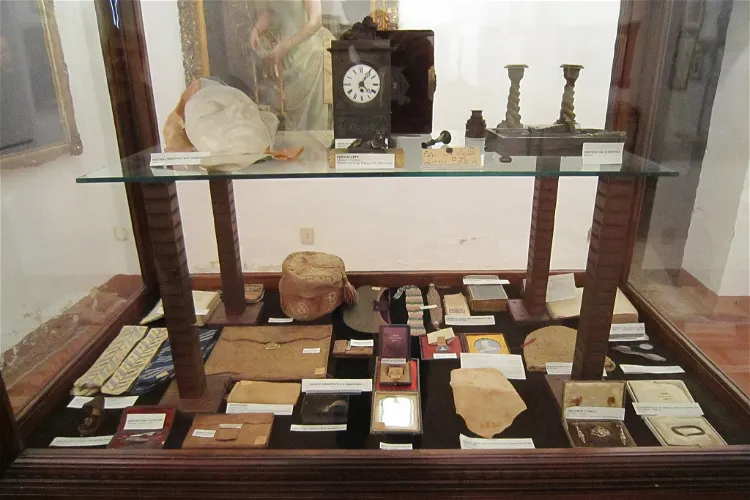
Museo del Risorgimento “A. Saffi”
ForlìThe Museo del Risorgimento in Forlì is a museum primarily dedicated to the Risorgimento, a period in Italian history that led to the unification of Italy. The museum houses artifacts from a broad historical period, starting from Napoleon's first invasion of Italy in 1796 up to the end of the Second World War in 1945.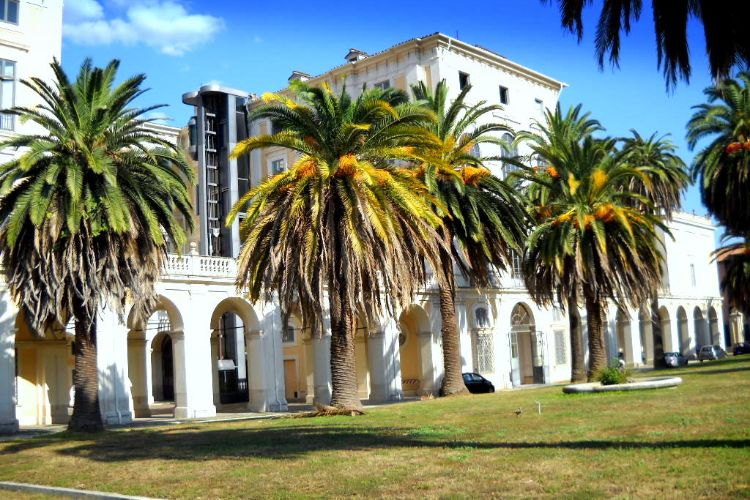
Galleria Corsini - Palazzo Corsini
RomePalazzo Corsini is a villa in Rome from the 15th century that houses the Galleria Corsini. The palace was originally built by the Riario family and later inhabited by Queen Christina of Sweden during the 17th century. The Florentine Corsini family moved into the building after Cardinal Lorenzo Corsi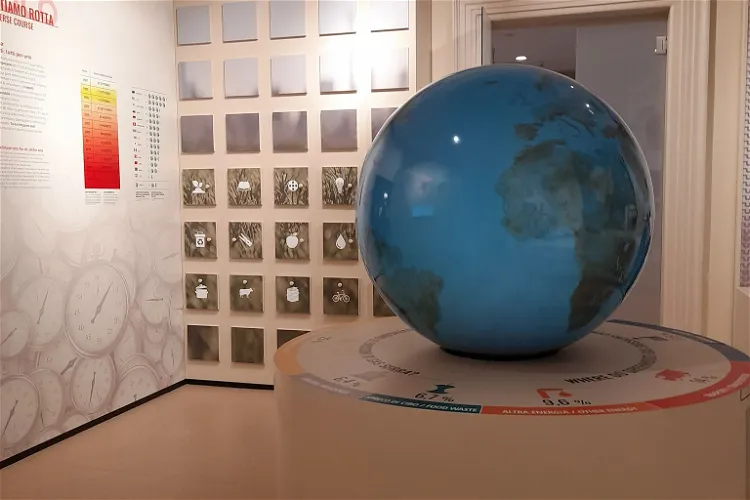
Museum of Geography - Padova
PaduaThe Museum of Geography is a part of the University of Padua and is situated in the historic Palazzo Wollemborg. The museum houses a collection of materials that have been gathered over a span of 150 years, reflecting the research and activities of the Geography department of the university. This collection provides a unique insight into the evolution of geographical studies and research over a significant period of time.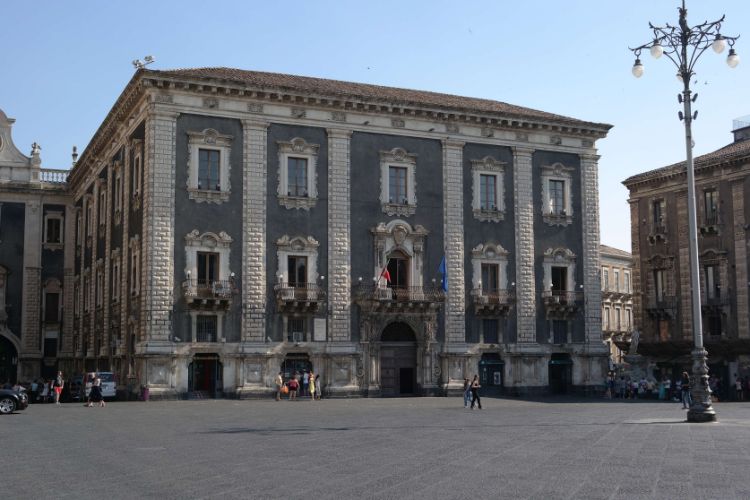
Museo Diocesano
CataniaMuseo Diocesano (The Diocesan Museum of Catania) is a museum in Catania, housed in the Palazzo del Seminario dei Chierici, built in the 18th century and adjacent to the Cathedral of Sant'Agata. The museum is structured in two distinct sections that include, the sacred furnishings of the cathedral of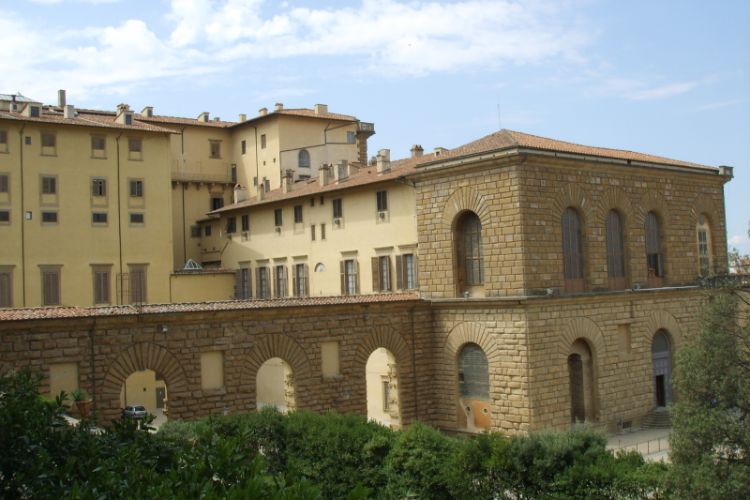
Tesoro dei Granduchi
FlorenceThe Tesoro dei Granduchi (Treasure of the Grand Dukes) is part of the Palazzo Pitti complex in Florence. Established in the second half of the 19th century, it is housed in the northern side wing of the main building and extends over 14 rooms on the ground floor and 13 rooms at the mezzanine floor a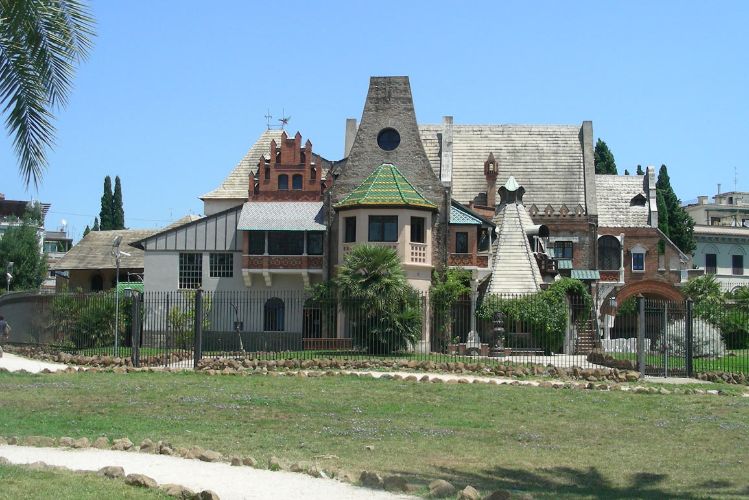
La Casina delle Civette - Musei di Villa Torlonia
RomeThe Casina delle Civette (House of the Little Owls) is a result of a series of additions to a building that was intended as a refuge from the formality of the main villa on the grounds, Villa Torlonia, a villa in Rome with surrounding gardens which used to belong to the Torlonia family, of which con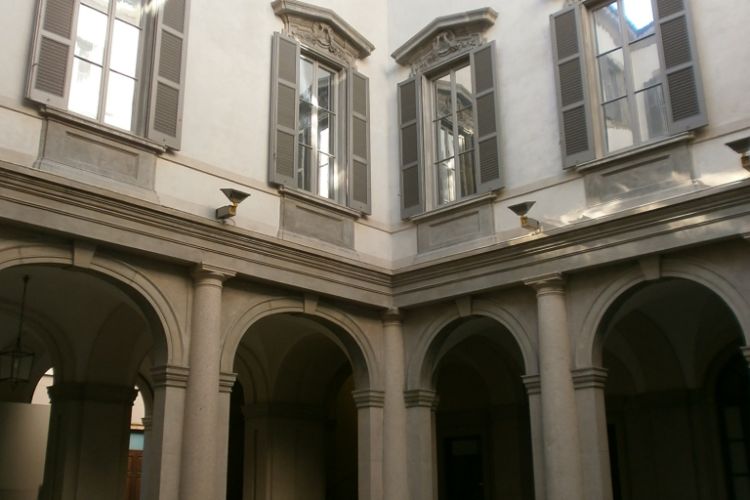
Museo del Risorgimento
MilanThe Risorgimento Museum (Museo del Risorgimento) in Milan is housed in the 18th century Palazzo Moriggia. The museum holds and exhibits a collection that illustrates the history of Italian unification since Napoleon's first Italian campaign of 1796 to the taking of Rome in 1870. The city of Milan pl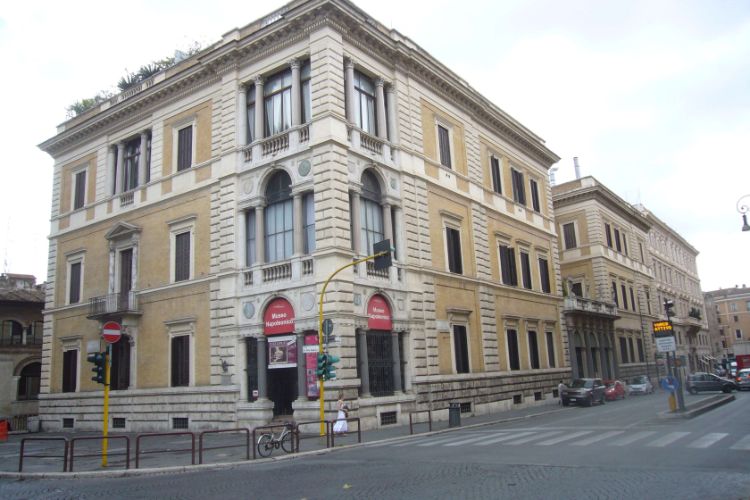
Museo Napoleonico
RomeMuseo Napoleonico is a museum in Rome that holds and exhibits a collection that was donated in 1927 by Count Giuseppe Primoli, a descendant of Napoleon. The museum houses various portraits and objects, but also interiors from the Neapolitan era. The collections of the Museo Napoleonico are divided i
Museo Archeologico Regionale Antonio Salinas
PalermoThe Museo Archeologico Regionale Antonino Salinas is an archaeological museum in Palermo. The museum shows archaeological finds from Carthaginian and Greek settlements in mainly western Sicily from prehistoric times to the Late Roman period and is named after the Sicilian archaeologist Antonino Sali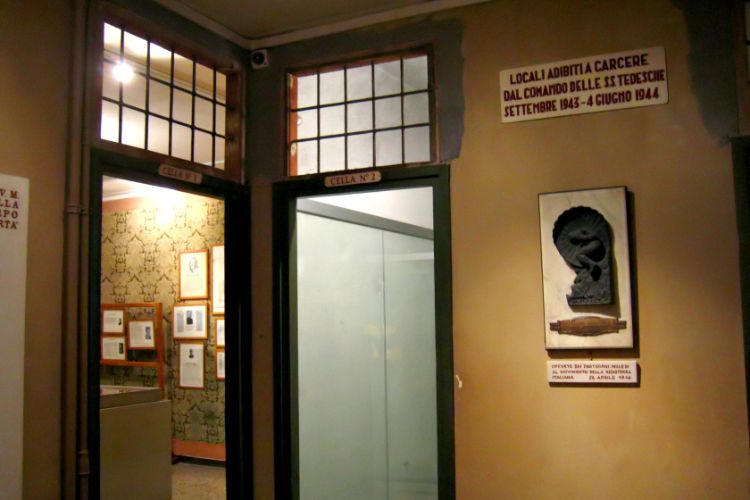
Museo Storico della Liberazione
RomeThe Museo Storico della Liberazione is the Museum of the Liberation of Rome that occupies three floors in an apartment building where it illustrates the period of German occupation of Rome in World War II as well as its liberation. The building was used as the headquarters of the Sicherheitspolizei,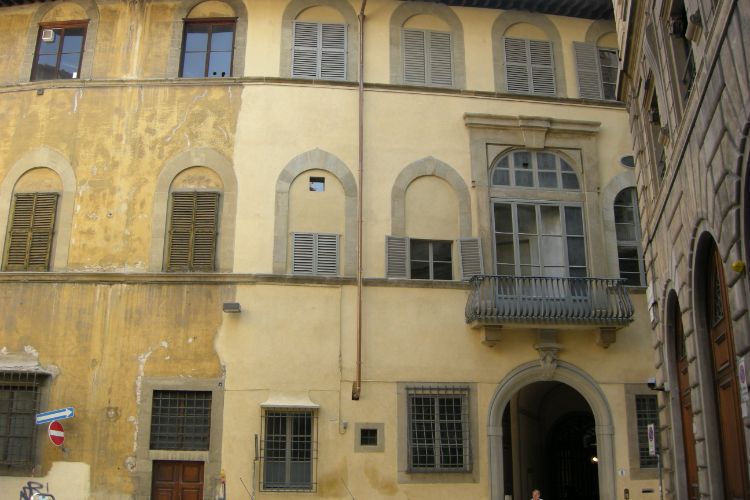
Museo di Casa Martelli
FlorenceMuseo di Casa Martelli in FLorence is housed in Palazzo Martelli, a former residential palace. This civic museum exhibits in situ the remains of the original family's valuable art collection, as well as its frescoed rooms. The collection includes works by di Cosimo, Francia, Morandini, Rosa , Giorda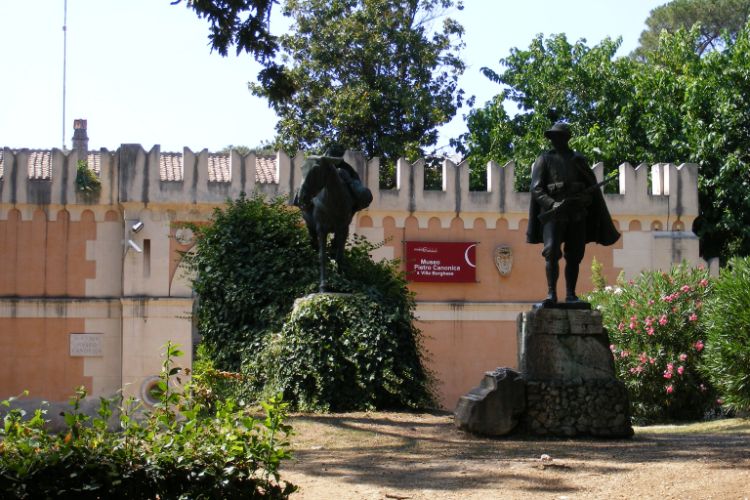
Museo Pietro Canonica
RomeThe Pietro Canonica Museum is the house museum of the sculptor Pietro Canonica. The house, where the artist lived until his death, was donated to the municipality of Rome which now manages the museum. The ground floor and the lower floors of the museum contain rooms that display the works, both copi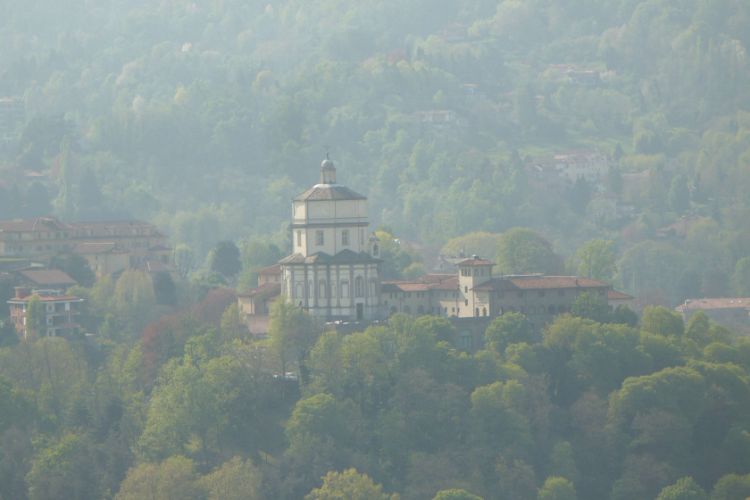
Museo Nazionale della Montagna
TurinMuseo Nazionale della Montagna (The National Museum of the Mountain "Duca degli Abruzzi") is a museum in Turin is located in Turin, near the church and the convent of Monte dei Cappuccini, from which you have a panoramic view of the Alps and the city. The building that houses the museum started out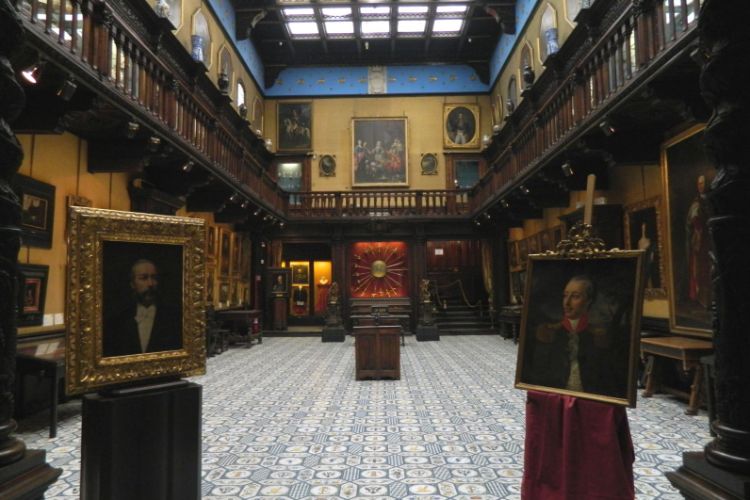
Museo Civico Gaetano Filangeri
NaplesThe Museo Civico Filangieri (Filangieri civic museum) is a museum in Naples with a collection of artworks, coins, and books collected in the 19th century by Gaetano Filangieri, prince of Satriano. The museum is housed in his former palace, Palazzo Cuomo. The museum holds works by artists such as Jus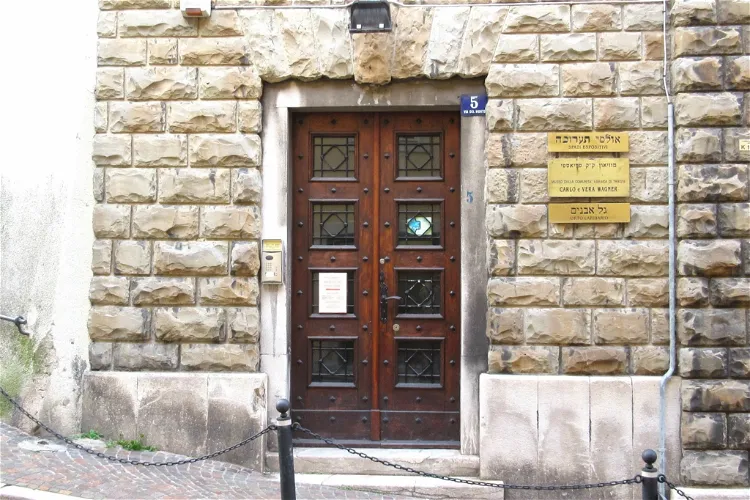
Museum of The Jewish Community Of Trieste Carlo e Vera Wagner
TriestThe Jewish Museum “Carlo and Vera Wagner" is situated in the heart of Trieste, Italy, at via del Monte 5/7. The museum was inaugurated in 1993 and is housed in a building of historical significance to the Jewish community of Trieste. The museum's location and its rich history make it an interesting destination for tourists visiting the city.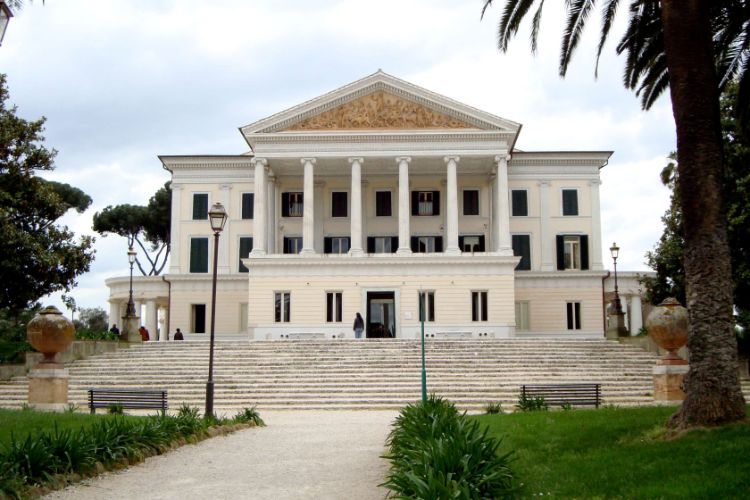
Il Casino Nobile - Musei di Villa Torlonia
RomeVilla Torlonia is a villa in Rome with surrounding gardens which used to belong to the Torlonia family. Mussolini rented Villa Torlonia from the family for one lira a year to use as his state residence from the 1920s onwards. Nowadays it is a museum: Musei di Villa Torlonia. The museum in the villa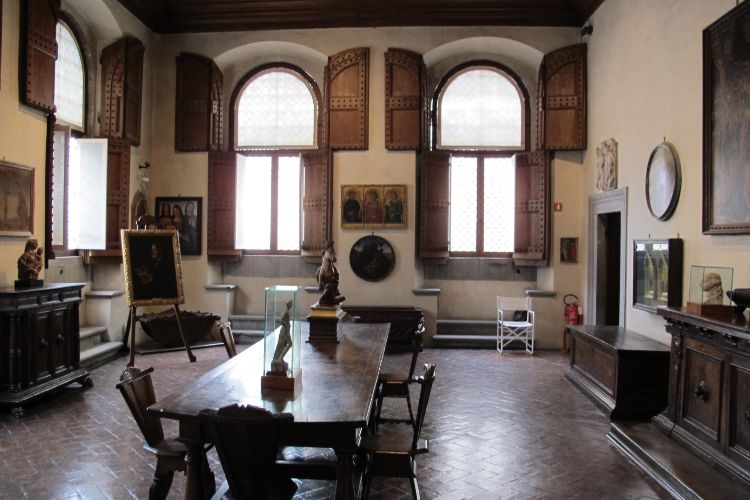
Museo Horne
FlorenceThe Museo Horne is a museum that is housed in the former Palazzo Corsi in Florence that holds a collection that mainly consists of art and furnishings of the 14th and 15th centuries. The collection includes ancient artifacts, sculptures, painted chests and a notable collection of manuscripts and pai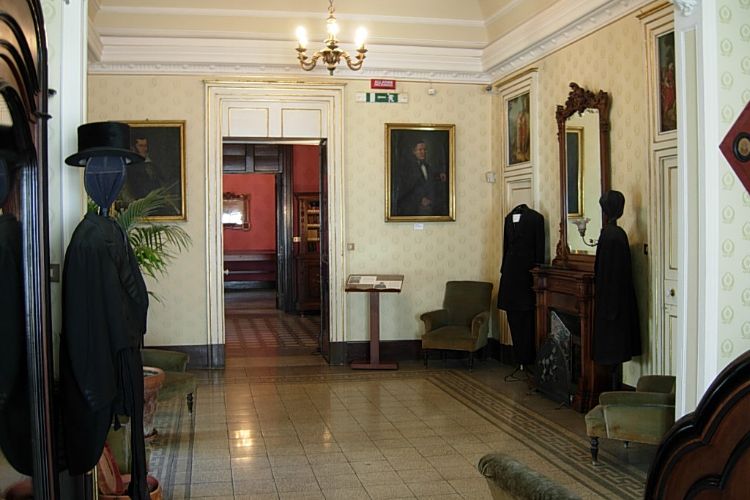
Giovanni Verga's House Museum
CataniaThe Giovanni Verga's House Museum (Casa Museo Giovanni Verga) in Catania is a literary museum in the birthplace of the Italian writer Giovanni Verga, a novelist and short story writer, best known for his depictions of life in his native Sicily, especially the short story "Cavalleria rusticana" and t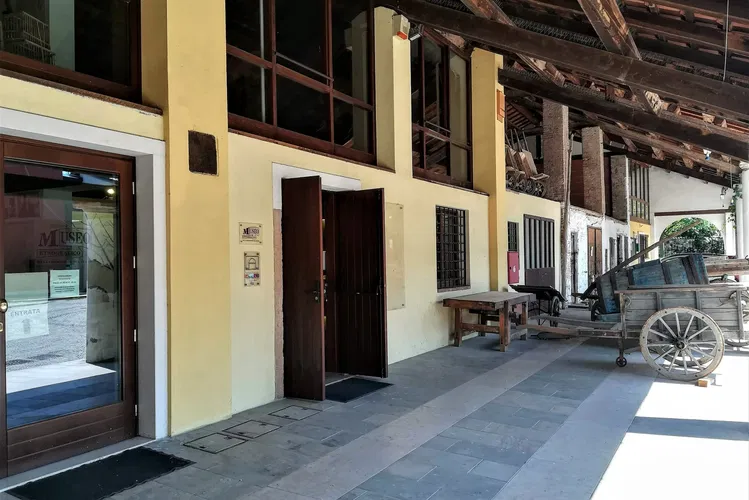
Museo Etnografico sulla Lavorazione del Legno
San Vito di LeguzzanoThe Museo Etnografico sulla Lavorazione del Legno is an ethnographic museum that is situated in San Vito di Leguzzano, a municipality in the province of Vicenza. The museum is housed within the Corte Priorato-Gandin, a historic site in the region.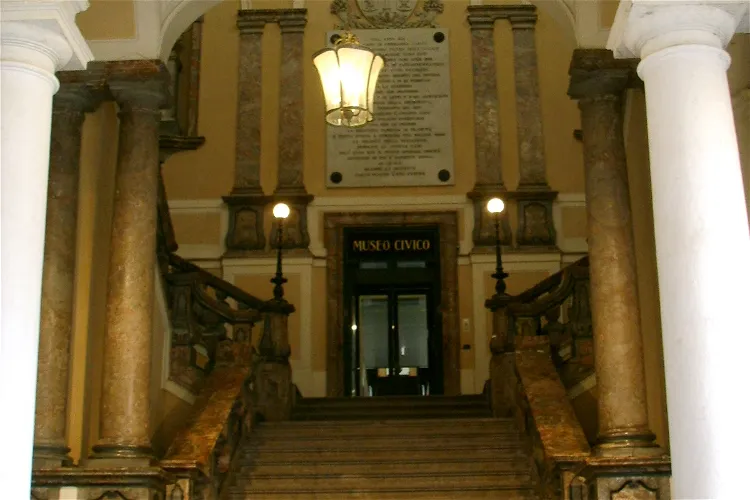
Museo Civico Ala Ponzone
CremonaThe Museo Civico Ala Ponzone is a public museum and art gallery situated in the historic Palazzo Affaitati, a 16th-century building in Cremona, Italy. This location adds a layer of historical significance to the museum, making it a fascinating destination for tourists interested in both art and history.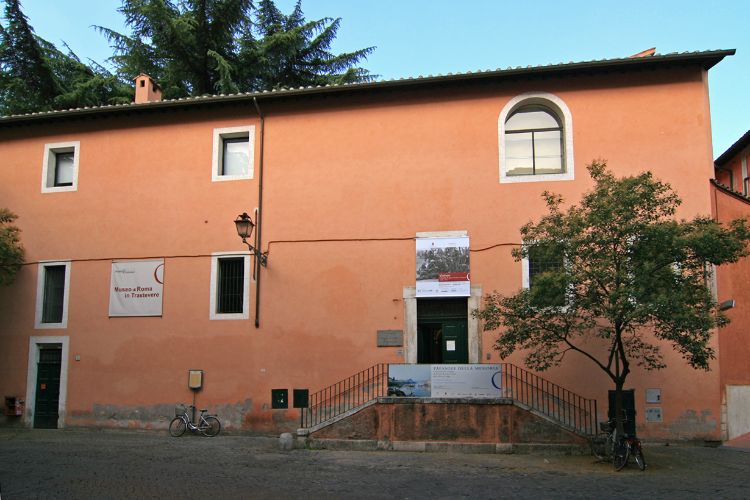
Museo di Roma in Trastevere
RomeMuseo di Roma in Trastevere is a museum in Rome that is housed in the restored Carmelite convent of Sant'Egidio. The museum holds and exhibits a collection that illustrates the recent culture of Rome, with the help of life-size models. The main focus is on Roman life in the late eighteenth and ninet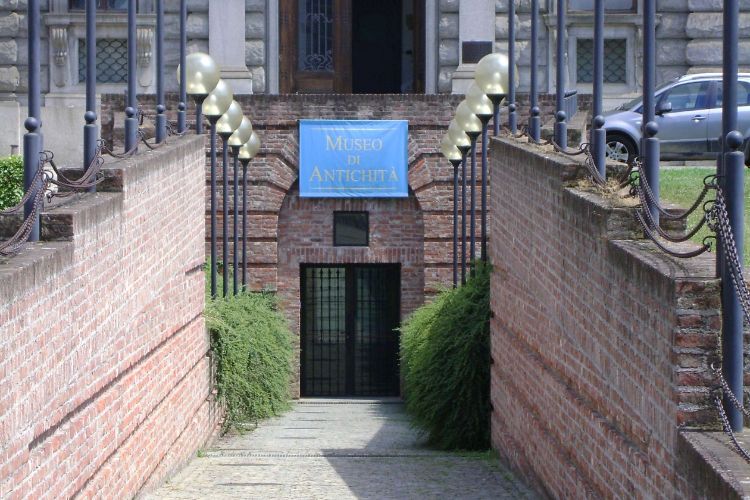
Museo Archeologico, Teatro Romano & Palazzo Chiablese
TurinThe Palazzo Chiablese is a stately home in Turin. Visitors can take guided tours in some of the rooms in the building. It was the residence of the Duke of Chablais first and then of Carlo Felice, King of Sardinia, and Ferdinando, Duke of Genoa. Now it houses a cultural collection that illustrates th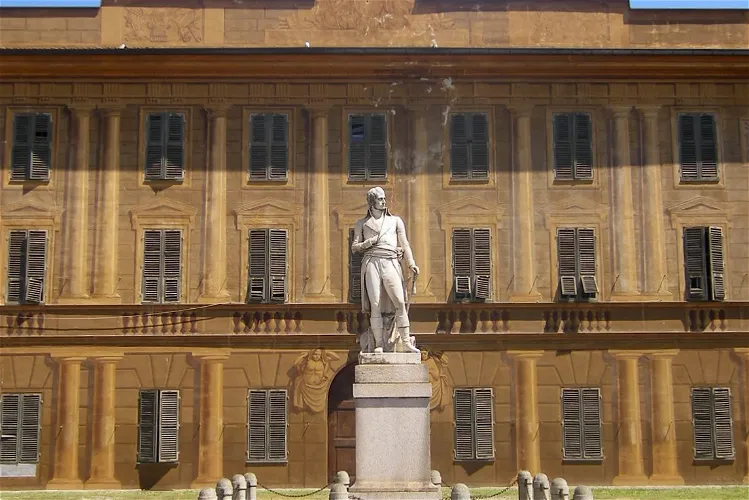
Marengo Museum
AlessandriaThe Marengo Museum is situated in the Spinetta Marengo district, within the municipality of Alessandria, Italy. This museum is dedicated to the Battle of Marengo, providing a comprehensive insight into this historical event. Visitors can explore the museum's extensive collection of artifacts and memorabilia from the era, as well as works created by contemporary artists.
Museo del Risorgimento Istituto Mazziniano
GenoaThe Risorgimento Museum - Istituto Mazzianiano is a museum in Genoa that is dedicated to the events of the Italian Risorgimento and, in particular, to some leading figures of that specific moment in Italian history closely linked to Genoa, such as Giuseppe Mazzini, Giuseppe Garibaldi and Goffredo Ma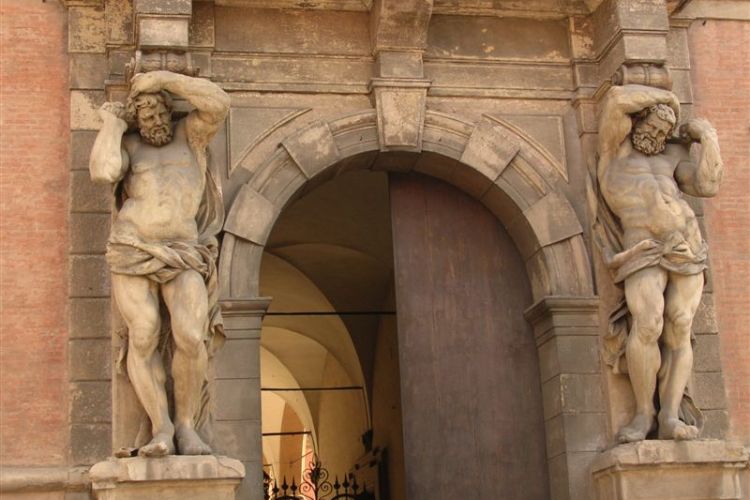
Davia Bargellini Museum
BolognaThe Davia Bargellini Museum is a museum in Bologna that is housed in the Palazzo Davia Bargellini. The museum was established under the guidance of the art historian Francesco Malaguzzi Valeri who arranged works from the Davia Bargellini collection of paintings along with a selection of applied art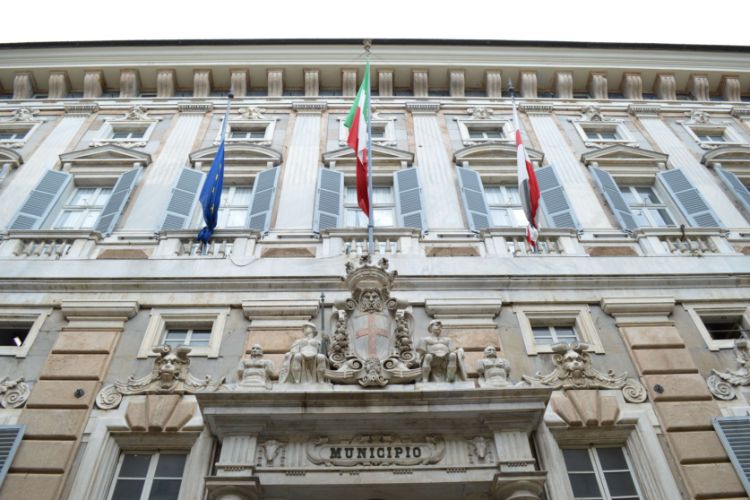
Palazzo Doria-Tursi
GenoaThe Palazzo Doria Tursi is a palace in the old town of the Italian city of Genoa. It is located on Via Garibaldi, which belongs to the so-called Strade Nuove, which since 2006 belongs to UNESCO World Heritage. As part of the Palazzi dei Rolli, the Palazzo Doria Tursi is also a UNESCO World Heritage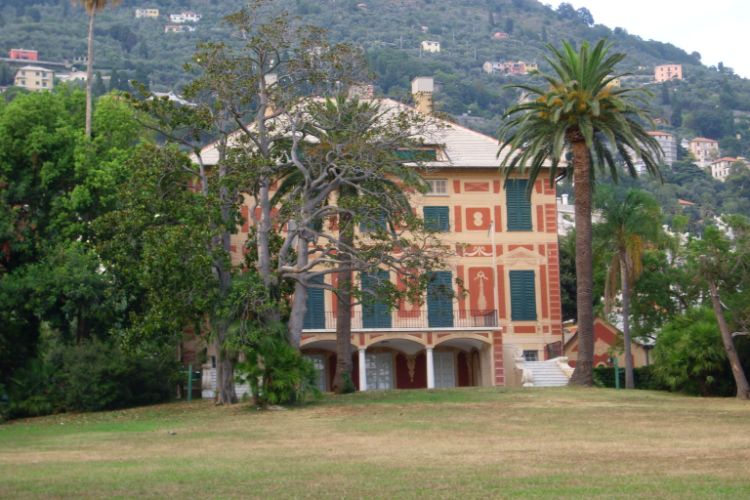
Raccolte Frugone
GenoaRaccolte Frugone is a museum in Genoa that is part of the Nervi polo. The museum is housed in Villa Grimaldi Fassio, inside the municipal park of the Genoa delegation. The collection of the museum includes the collections that were donated by the brothers Luigi and Lazzaro Gio Batta Frugone in 1935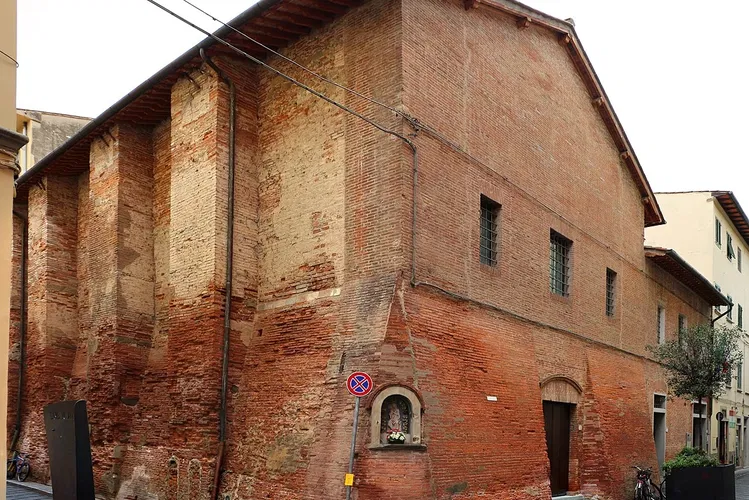
Glass Museum in Empoli
EmpoliThe Glass Museum of Empoli is situated in a historical building at 50 Ridolfi Street. This building, known as the 'salt warehouse', dates back to the 14th century and was originally used to store and distribute the product of the Volterra salt pans. This unique location adds a layer of historical significance to the museum, making it not just a place to learn about glassmaking, but also a site of historical interest.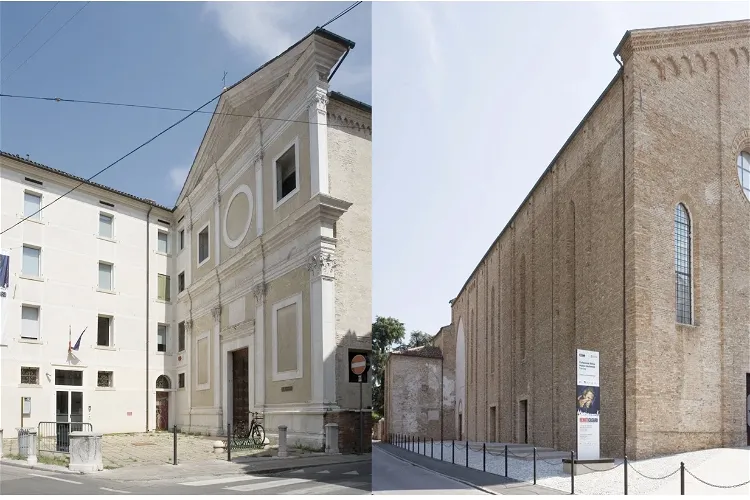
Museo Nazionale Collezione Salce
TrevisoThe Museo nazionale Collezione Salce, located in Treviso, is home to the largest collection of advertising graphics in Italy. This extensive collection was generously donated to the Italian state by Ferdinando Salce, a native of Treviso. The museum is a testament to Salce's lifelong passion for illustrated posters and his dedication to collecting them.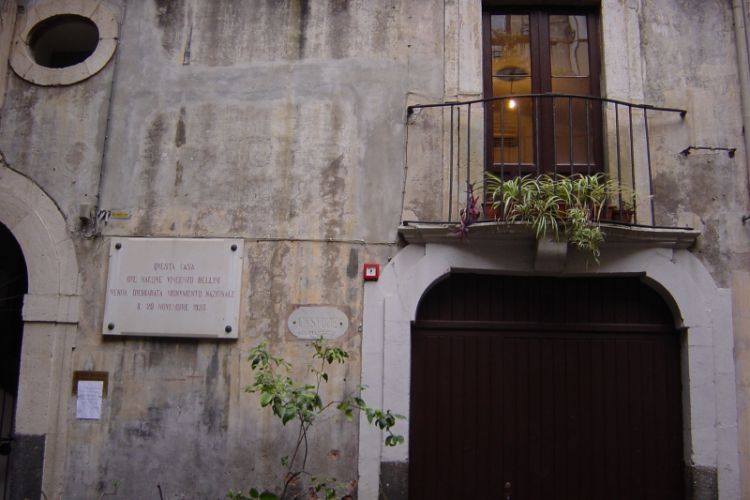
Museo Belliniano
CataniaThe Museo Belliniano (The Bellini Civic Museum) is a museum in Catania, housed in the rooms on the first floor of Palazzo Gravina Cruyllas, together with the Emilio Greco Museum (Museo Emilio Greco). The museum occupies the house where the composer Vincenzo Bellini was born on 3 November 1801 and sp